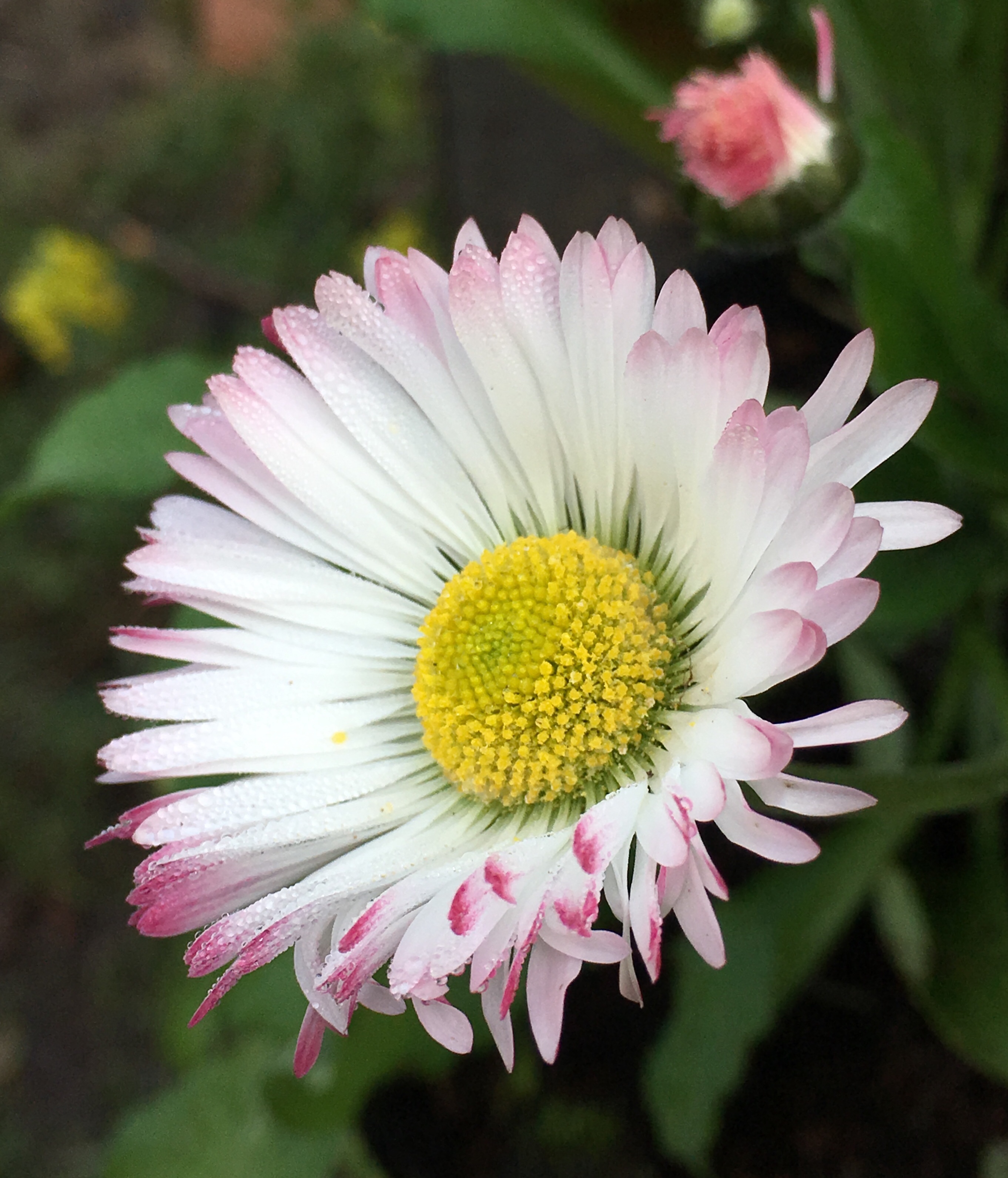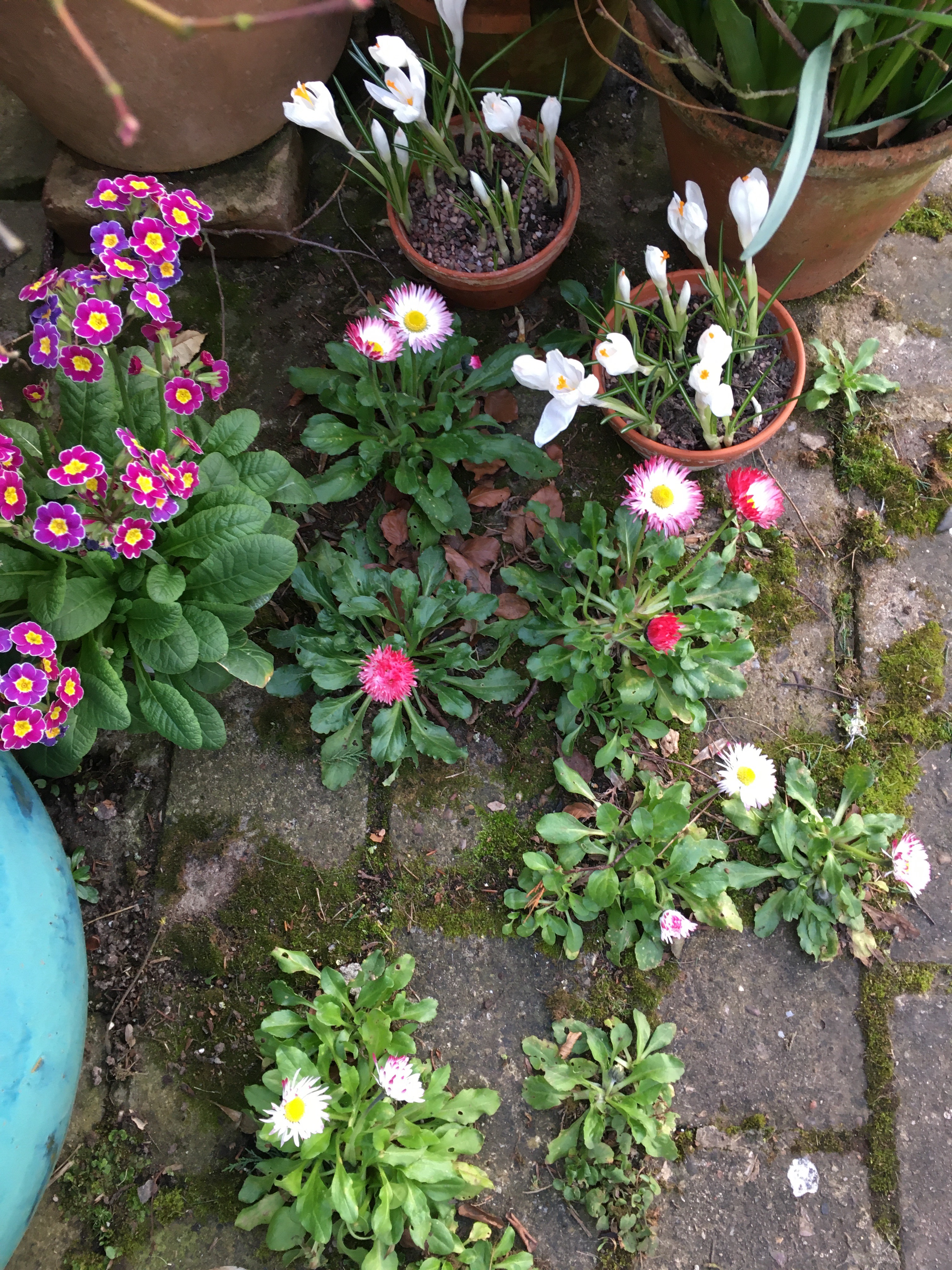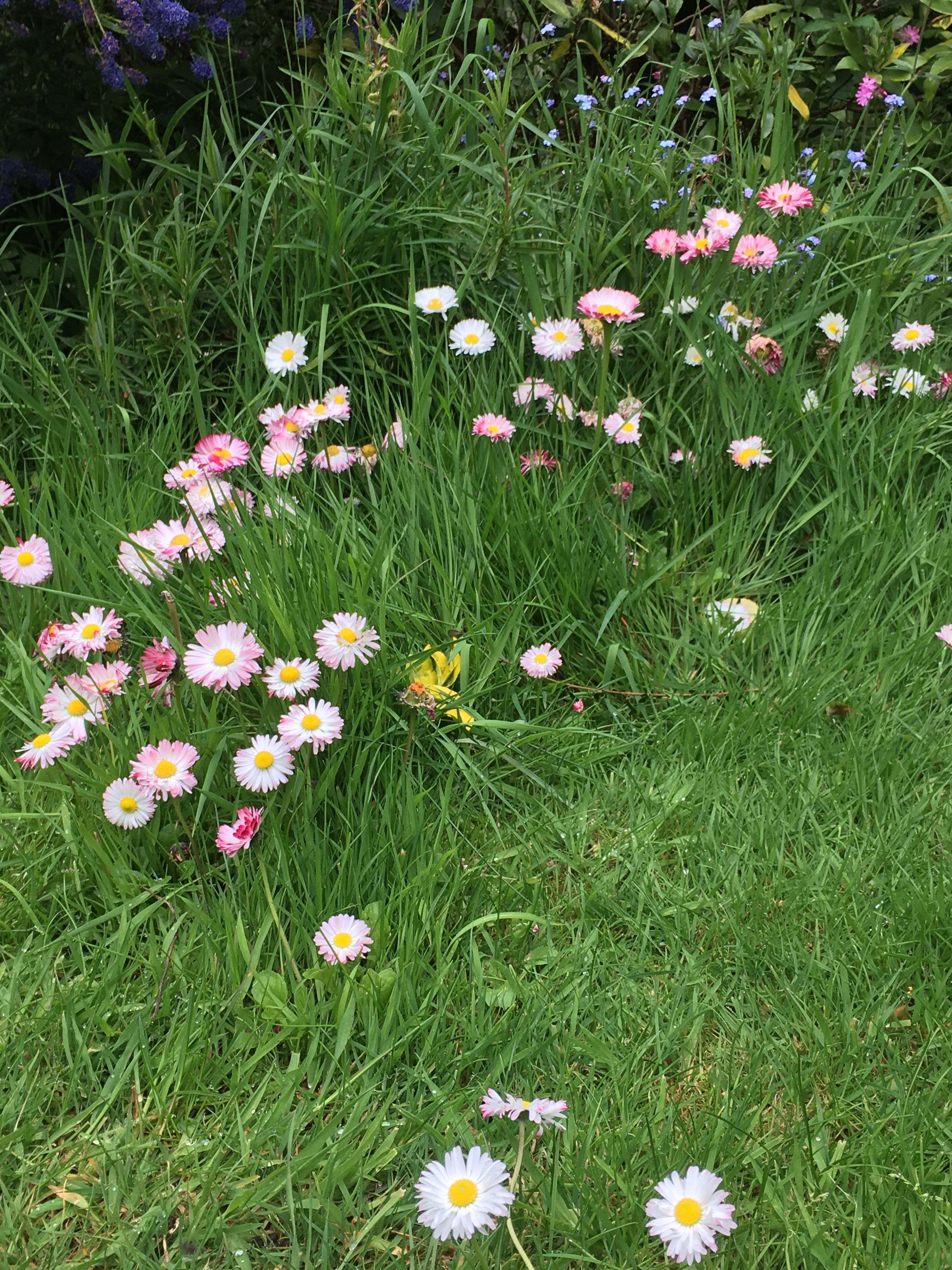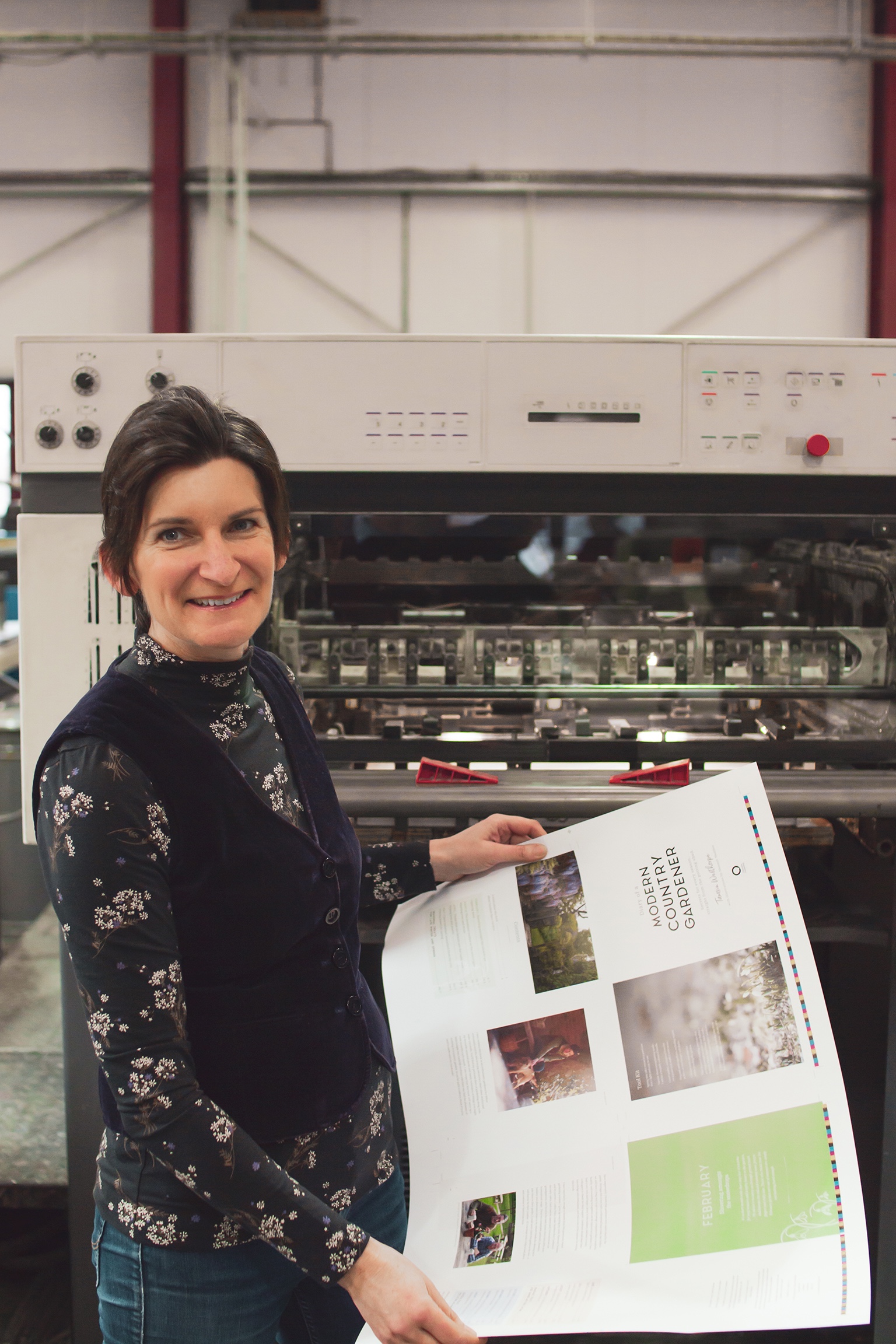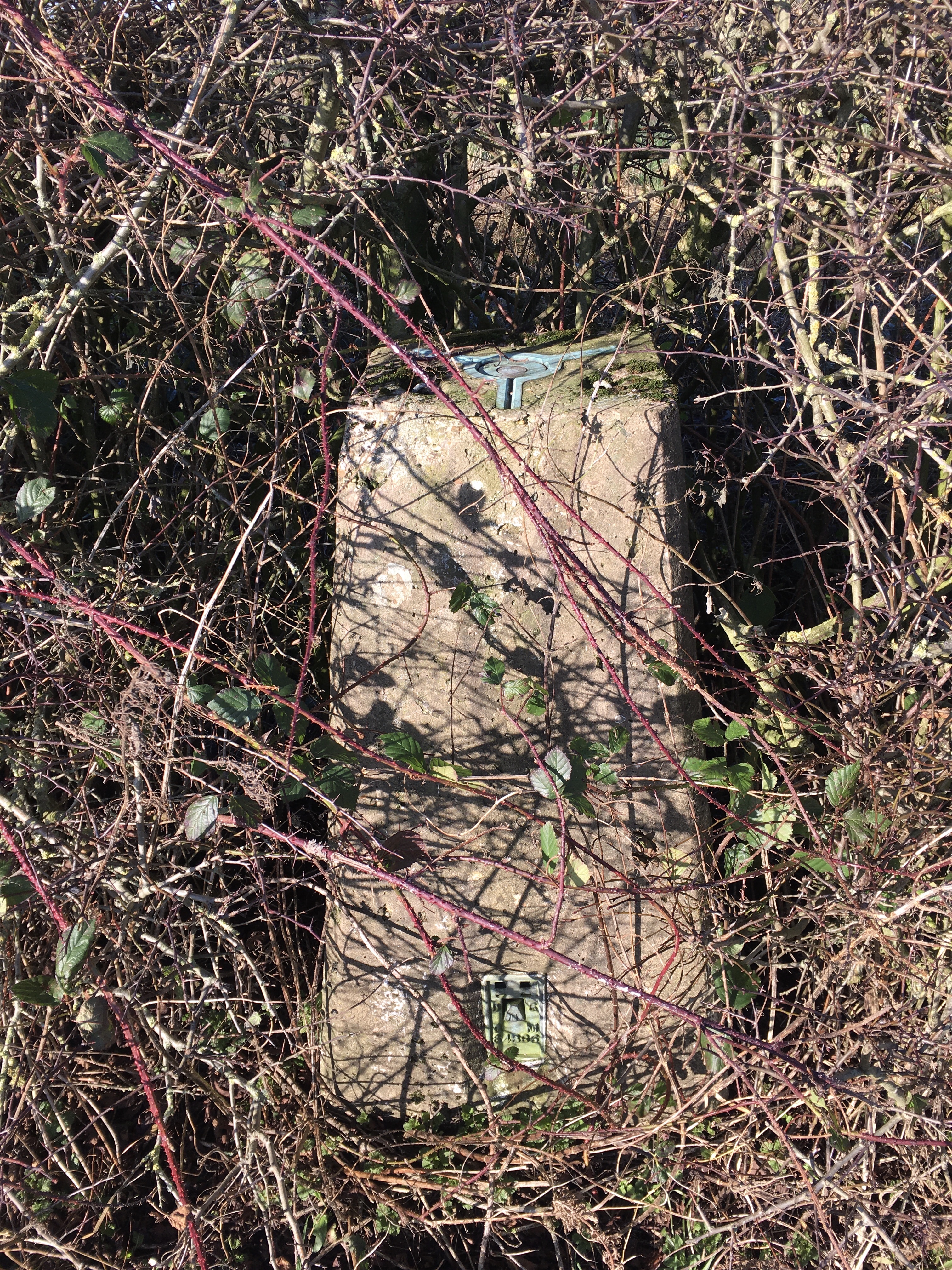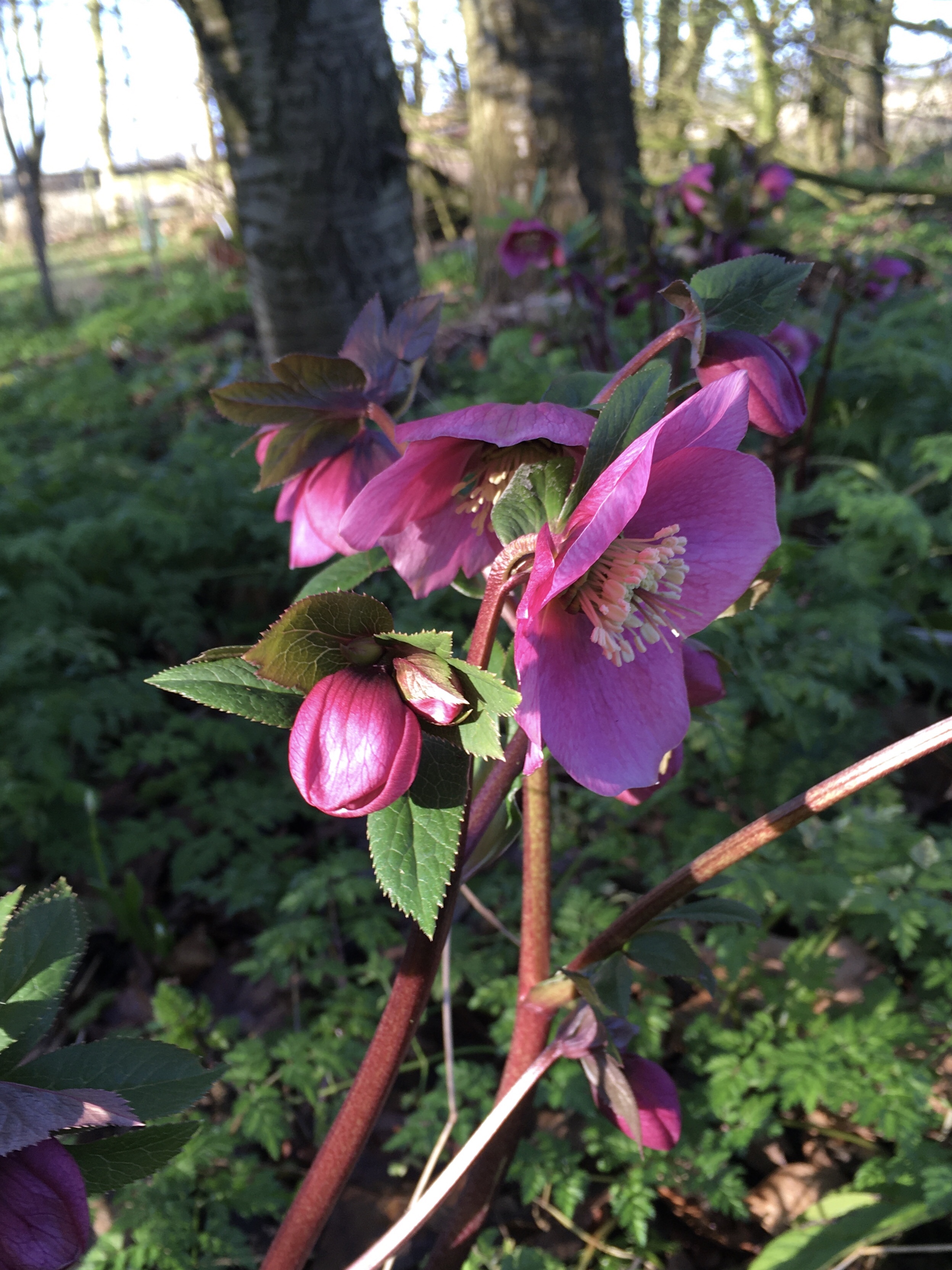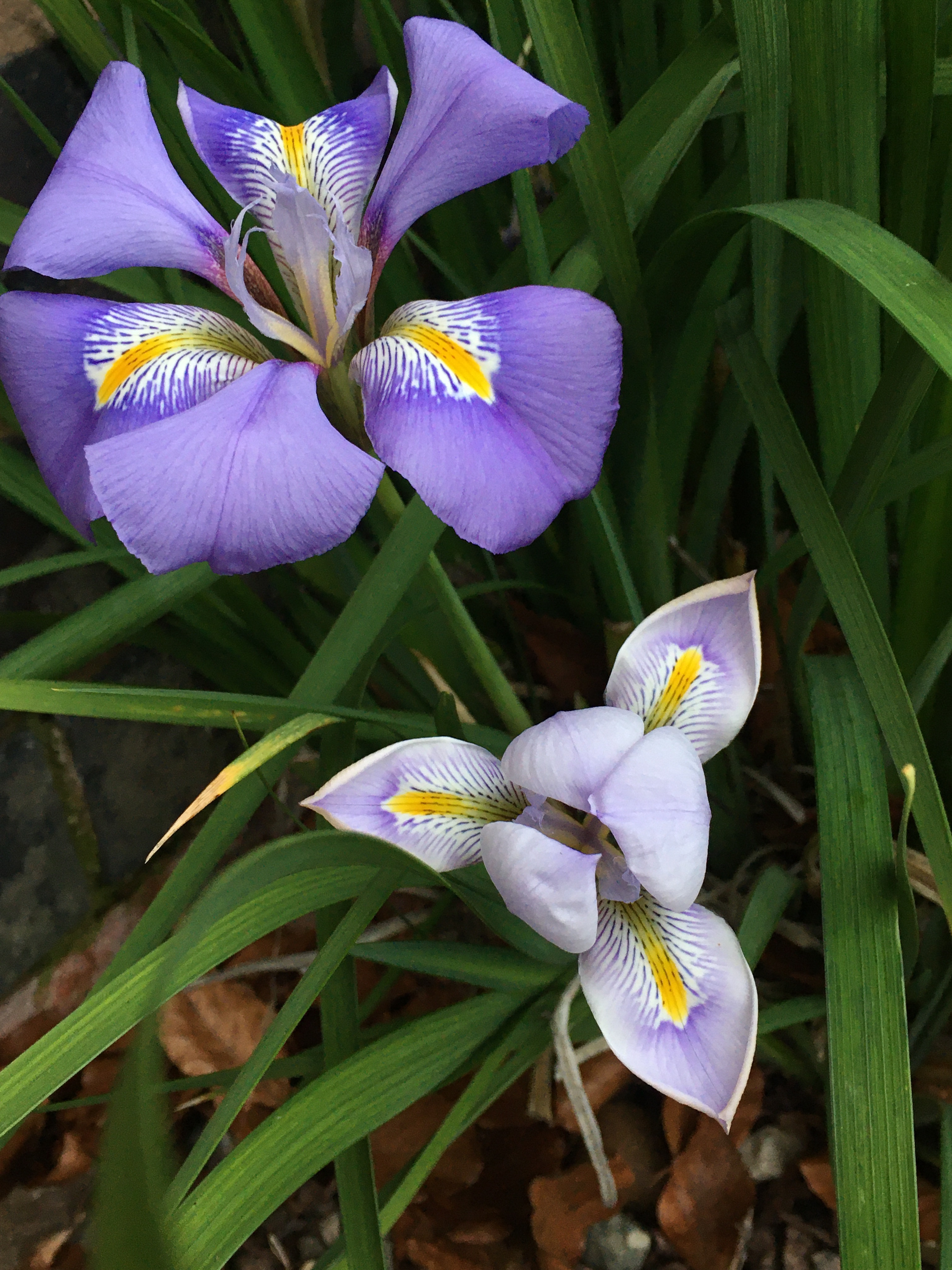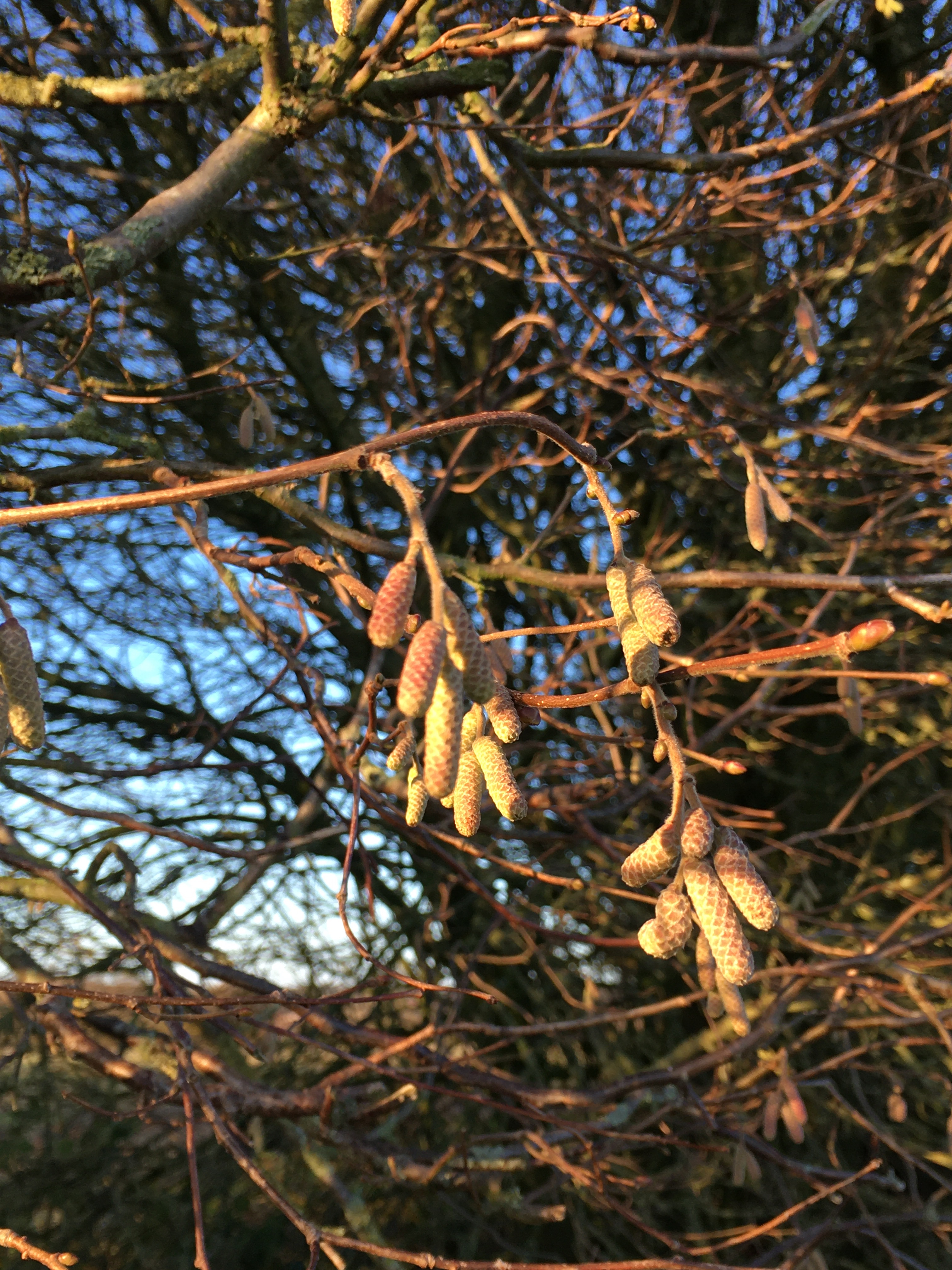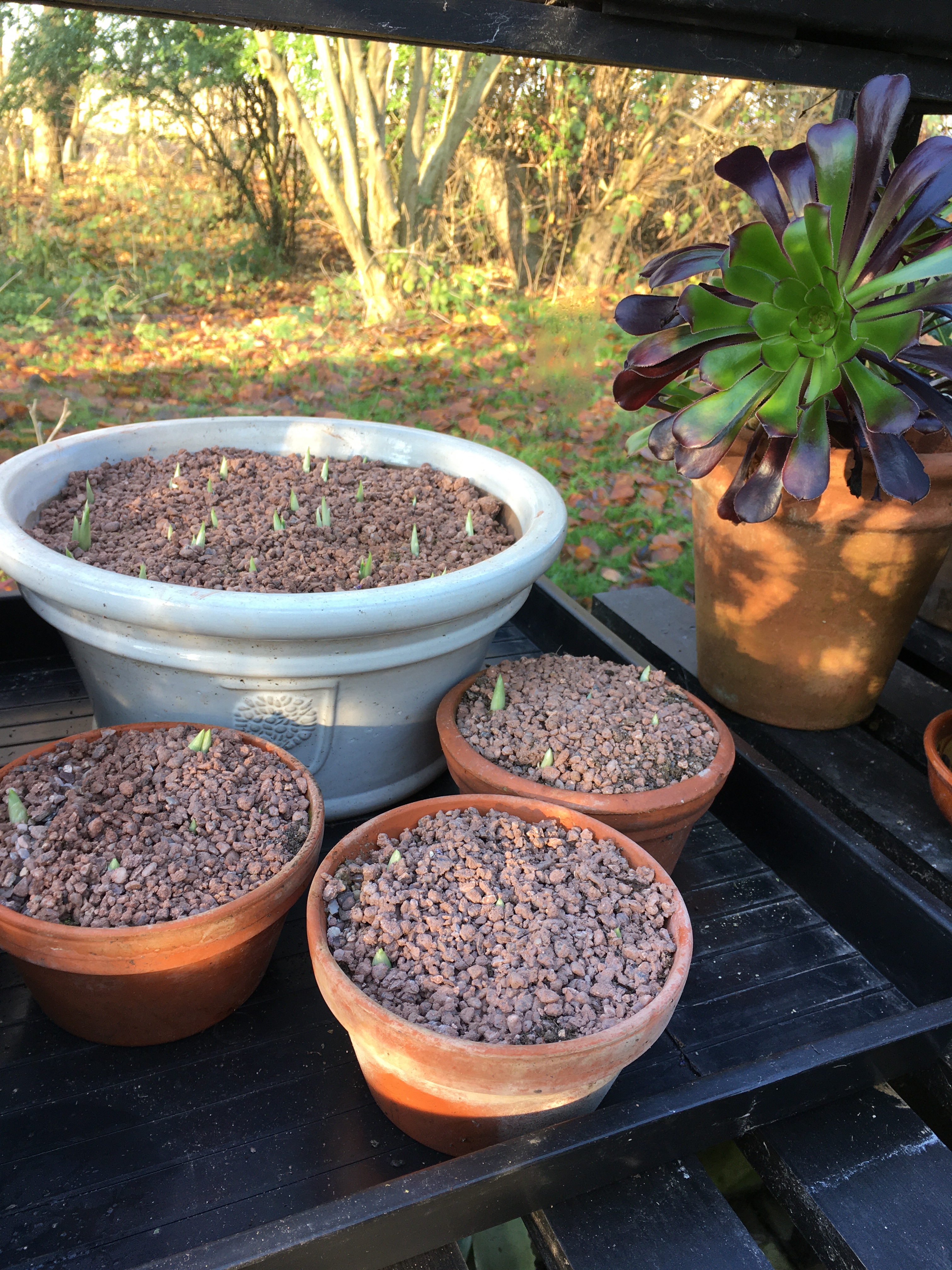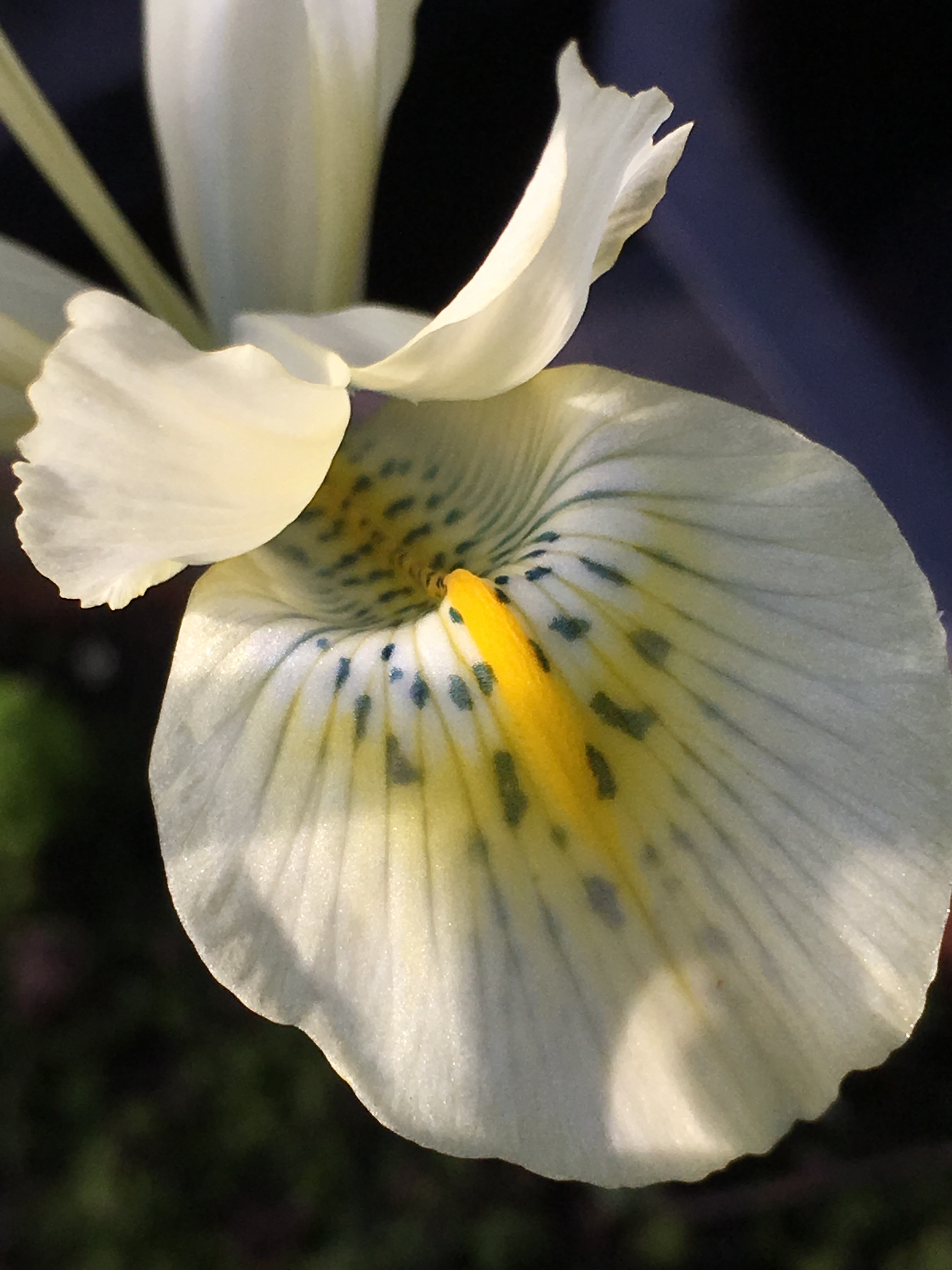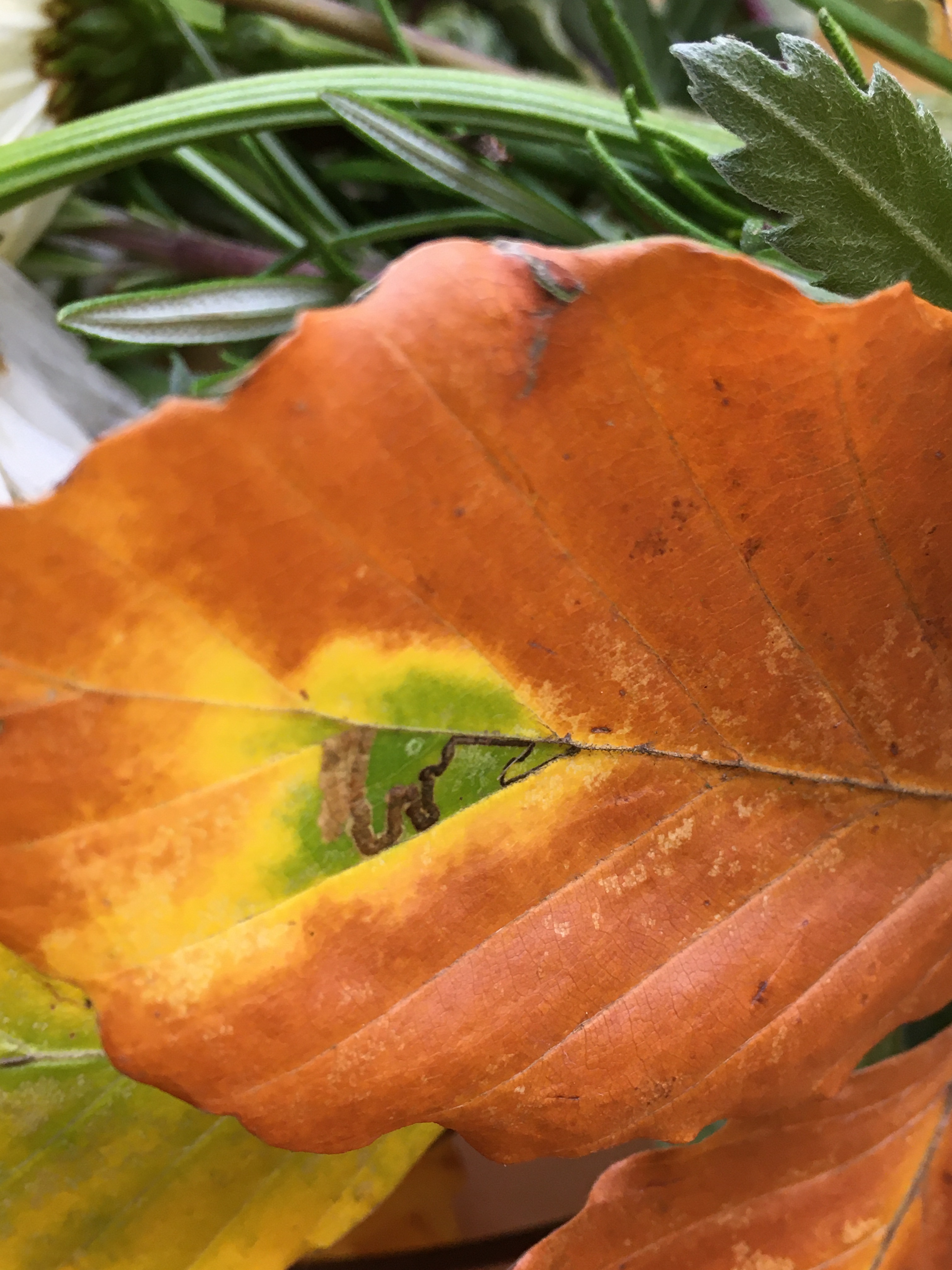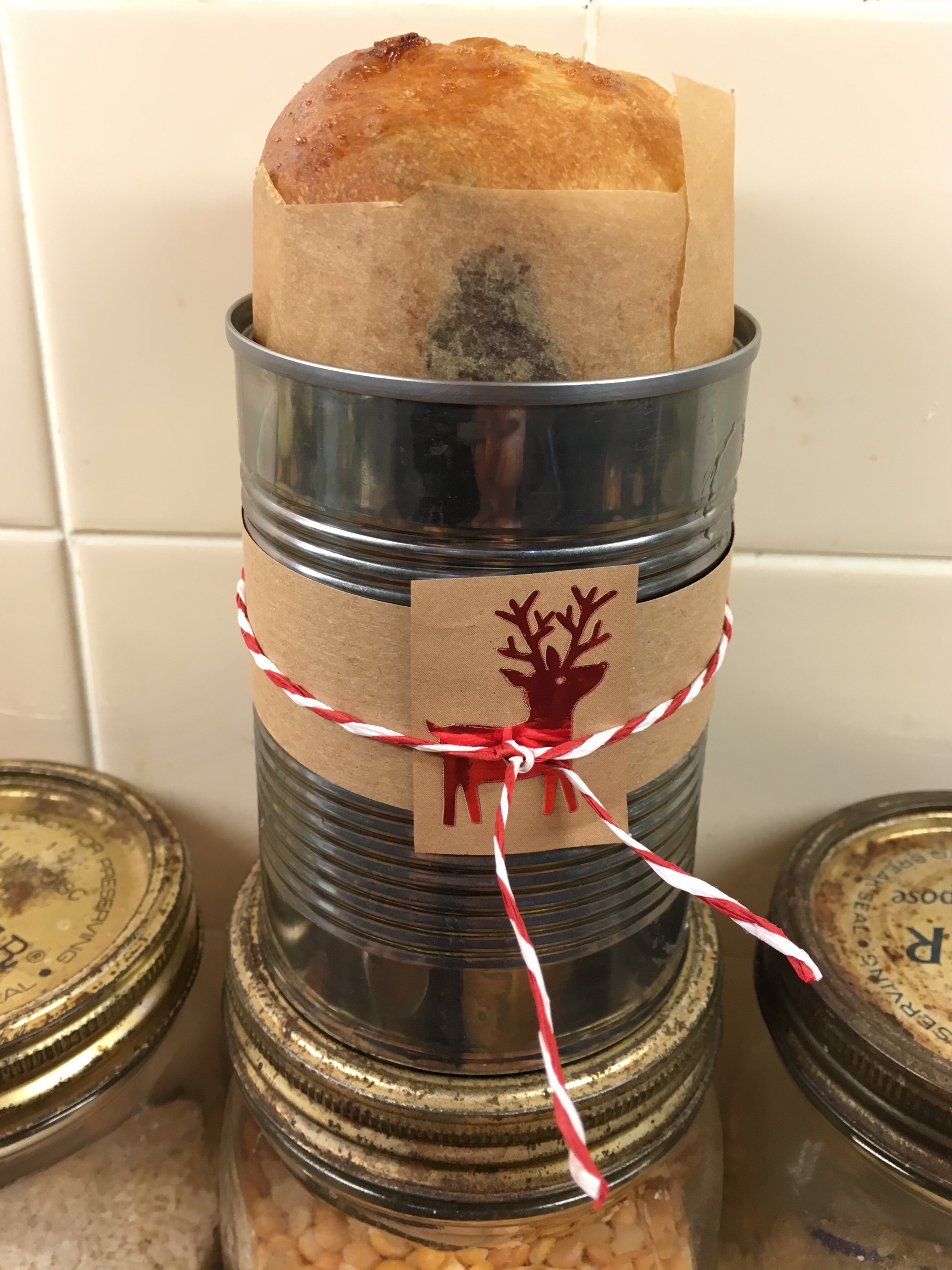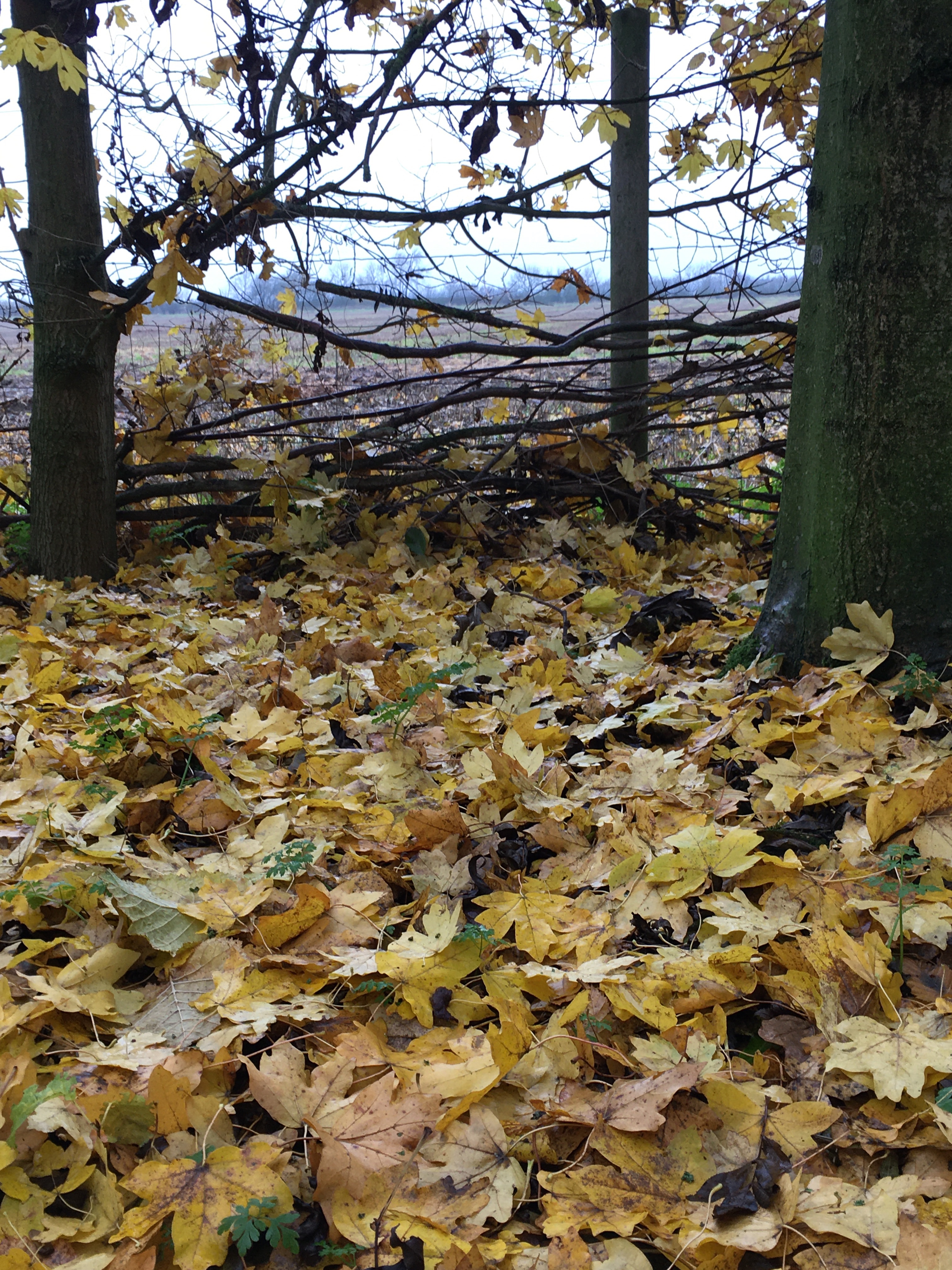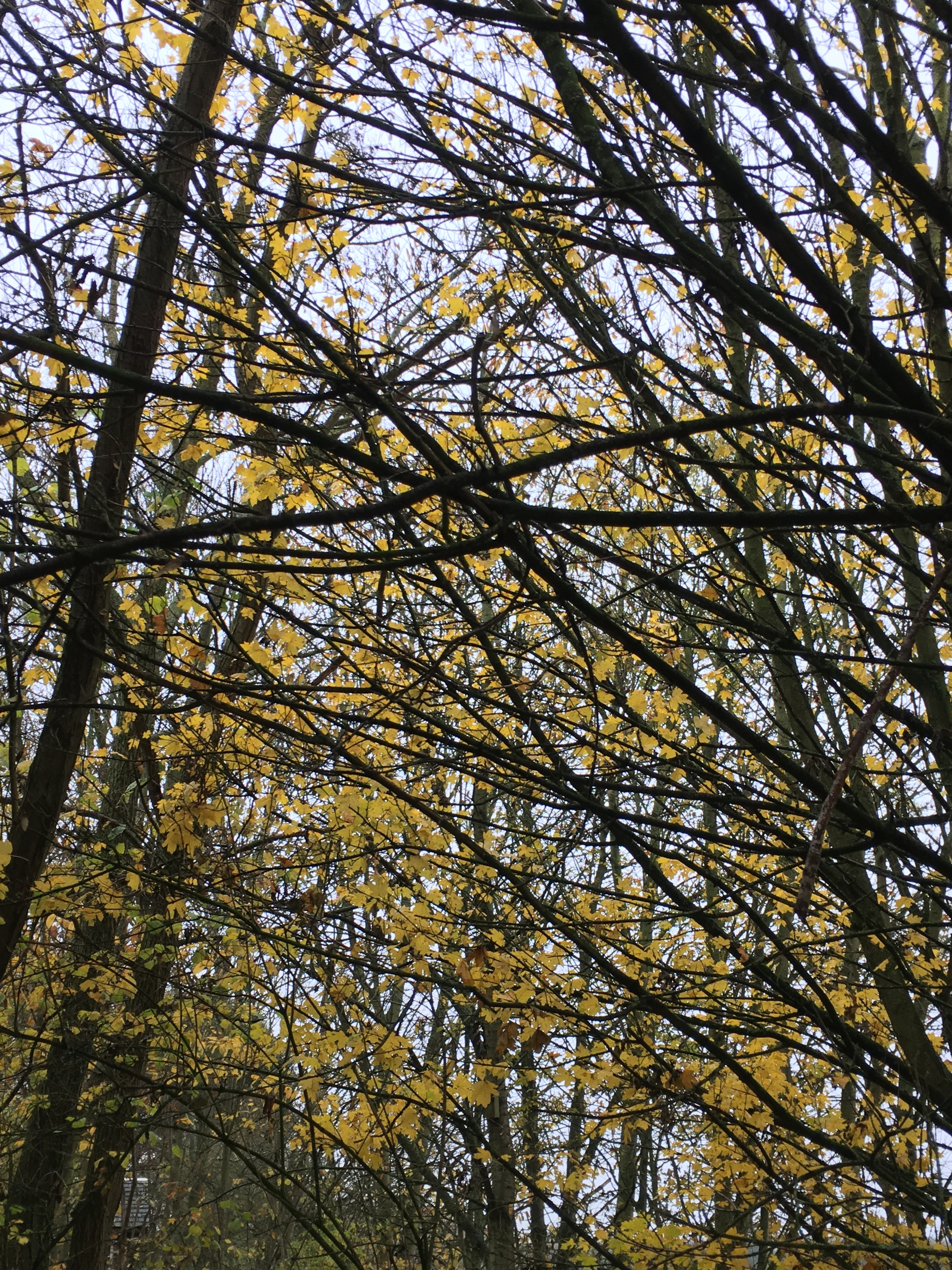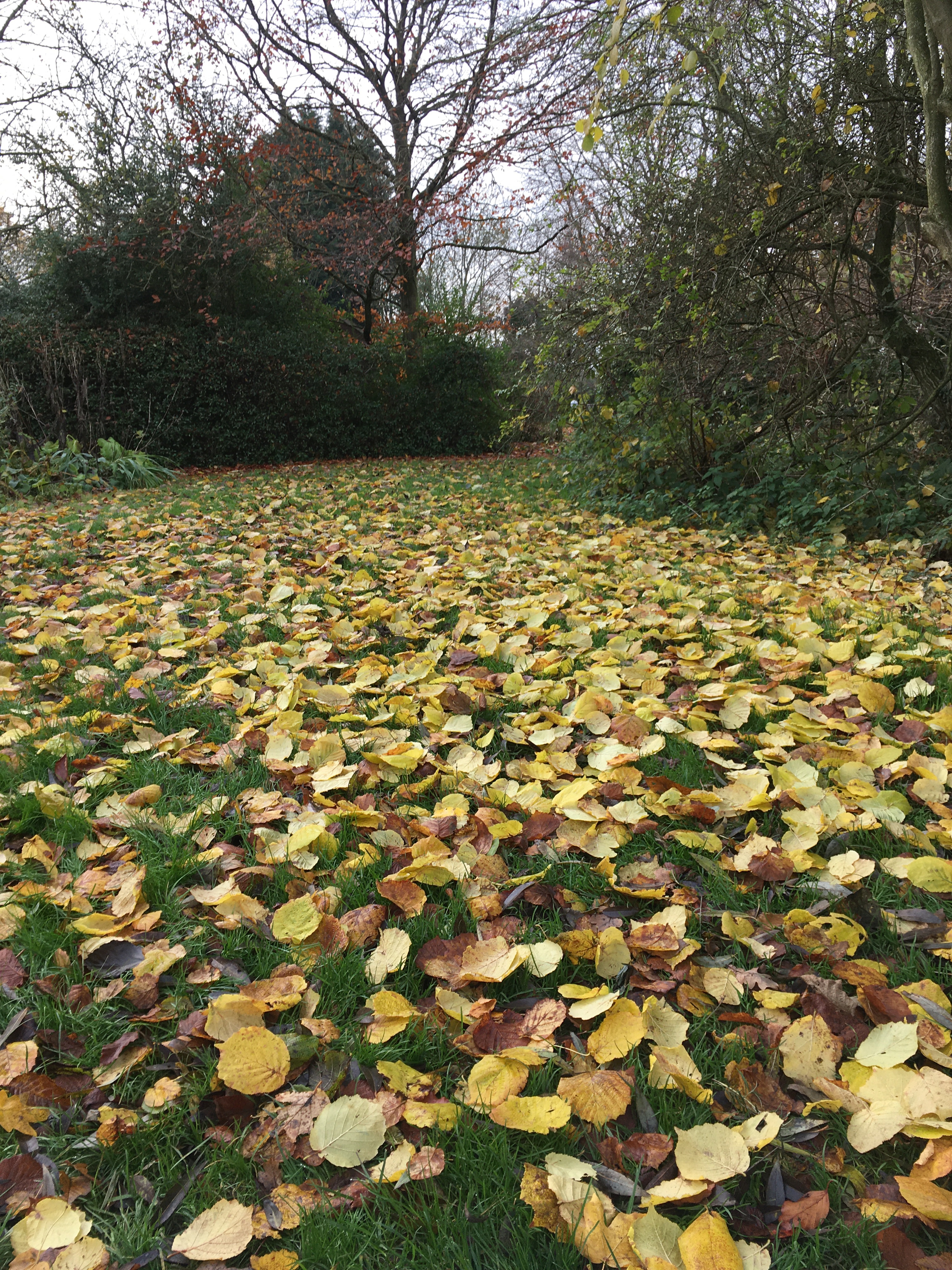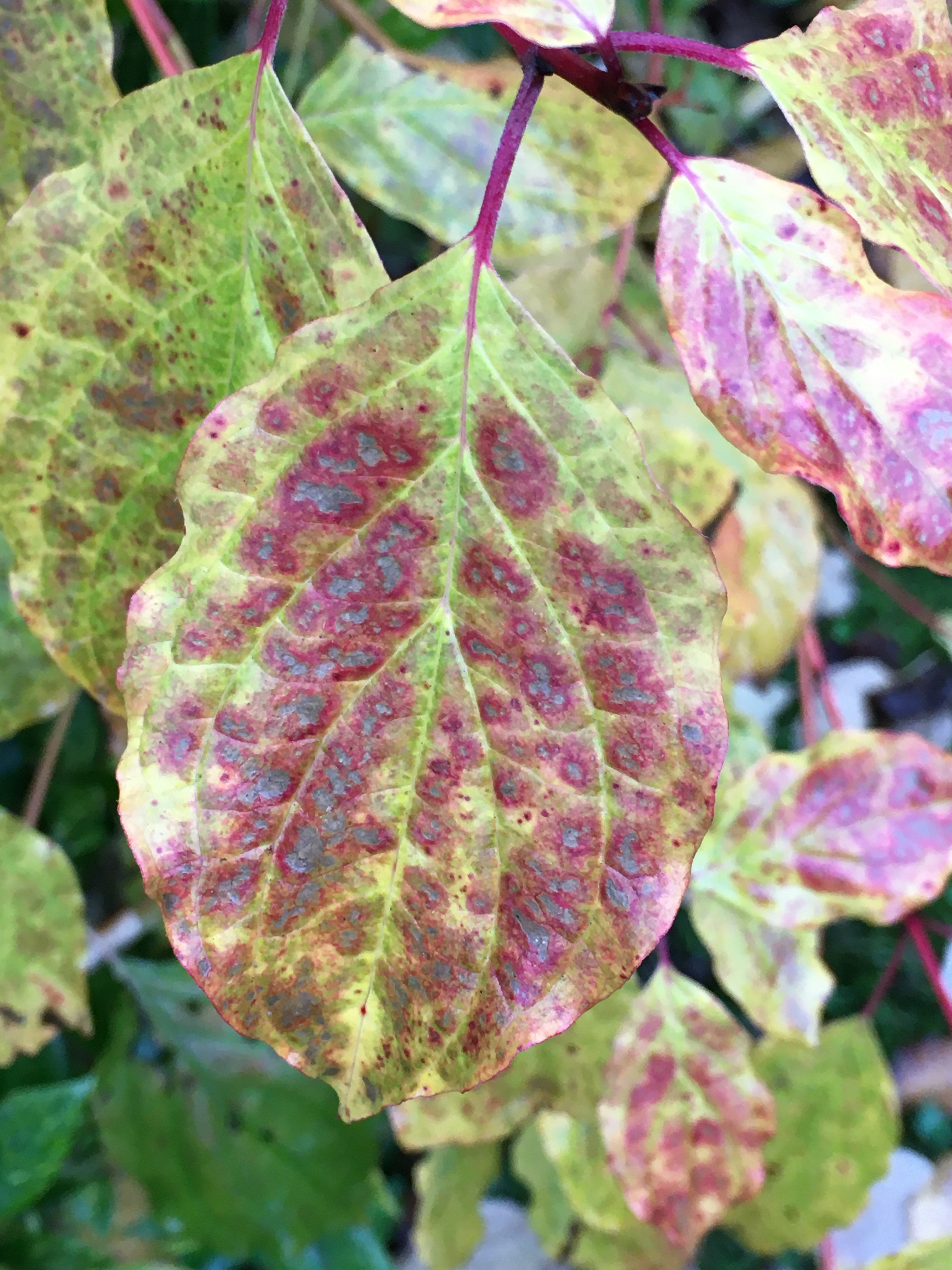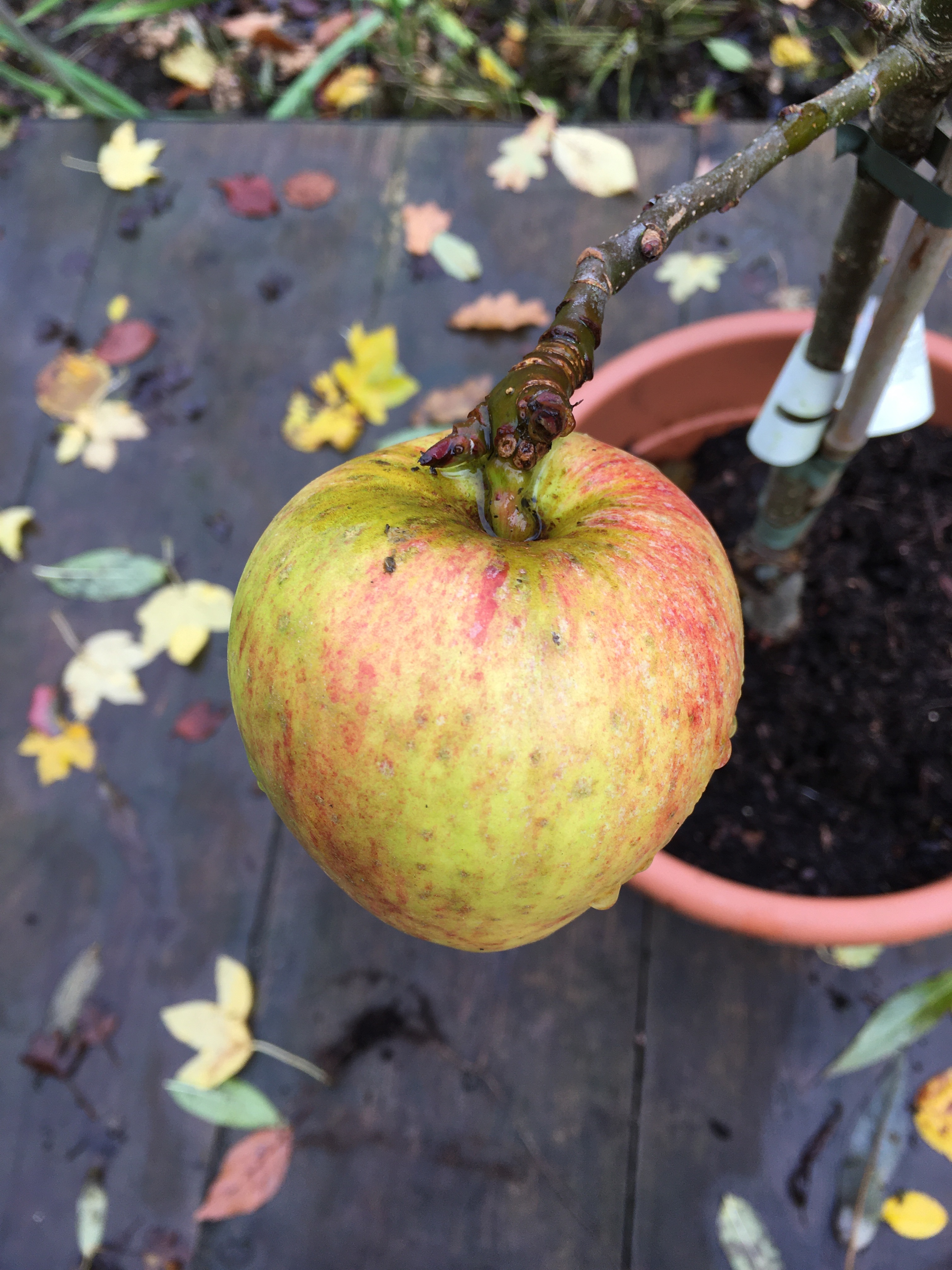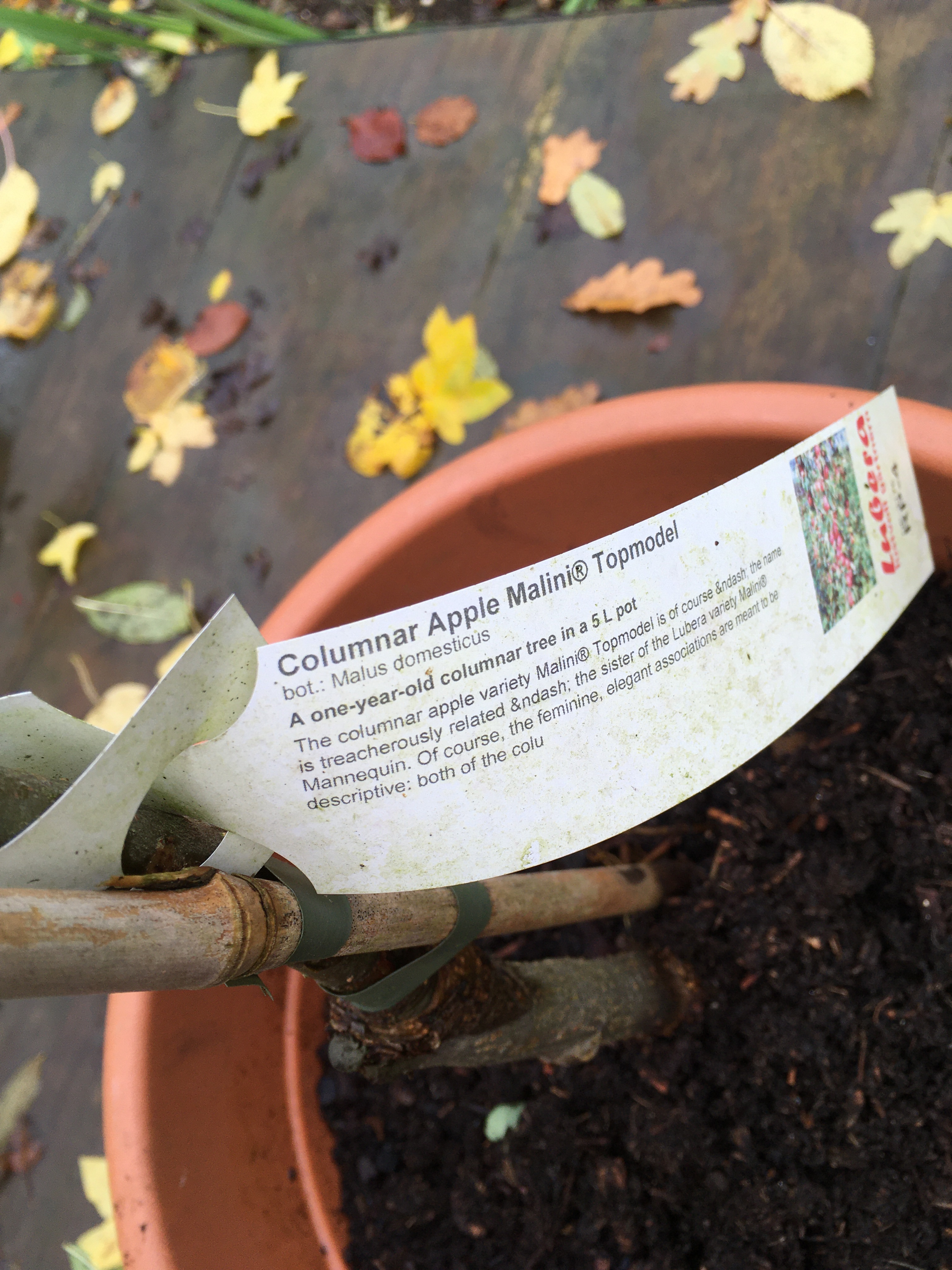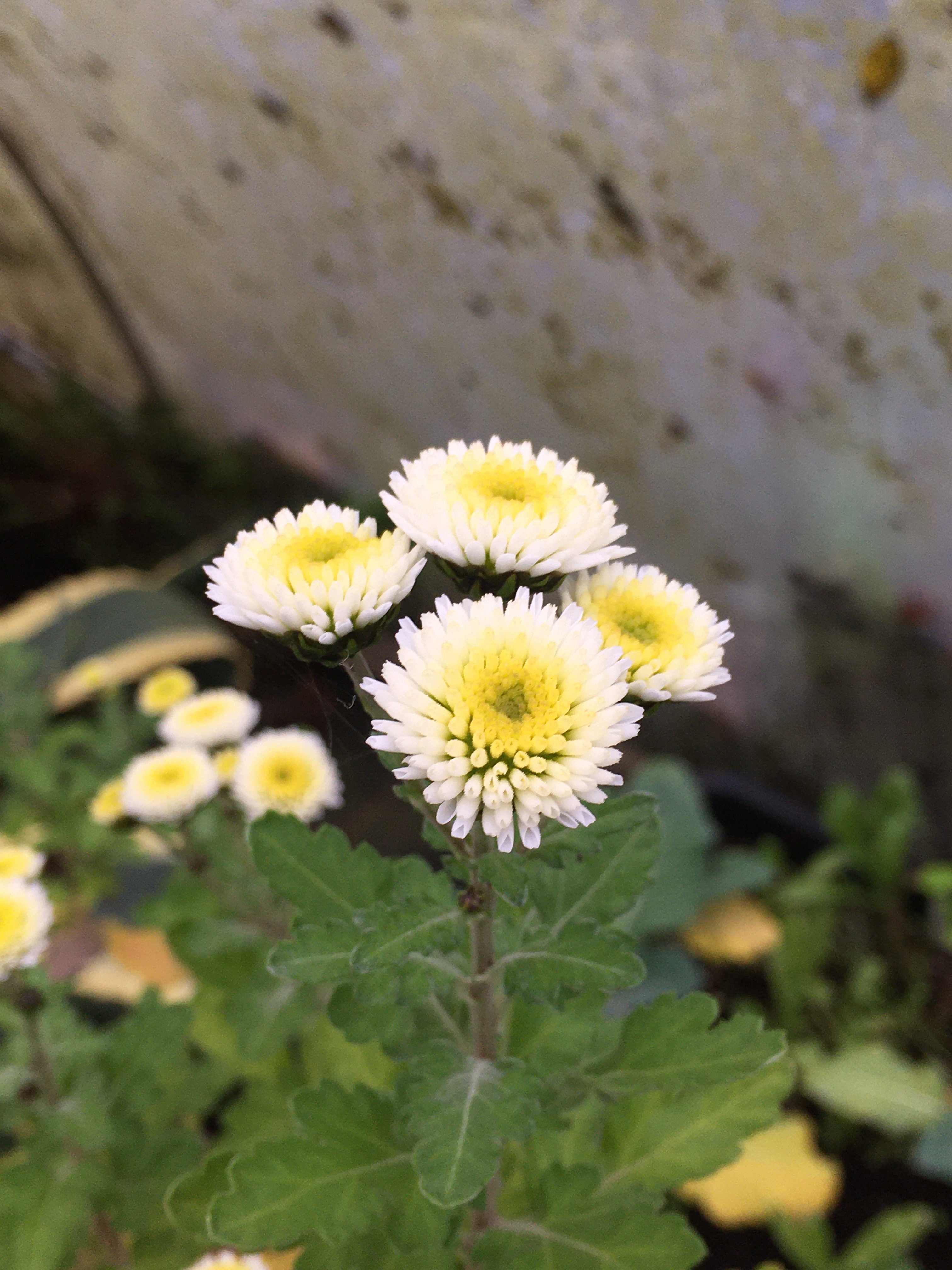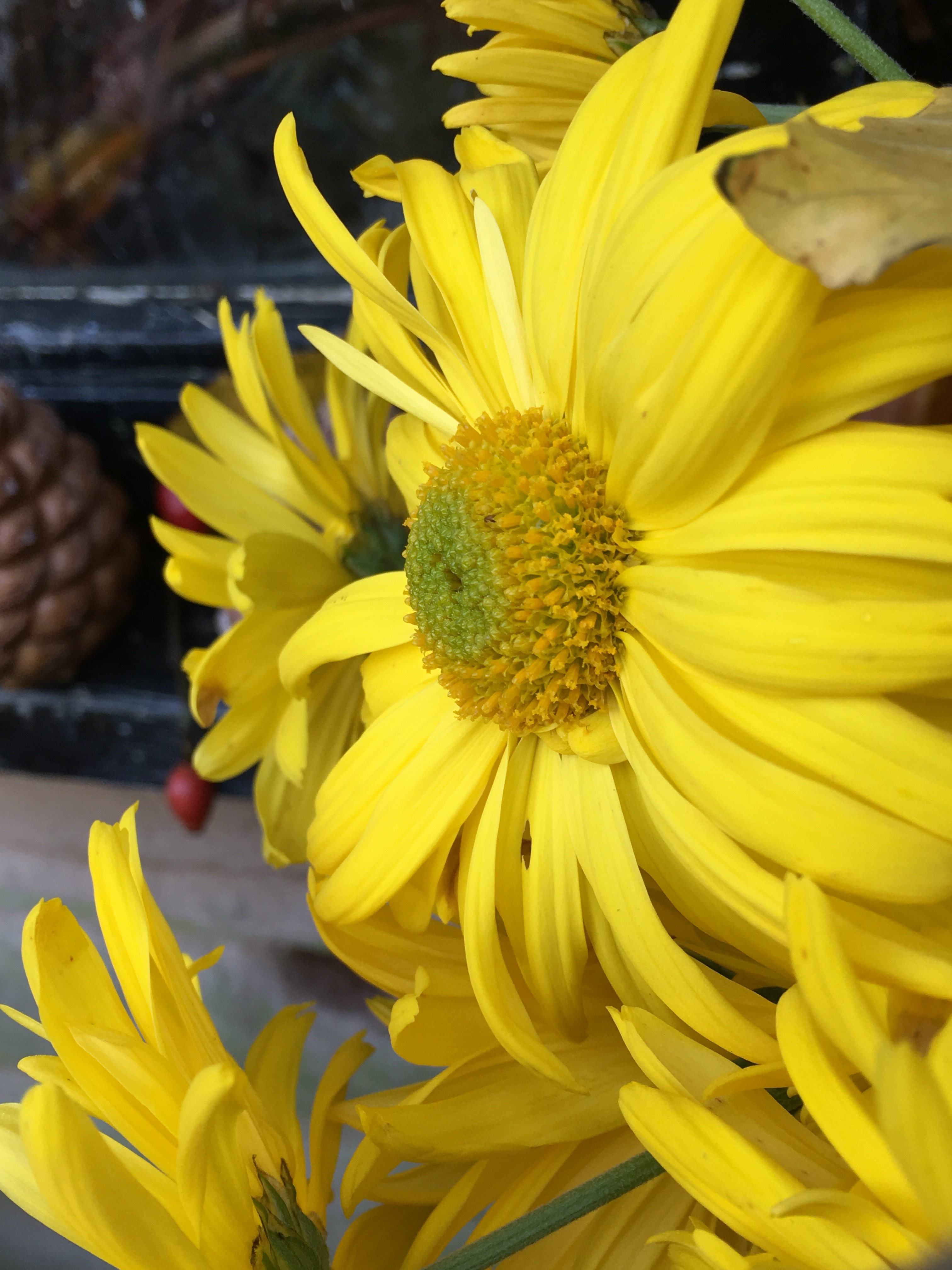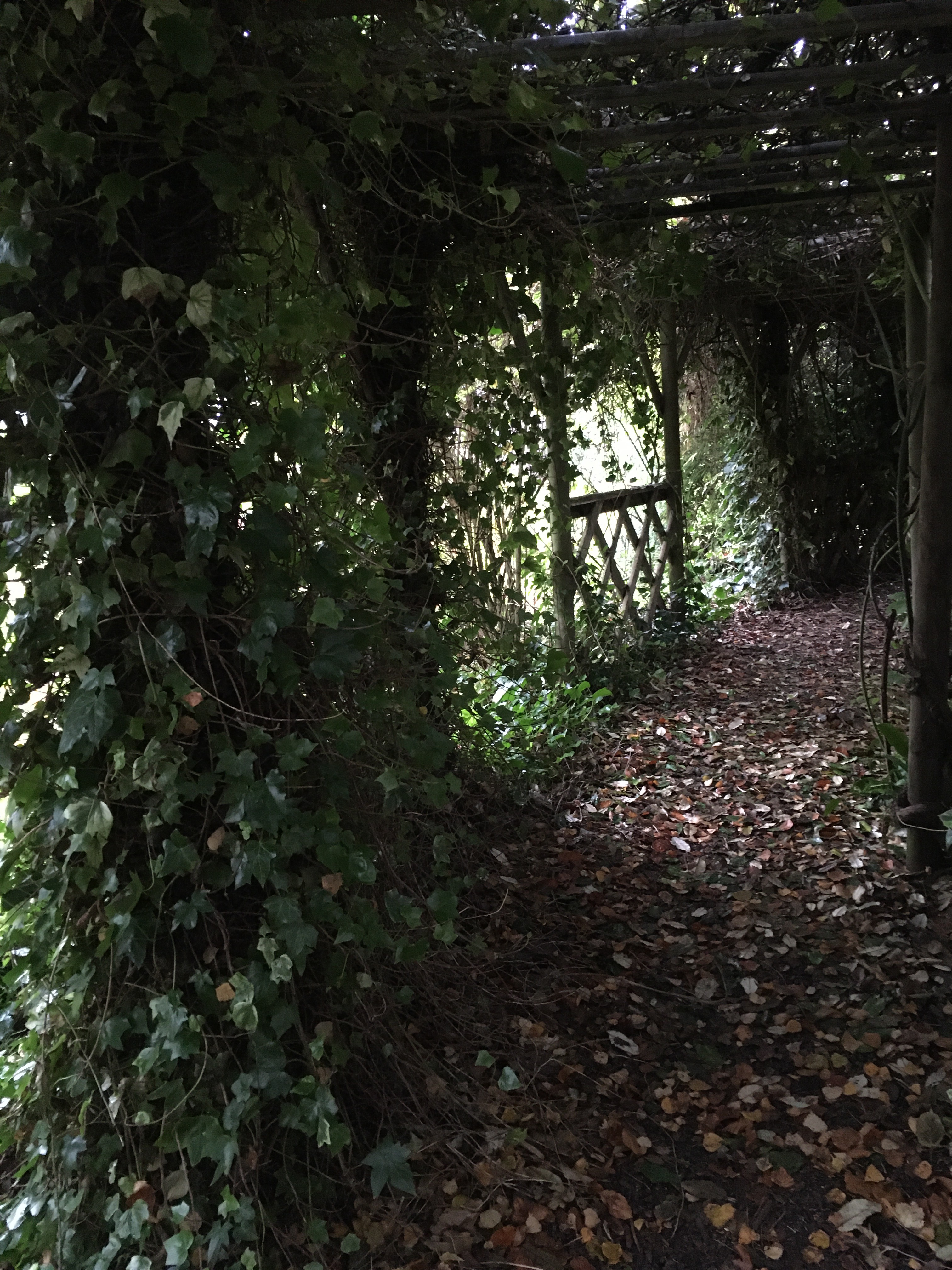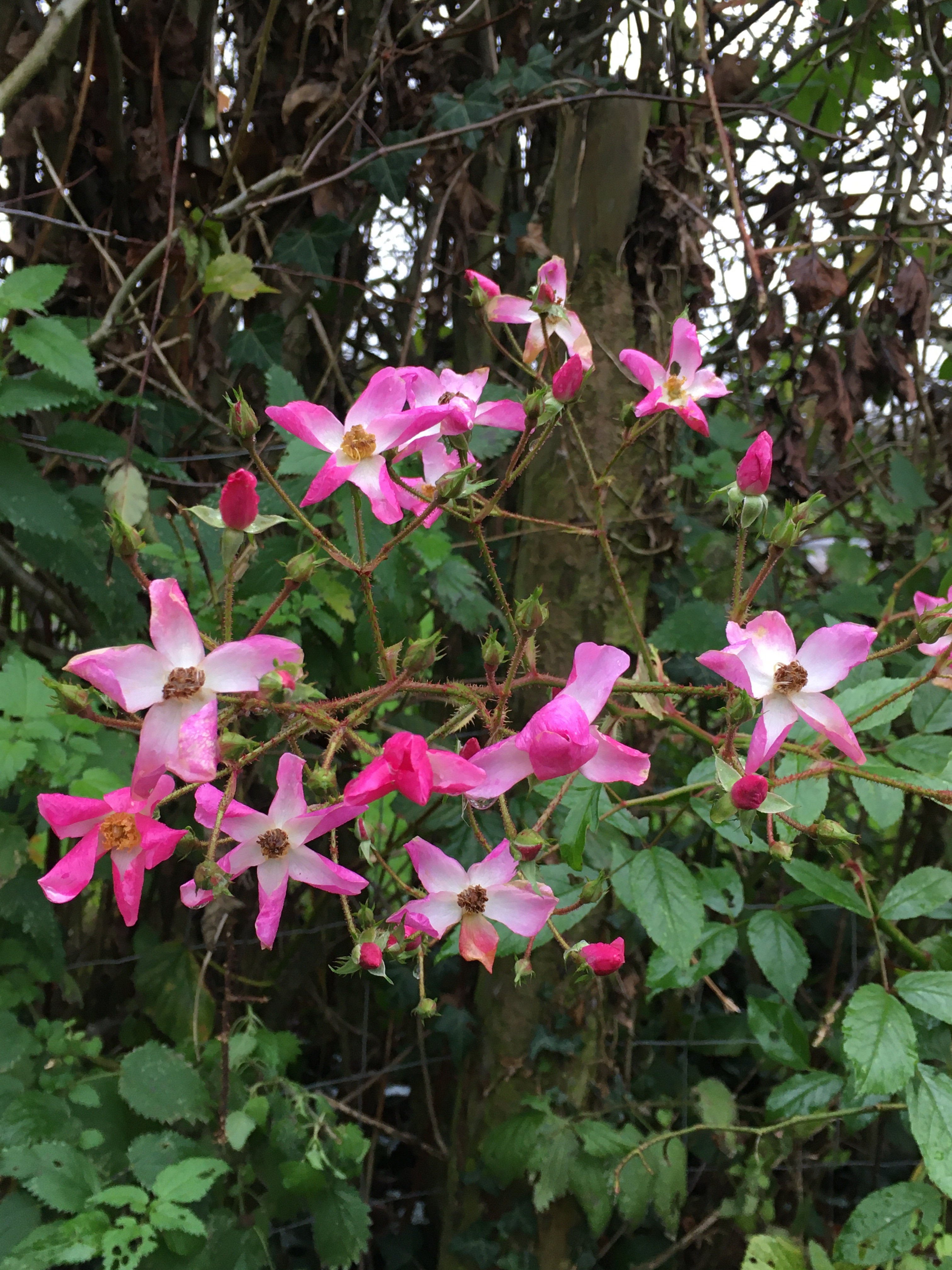Just a few of my favourite things. Send vouchers if you can’t get deliveries in time. After the 12 months we have had, I’m looking through and choosing a few items for myself. But I think we all deserve a treat or two. Don’t you agree?
Feel free to add your favourites in the comments below, and I’ll add them too. I’ve not been paid to recommend anything. Views, as usual, are my own. Keep this list handy all year round. I’ll be adding to it from time to time.
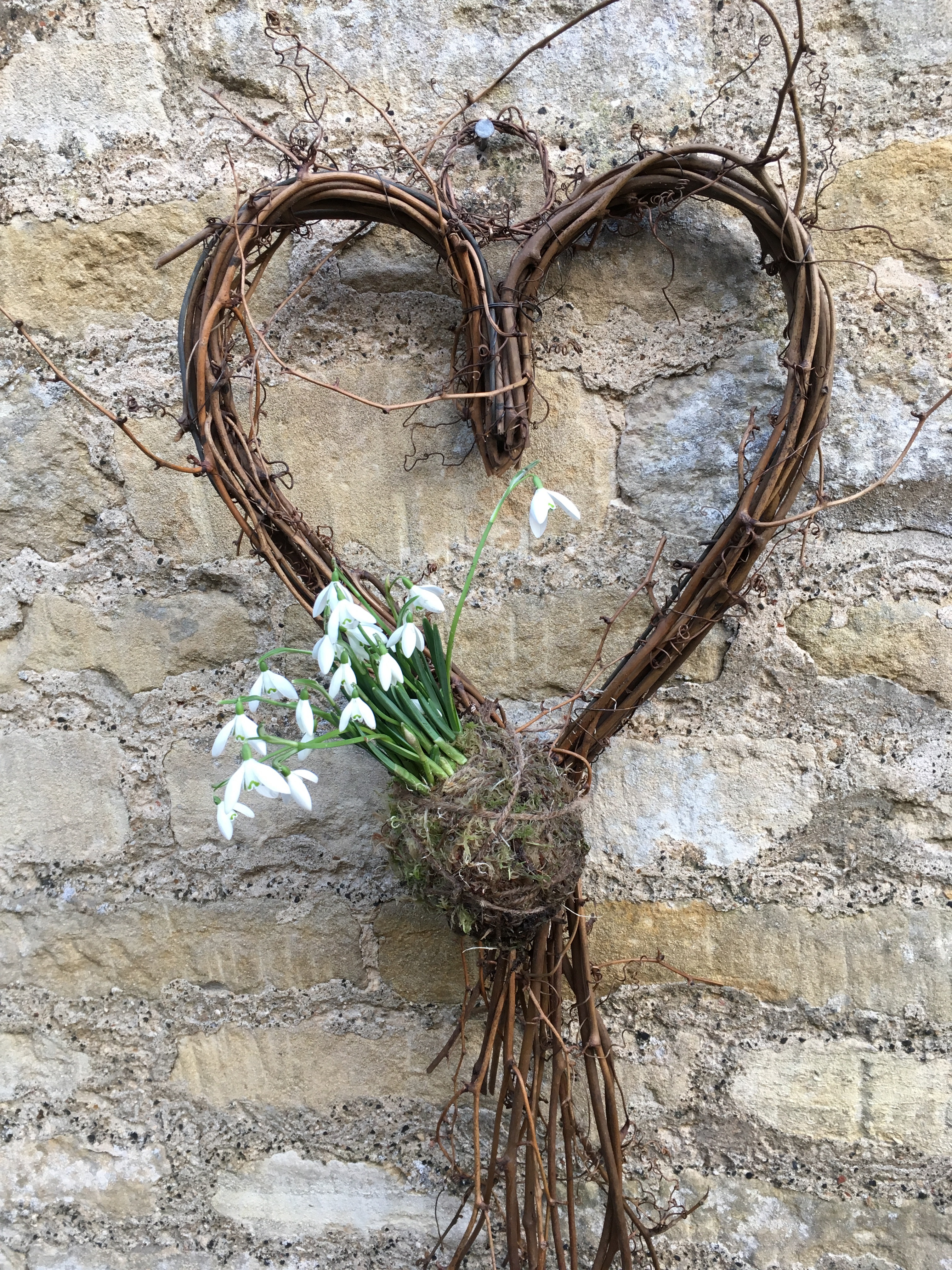
EASTON WALLED GARDENS
Easton Walled Gardens. Sells lovely little tins of sweet pea seed including heritage varieties, gardening gloves, twine, plant supports and all manner of gardening treats. There’s tickets for the snowdrop festival- or why not buy an annual pass. Worth more than one visit, all year round.
https://www.visiteaston.co.uk/shop
ORCHIDS
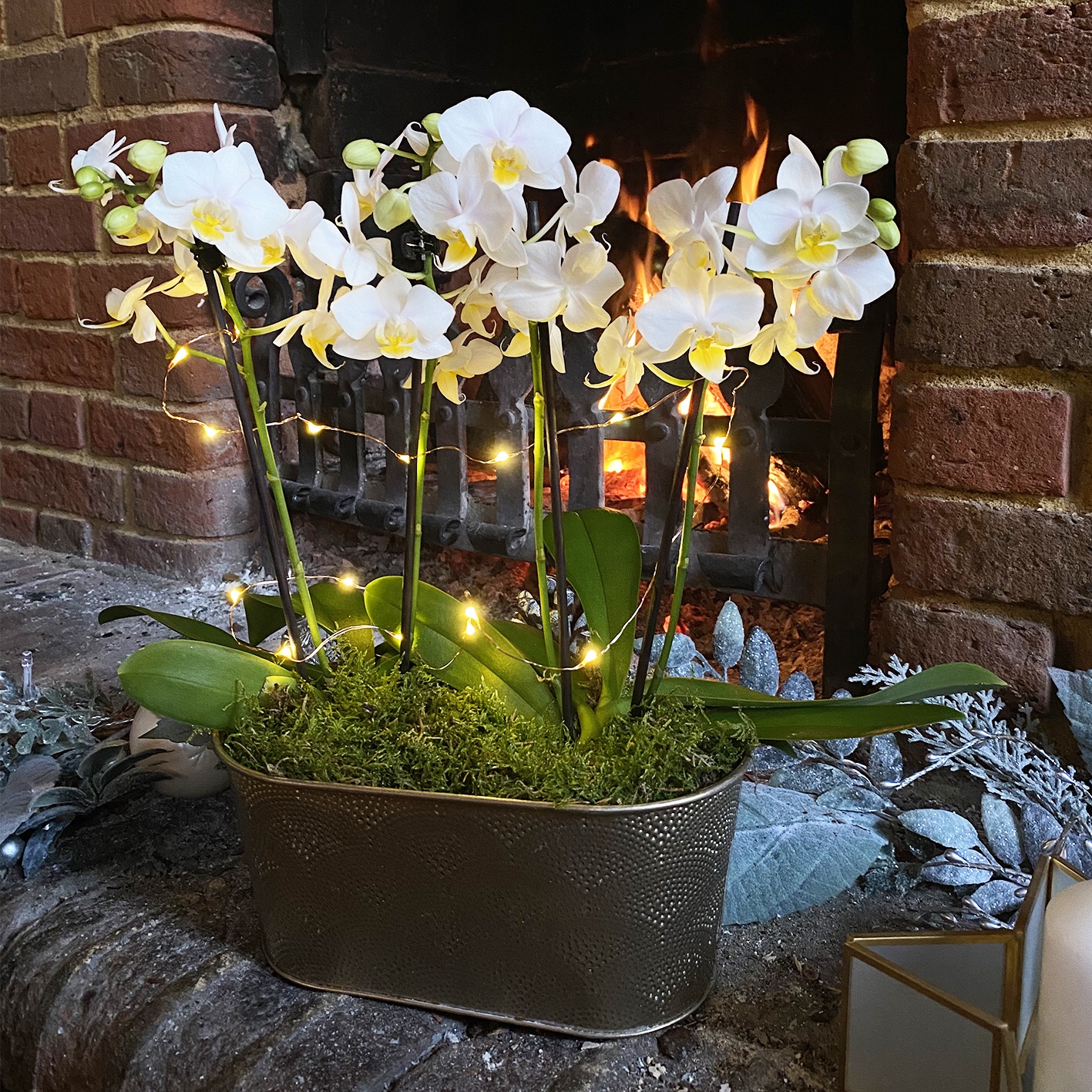
Orchids by post. High quality plants from the UK’s largest grower of phalaenopsis orchids. I like to support UK growers and these have proved to be reliable suppliers. Plants are well-grown and carefully packaged for posting. Beautifully displayed in glass vases and troughs.
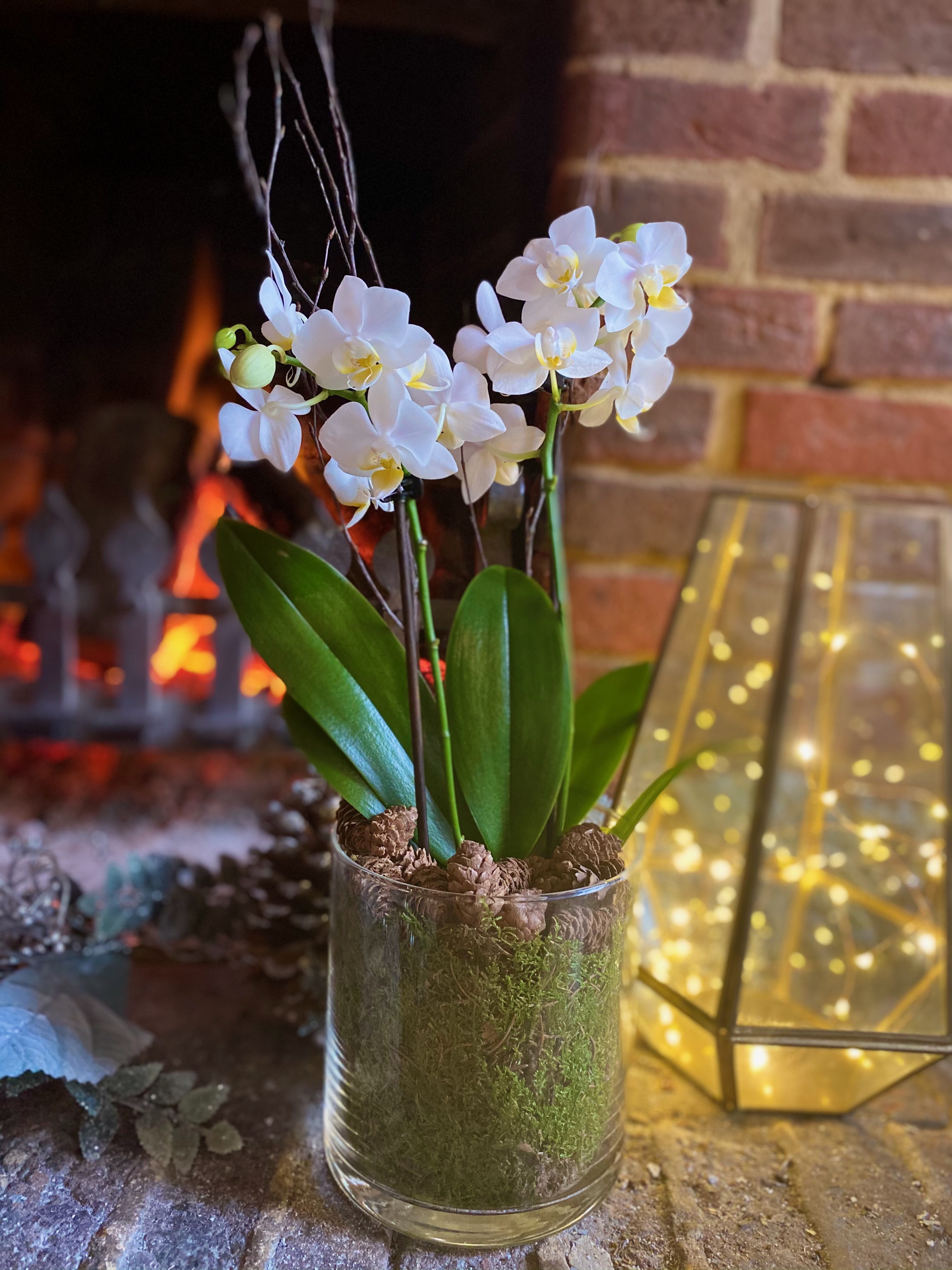
https://shop.loveorchids.co.uk/
PIPPA GREENWOOD
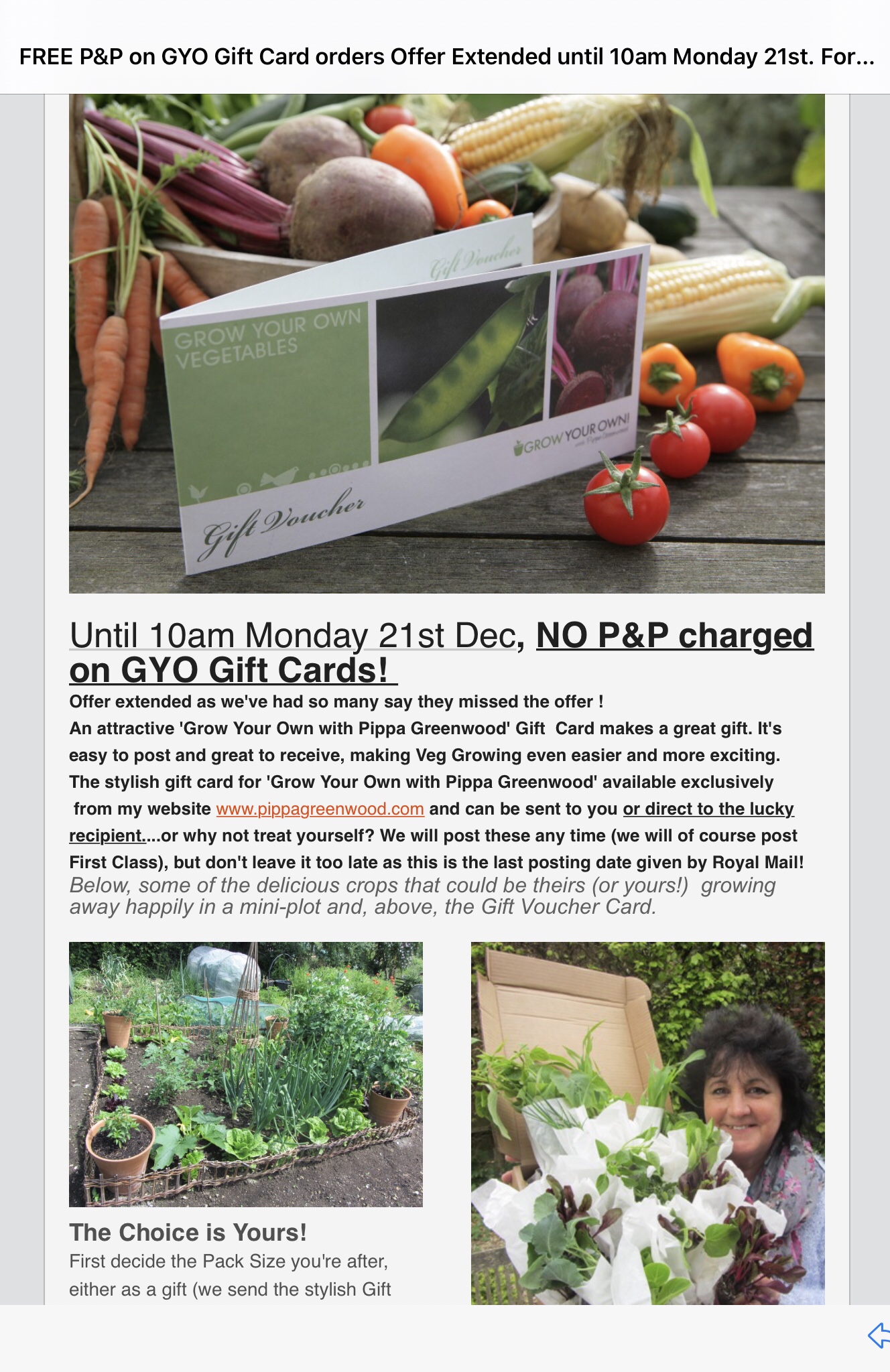
Why not buy a voucher for a veg patch- whatever size of plot you have. I’ve had plants from Pippa Greenwood before and they are beautifully fresh and well packaged. The best aspect of buying from Pippa is the e mail guides that accompany the kits giving expert hints and tips on getting the best out of your plants. Highly recommended. Good value.
https://pippagreenwood.com/product/grow-your-own-gift-card-pack-c/
GEORGIE NEWBERY FLOWERS AND COURSES
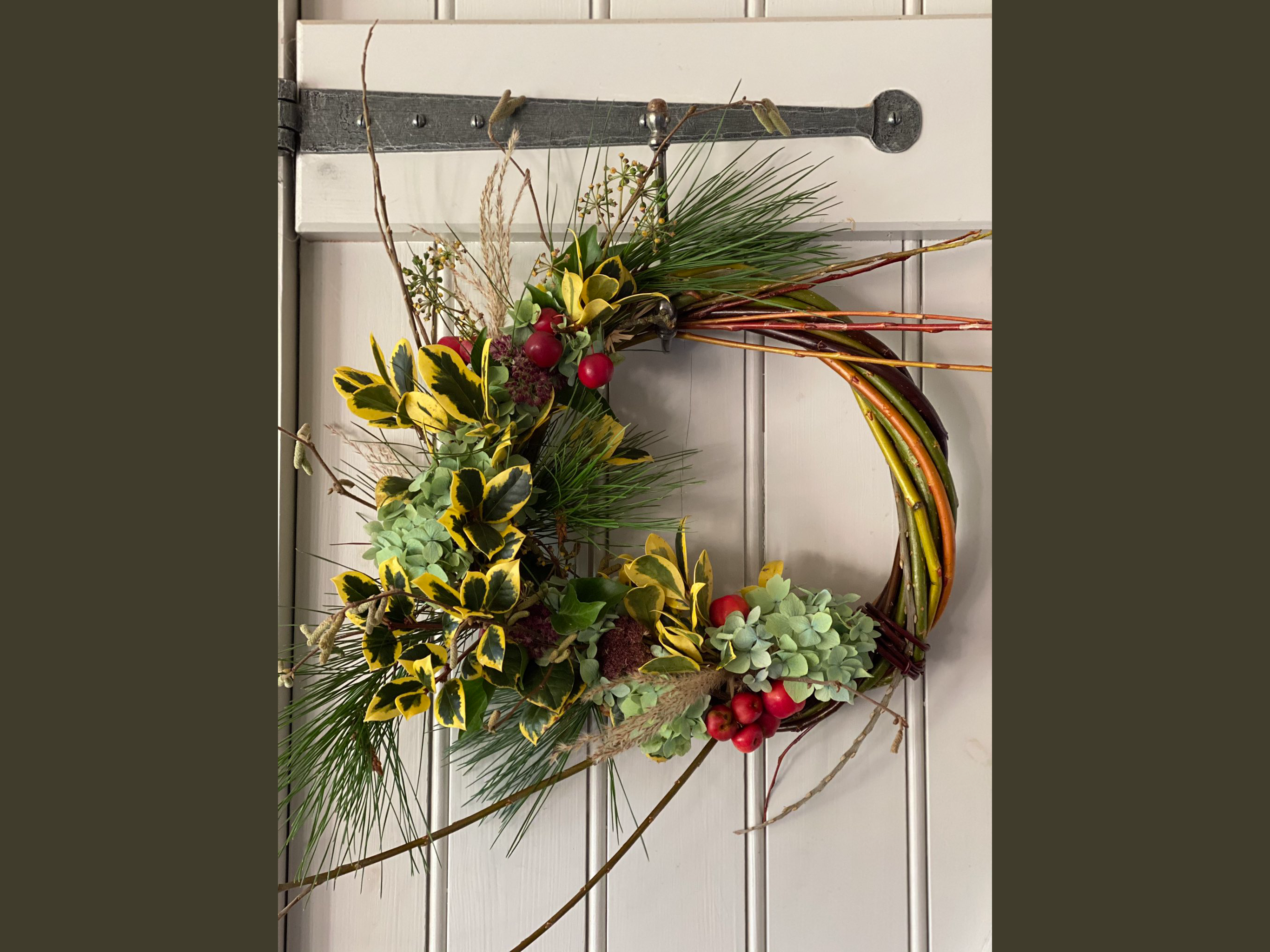
Photo credit: Common Farm
Floristry courses, how to be a flower farmer, growing wedding flowers, and a multitude of other wonderful inspirational floral courses are on offer at Common Farm Flowers. Georgie Newbery is running the courses in person in Somerset, and delightfully, you can now also join in from anywhere in the world, via zoom courses.
I wrote about taking part in one of the courses here: https://bramblegarden.com/tag/onlinecourse/
To buy vouchers, flowers etc : https://www.commonfarmflowers.com/collections/workshops
GENUS GARDENWEAR

Cotswold-based Genus Gardenwear has been making quality clothing and accessories since 2013. Well respected amongst gardeners, the clothing helps keep us warm and dry. Well made and long lasting. Above is the women’s Eden gardening jersey. There’s also silk liner gloves, merino wool wrist and neck warmers- amongst other clothing items. Also on the website, there’s Japanese secateurs and Hori Hori tools.
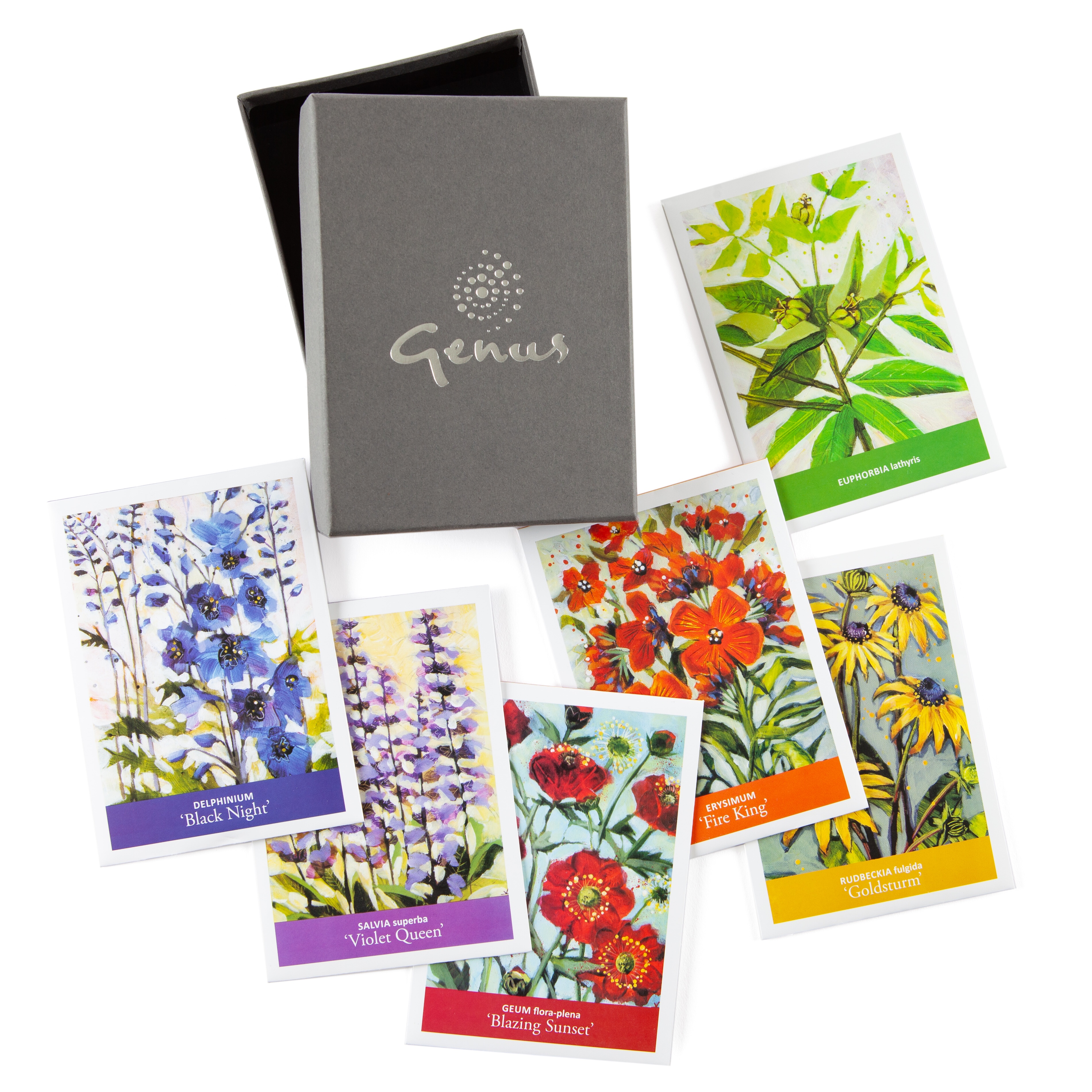
Beautiful seed packets and greeting cards. Gift cards start at £10.
https://www.genus.gs/
BURGON AND BALL

Everything I’ve had from Burgon and Ball has been good quality. Tools and equipment are well made and long lasting. Something for every budget.
https://www.burgonandball.com/pages/gardening-gifts
BELVOIR FLOWER AND GARDEN SHOW
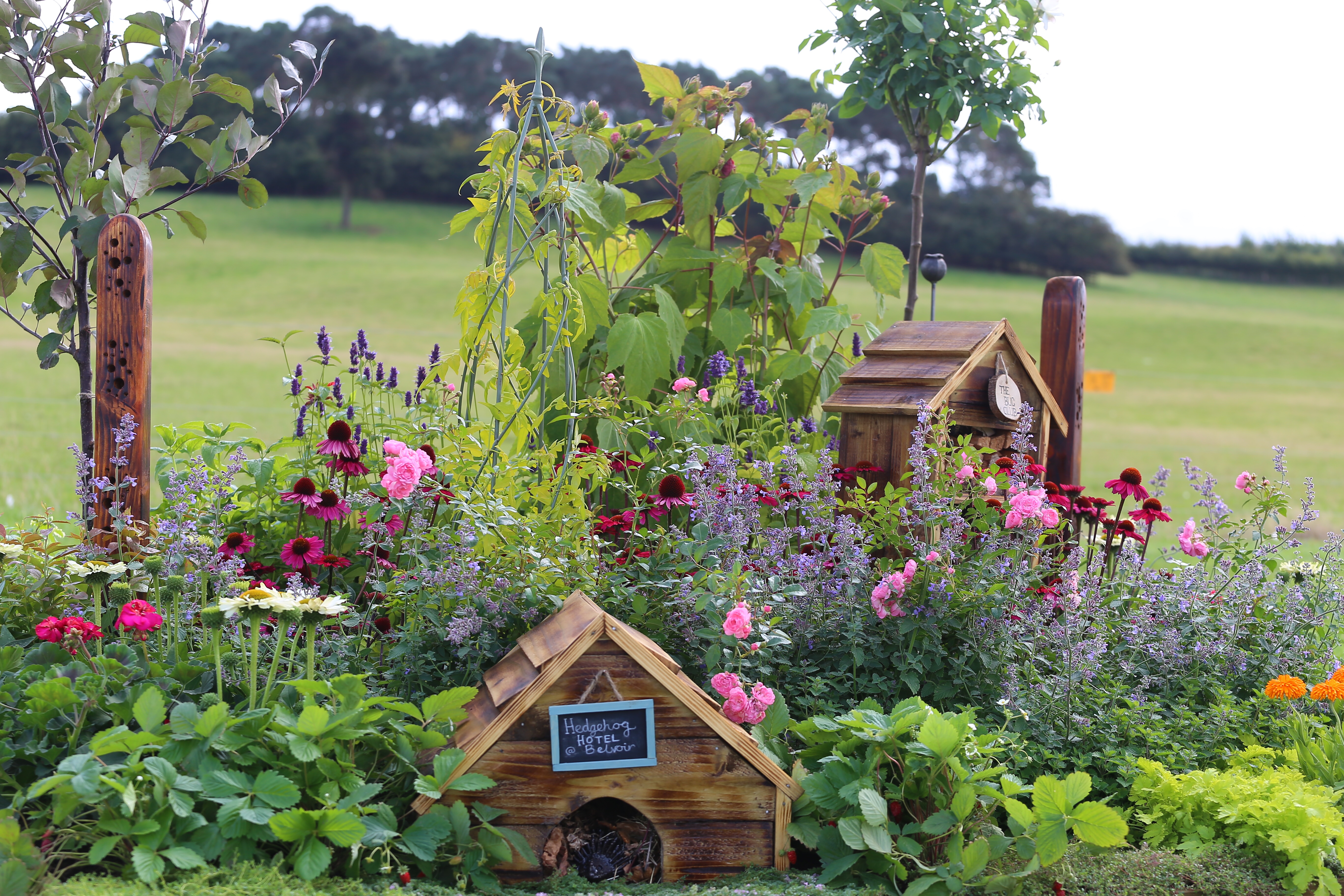
Advance tickets are on sale for the Belvoir Castle Flower and Garden Show. A lovely event held alongside the picturesque lake, set in the Capability Brown landscape. Plants and gardening equipment on sale, gardens to view, and horticultural talks to enjoy. A highlight of the summer calendar. 17-18 July 2021.
https://www.eventbrite.co.uk/e/the-belvoir-castle-flower-and-garden-show-17th-18th-of-july-2021-tickets-131319563349
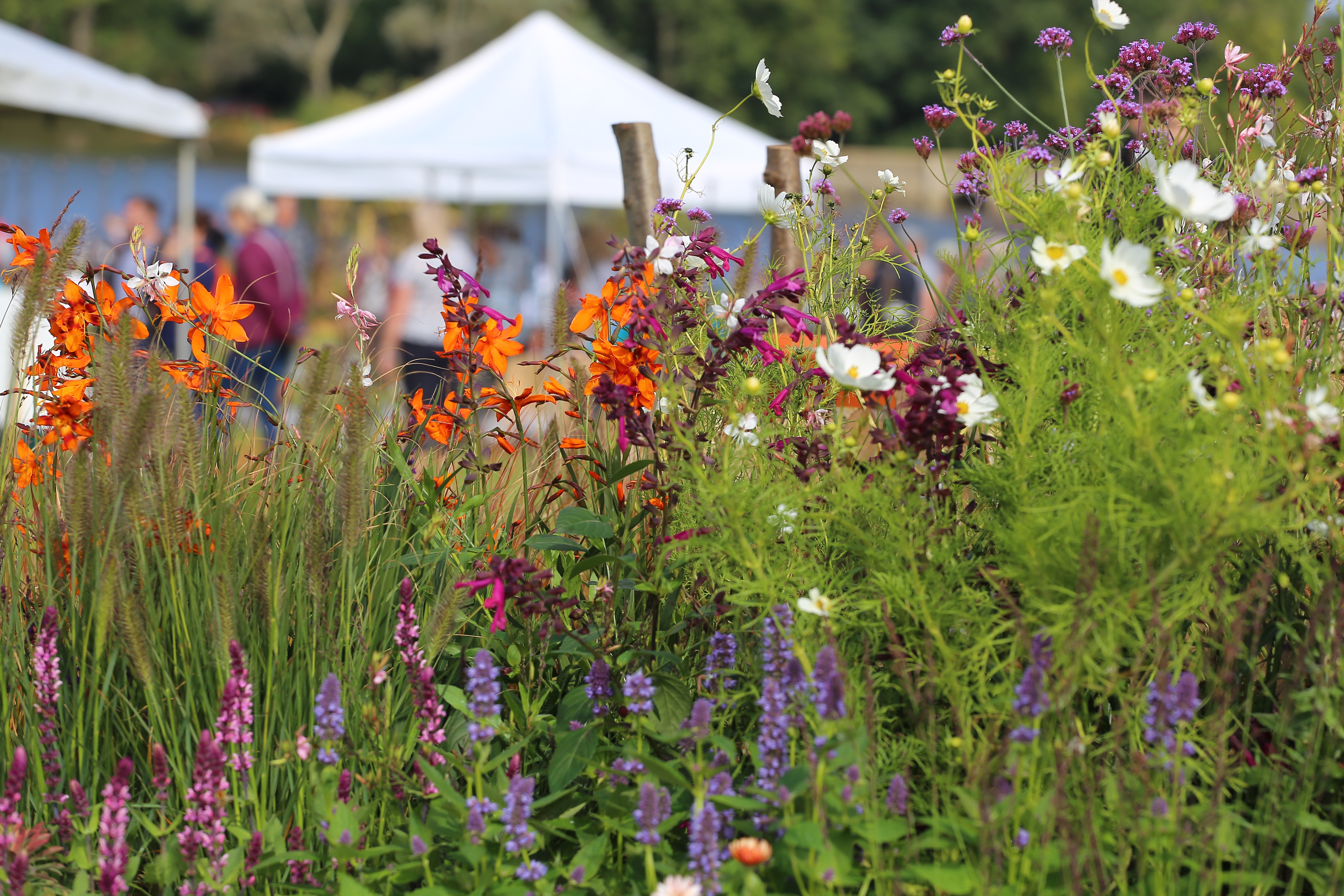
Read more about the show here: https://m.facebook.com/BFGFJuly/
AQUAPROOF CLOTHING

Warm and waterproof clothing for gardeners. I haven’t tried these yet, but they are on my Christmas wish list. One thing I hate is to be cold and wet when I’m out and about. These look well made and stylish too.

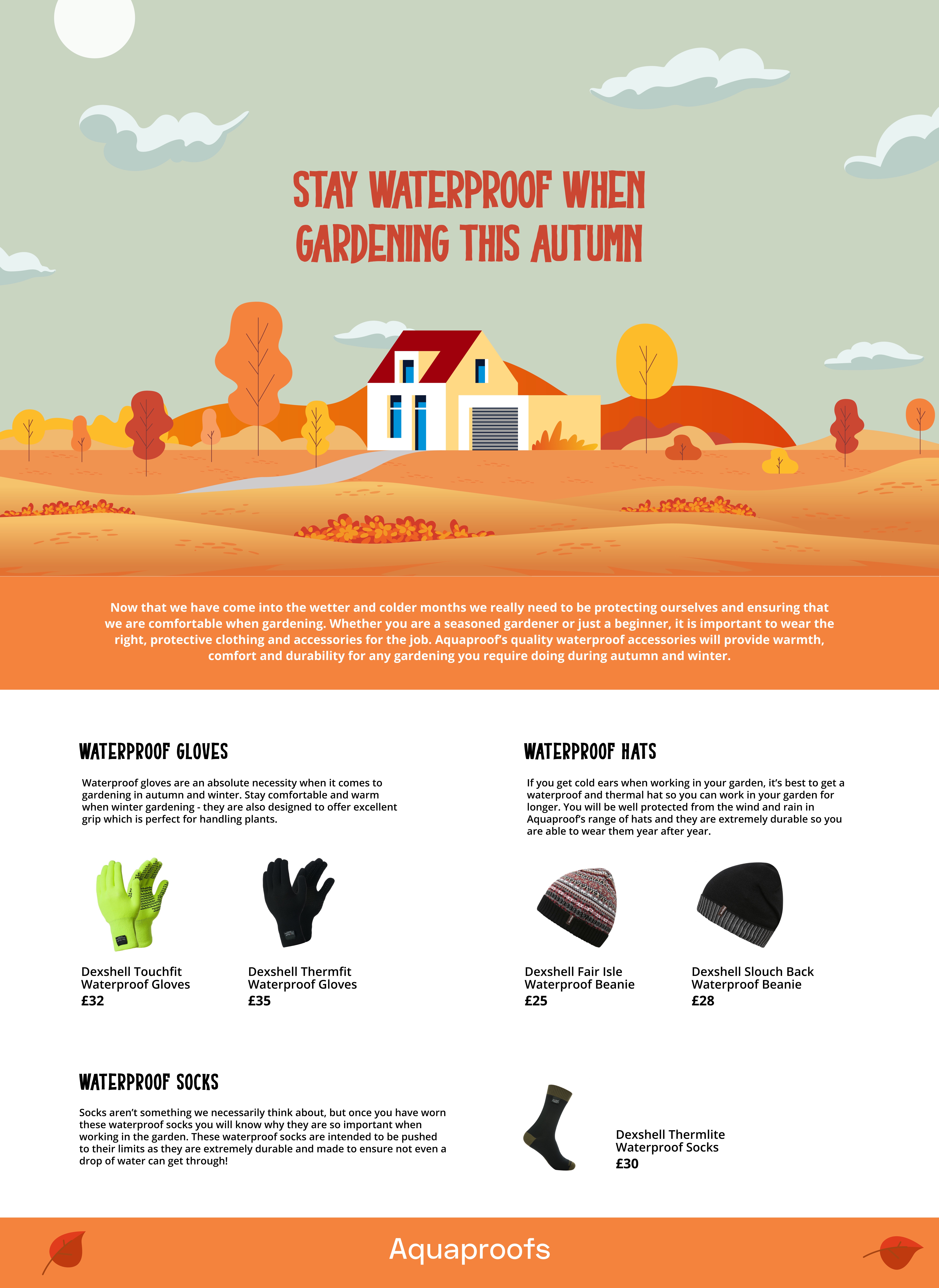
https://aquaproofs.com/
THE LAUNDRY RETREAT – NORTH WALES

I’ve followed Tom and Jenny’s progress from start to finish creating a dream retreat at their beautiful North Wales home. I’ve earmarked a visit for myself and Mum as soon as we can travel. Vouchers for a holiday would be a welcome present for anyone, particularly garden-lovers, as Jenny has a dream garden alongside the roundhouse retreat.
https://thelaundryretreatnorthwales.co.uk/
ORGANIC PLANT FOOD -RICHARD JACKSON

This is what I used for my greenhouse and cut flower garden this year, and the results were fabulous. Everything grew robustly and flowers seemed to last longer. Using organic feed is important to me. I don’t want to kill beneficial insects, or poison the hedgehogs. Because plants were well grown and healthier, they were better able to fight off pest and diseases, and I didn’t need to use any chemicals. I’ll be ordering more for next season.
https://www.richardjacksonsgarden.co.uk/product-category/planting-feeding/
THE NGS – NATIONAL GARDEN SCHEME

The NGS has had a difficult year with most garden visits cancelled due to covid. One way to help is to buy something from the website. There’s cards, notebooks, aprons and tea towels, for example. Also look out for zoom lectures of NGS gardens. It all helps the NGS support nursing charities. I’ll be giving a zoom lecture next spring, talking about how to get colour and interest in the garden 12 months of the year.
https://ngs.org.uk/product-category/merchandise/
RAINBOWS HOSPICE
Rainbows Hospice helps children and young people who have life-limiting illnesses. They are £1 million down on fund raising due to covid lockdown and restrictions. Buy something from their website, or make a donation in the name of a friend or family member. You’ll be helping a wonderful charity doing essential work.
https://www.ebay.co.uk/str/rainbowshospiceshop
https://www.rainbows.co.uk/ways-you-can-help/shop
Buttonbury Bags
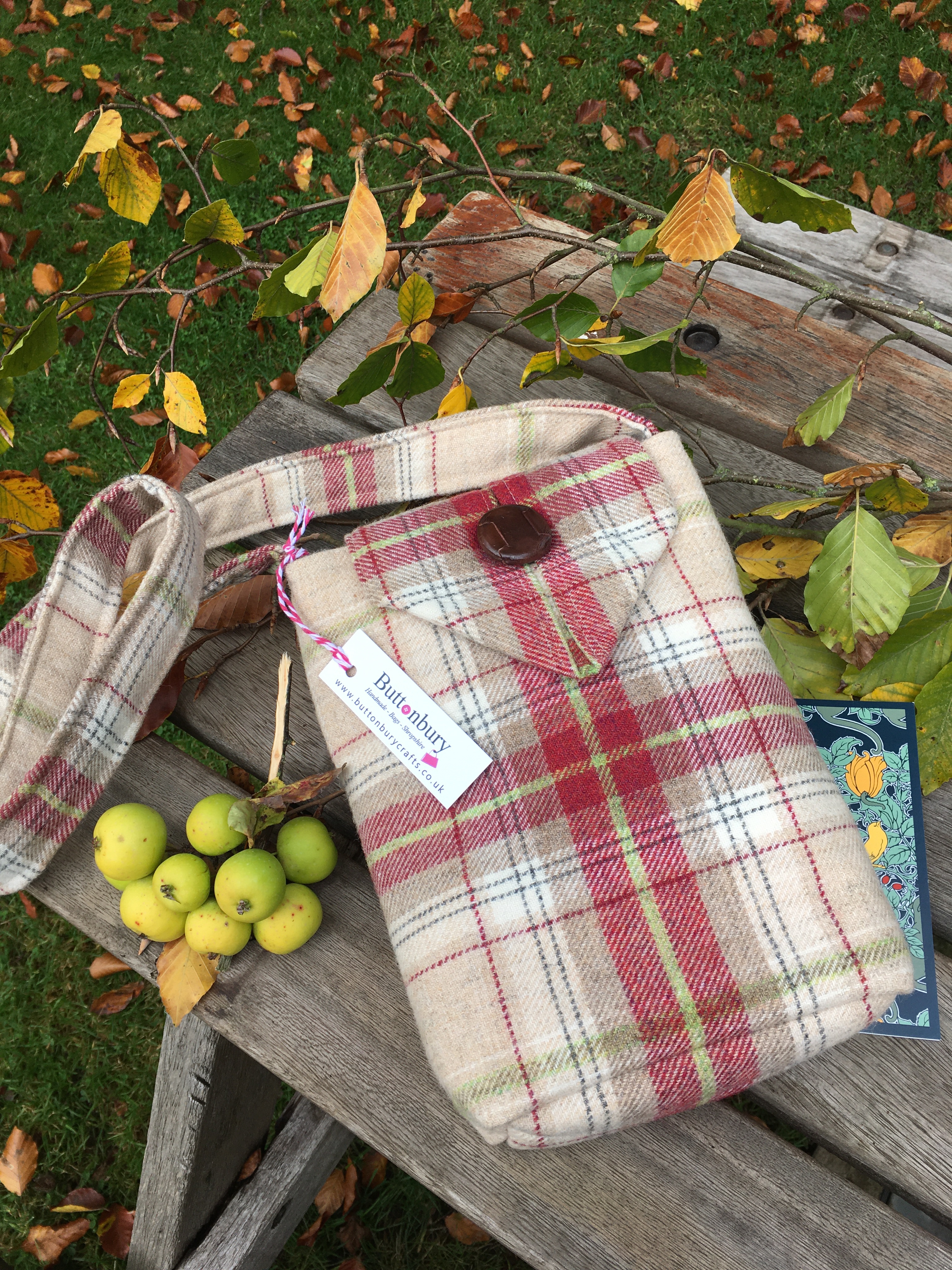
I treated myself to this gorgeous bag this summer. It’s beautifully made and I love using it. It’s hand -made in Shropshire. I like to support local businesses. Good value and unique.
https://www.buttonburycrafts.co.uk/
GOLD LEAF GLOVES
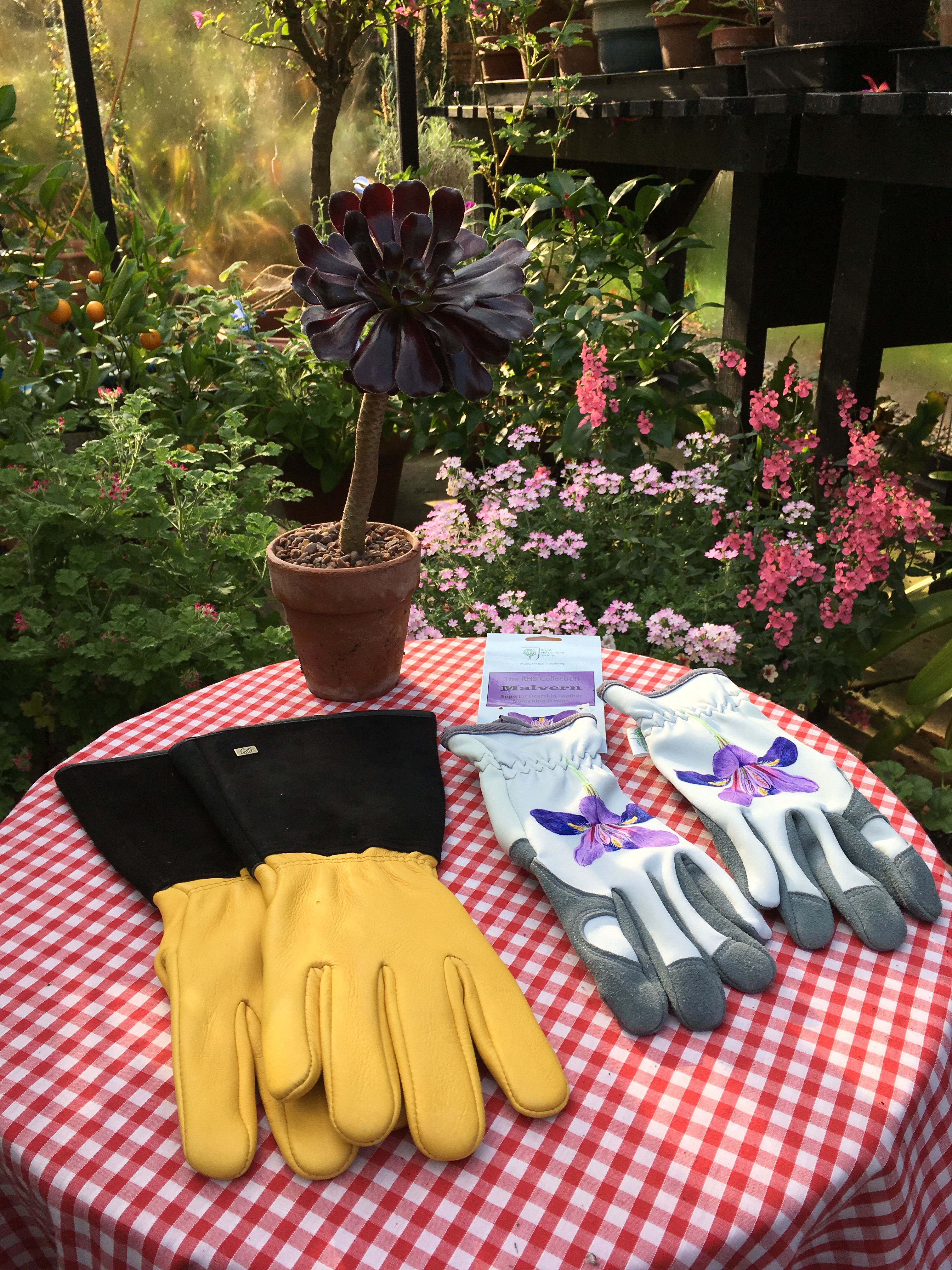
I’ve found these to be the best gardening gloves available. The gauntlets protect my hands from brambles and thorns. Comfortable and hard wearing. They make gardening a pleasure when there’s painful weeds to tackle, or rambling roses to prune.
http://www.goldleaf-gloves.com/drytouch.htm
GREENWORKS LAWNMOWER
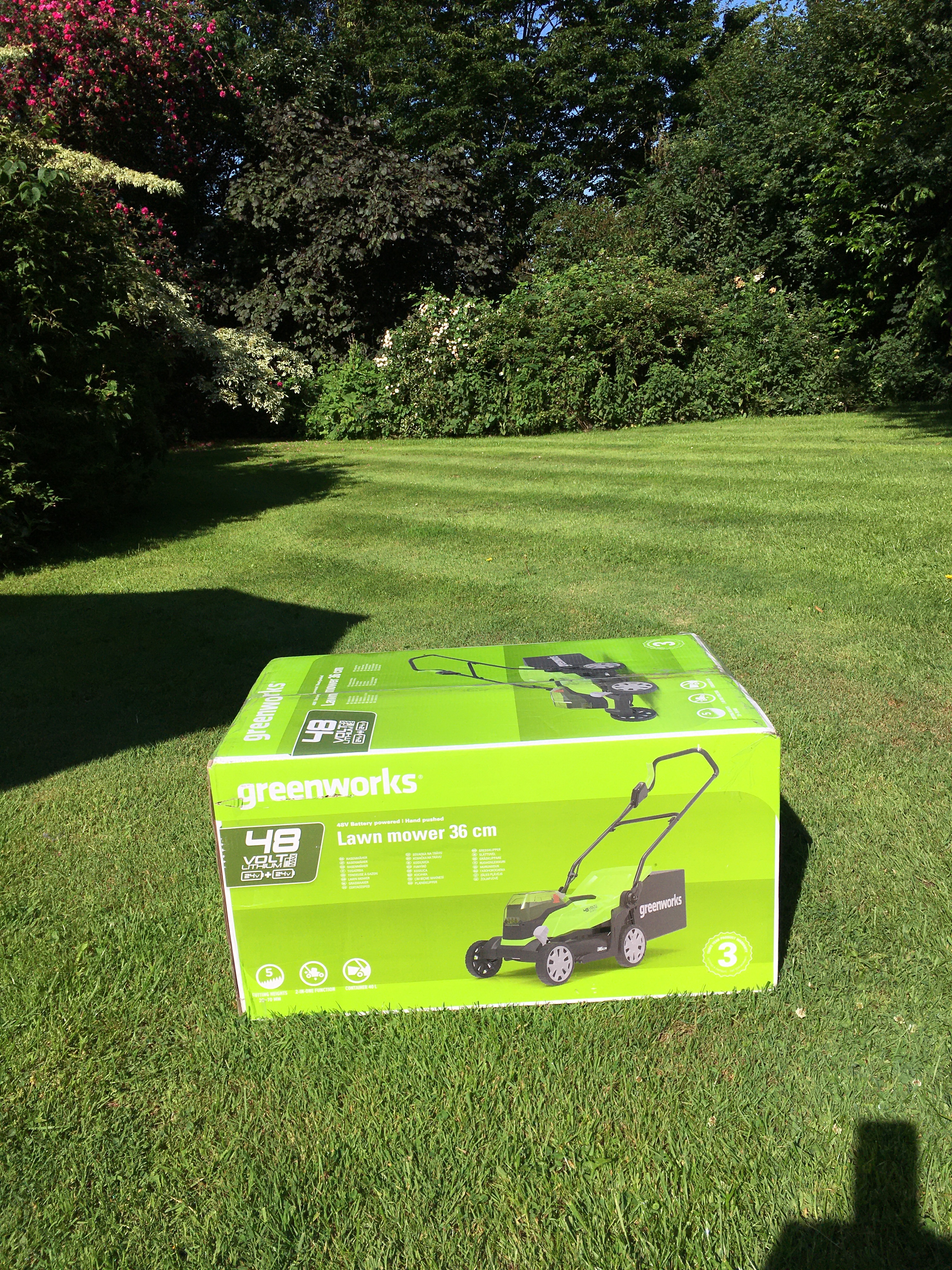
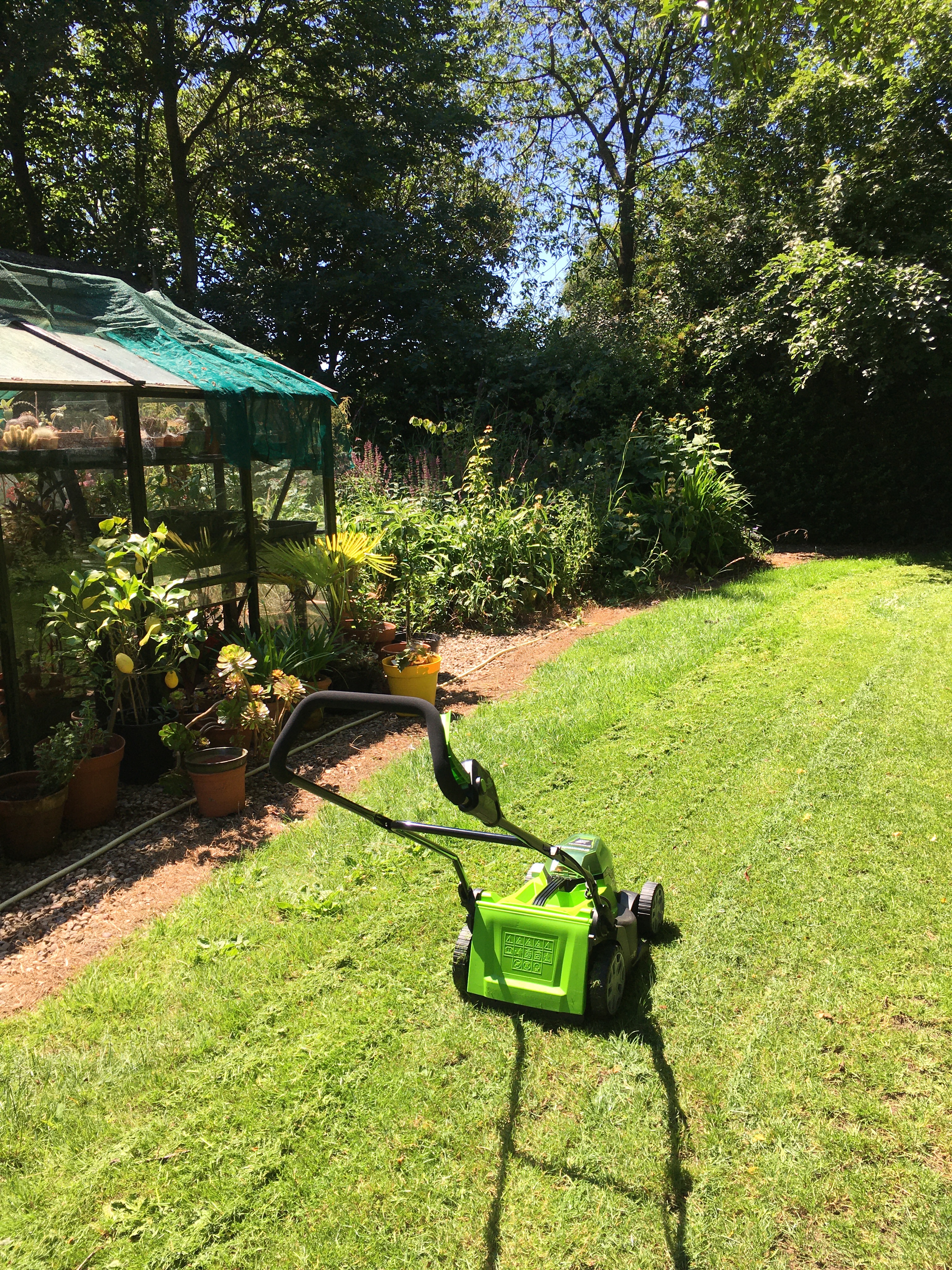
I found this small, compact and lightweight lawnmower a dream to use. No pull cord start. No electric cable to trip over. No running-out-of-petrol to worry about. Just an easy to use battery -powered machine. The 48V machine has a 35cm cutting path and a 40ltr grass collector. It has a fold-down handle for easy storage. It will cut 250m2 on a single charge. The battery can be used for 21 other tools in the Greenworks range, including a hedge trimmer, line trimmer, and leaf blower. More are listed on the website. As regular readers know, my youngest daughter is a nurse, often working on covid wards. To protect us, she could not come home at all. Luckily she managed to buy her own house this summer, and we gave her this mower to help her look after her first garden. It makes cutting the grass a quick and easy task, which is really important if you’ve spent 12.5 hours on your feet working.https://www.greenworkstools.co.uk/product/40v-35cm-lawn-mower/
NIWAKI
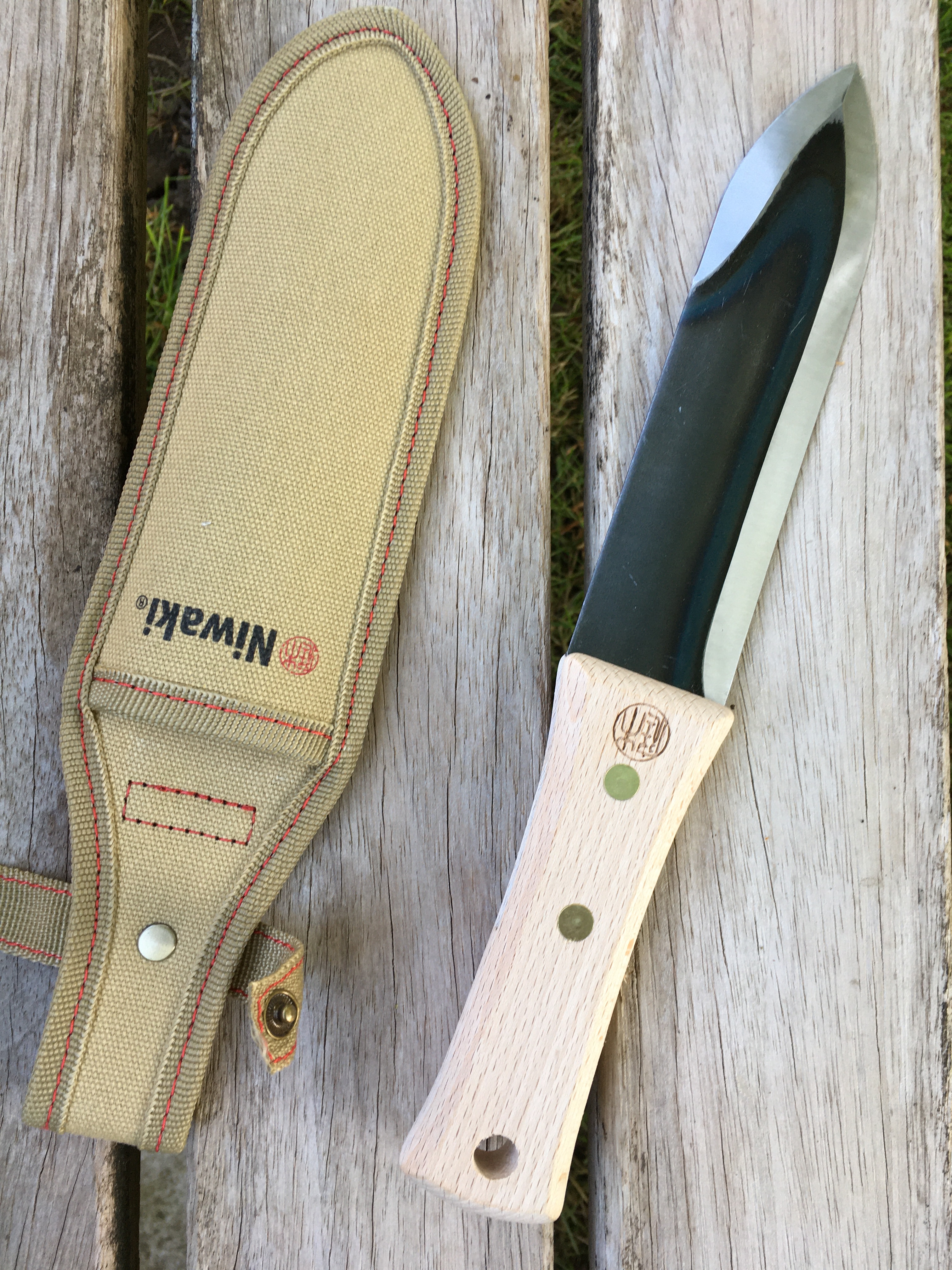
I reviewed the Hori Hori here : https://bramblegarden.com/2020/07/10/niwaki-tools-review-and-some-garden-snips-to-give-away-gardening/
Buy from here : https://www.niwaki.com/store/hori-hori/
Garden News Magazine
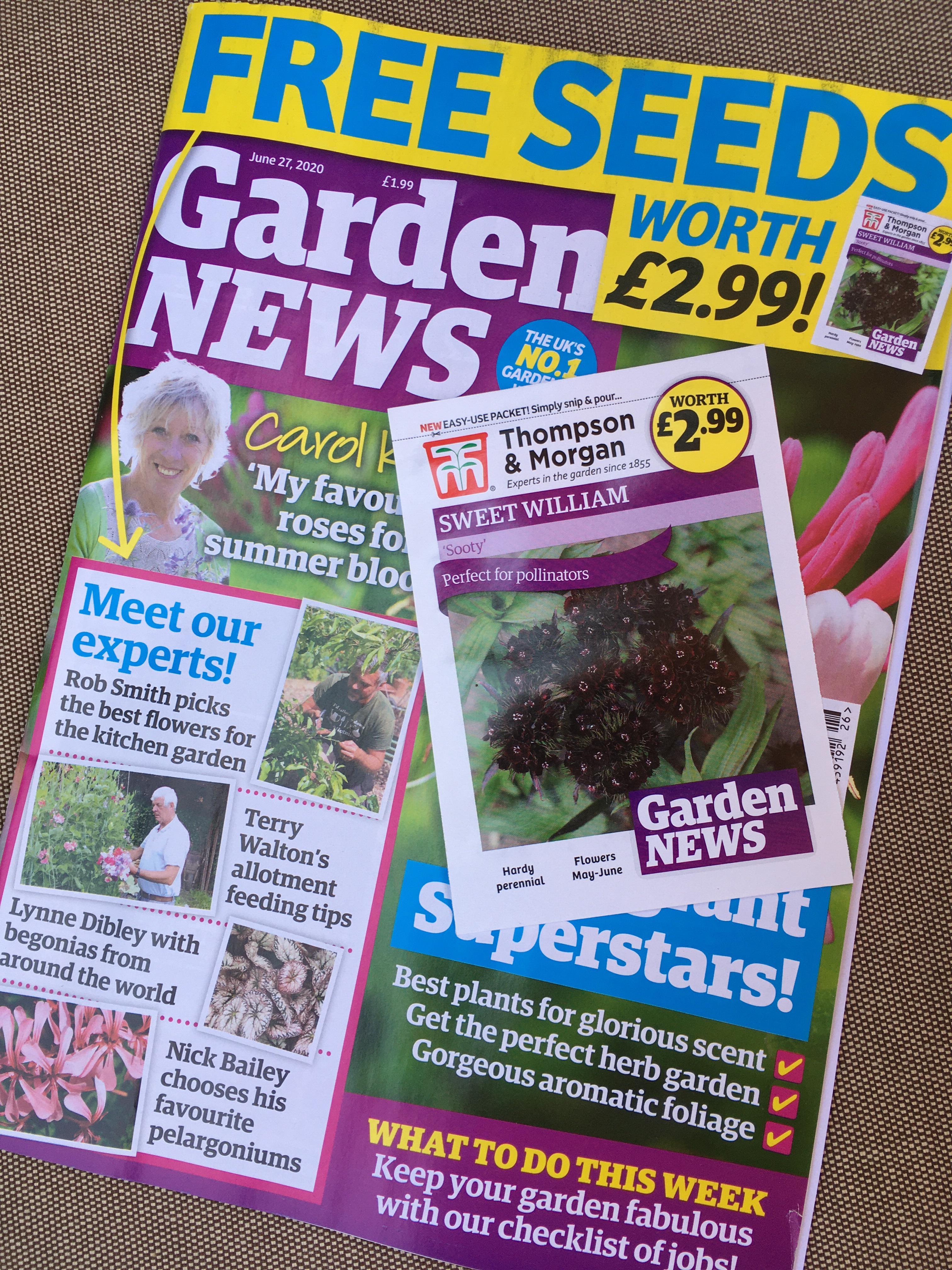 A magazine subscription is such good value. There’s often free seeds. And you get the chance to peek into my greenhouse, potting shed and poly tunnel once a month, as I write a regular column all about what I’m growing on the plot.
A magazine subscription is such good value. There’s often free seeds. And you get the chance to peek into my greenhouse, potting shed and poly tunnel once a month, as I write a regular column all about what I’m growing on the plot.
https://www.greatmagazines.co.uk/garden-news-magazine?gclid=CjwKCAiA_eb-BRB2EiwAGBnXXmwcVhWNwLRIEx6Z9oW6jtqzkmpWu2C4E1lgcJIoLUvkgE78yeJU5xoCBMEQAvD_BwE
HENCHMAN LADDERS
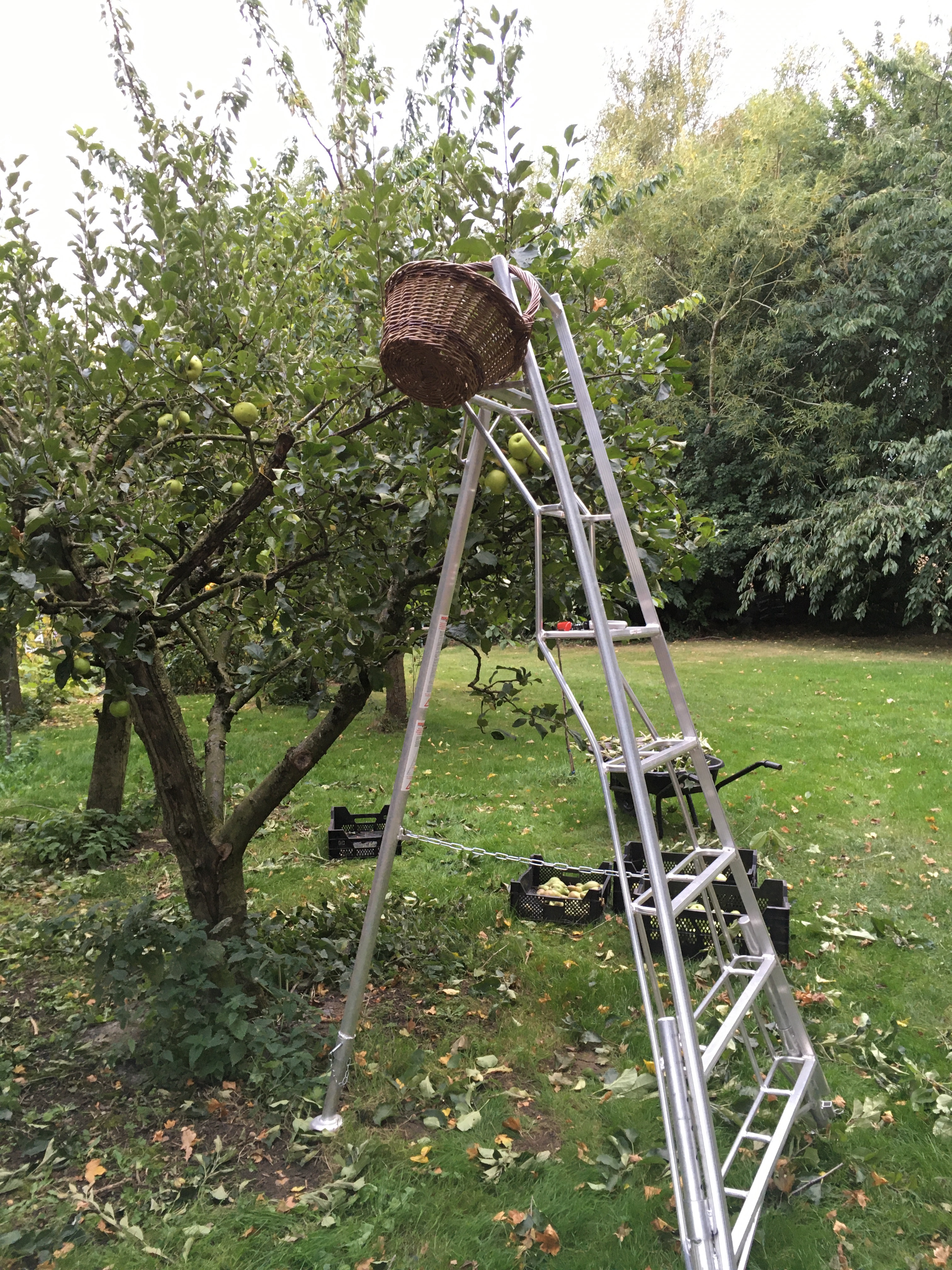
One piece of equipment I could not have managed without this year is my Henchman ladder. No more wobbling about on unsafe steps. This one is solid and stable, with wide steps, side grab bars and a platform at the top for tools and baskets. The tripod shape means you can get closer to the tree, shrub or climber you are working on. No need to stand sidewards and lean over to work. Much safer to face forwards. It means I’ve been able to reach the top of my fruit trees safely in a year when all the fruit was needed, and it felt as if nothing should be wasted. Trees have been properly pruned for the first time in years. And now we are using the ladder to put up Christmas lights. No more swaying at the top of step ladders!
https://www.henchman.co.uk/winter-offer.html?gclid=CjwKCAiA_eb-BRB2EiwAGBnXXne0Otc_s-oPnxdWoe41YfH1j3HZ4Dhv2-SOl-DgsWoChSv4tk8lgRoCg04QAvD_BwE
HEDGEHOG BARN
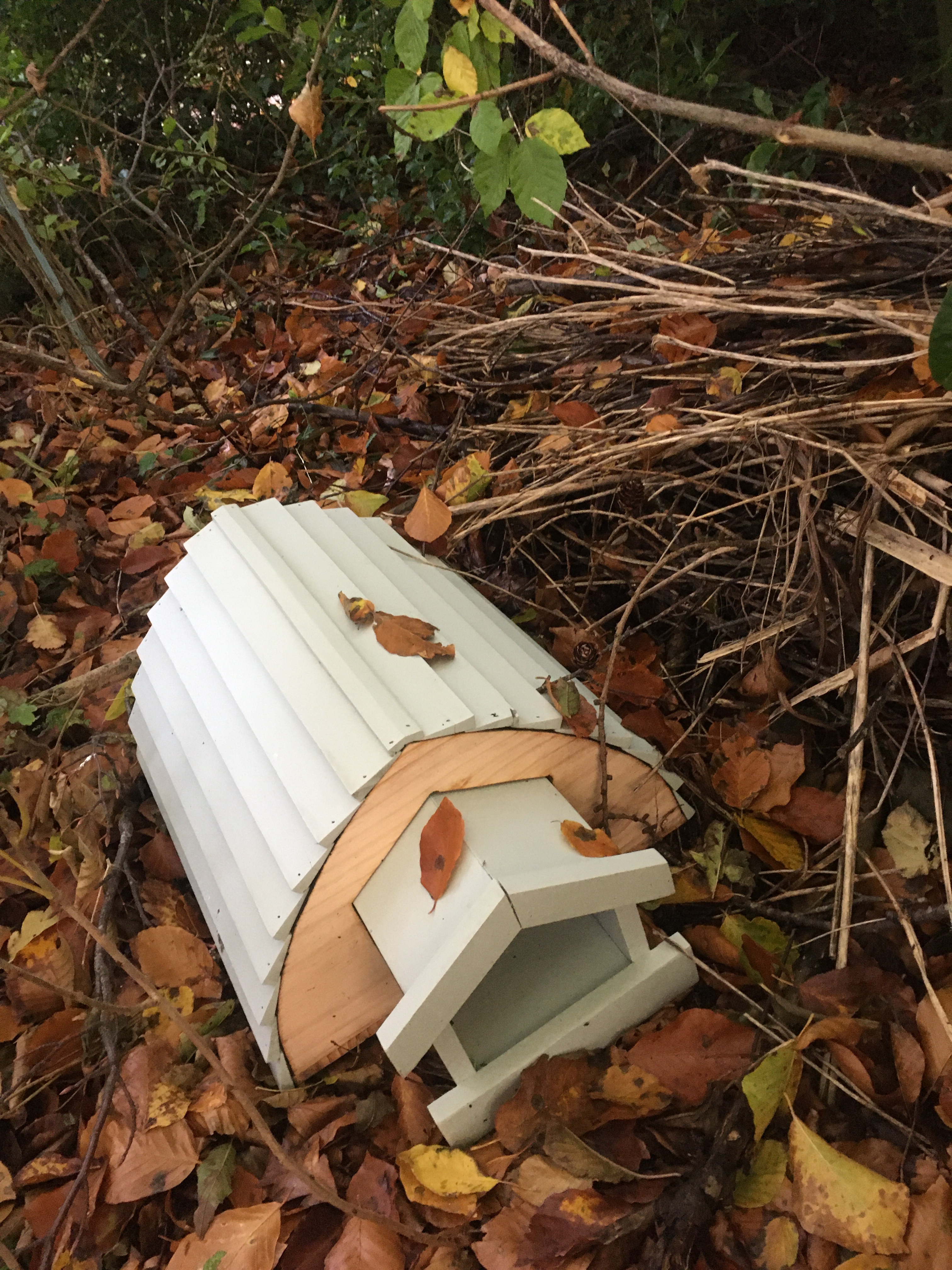
We love this little hedgehog house from WildlifeWorld . And what’s more our hedgehogs do too, as we have a nice plump hedgehog in residence! The hedgehog barn won new product of the year at the virtual Glee awards in Birmingham this year. It’s well-designed with FSC -certified timber, weather proof, and strong enough to keep hedgehogs safe from predators.
https://wildlifeworld.co.uk/products/the-hedgehog-barn
BIRD BOXES – THE POSH SHED COMPANY

While on the subject of helping wildlife in our gardens, these bird boxes are well-made and look beautiful.
https://www.theposhshedcompany.co.uk/posh_gardening
EDIBLE FLOWERS
Adds that special touch to your cakes and biscuits. Especially beautiful on wedding cakes (my daughters – please take note!)
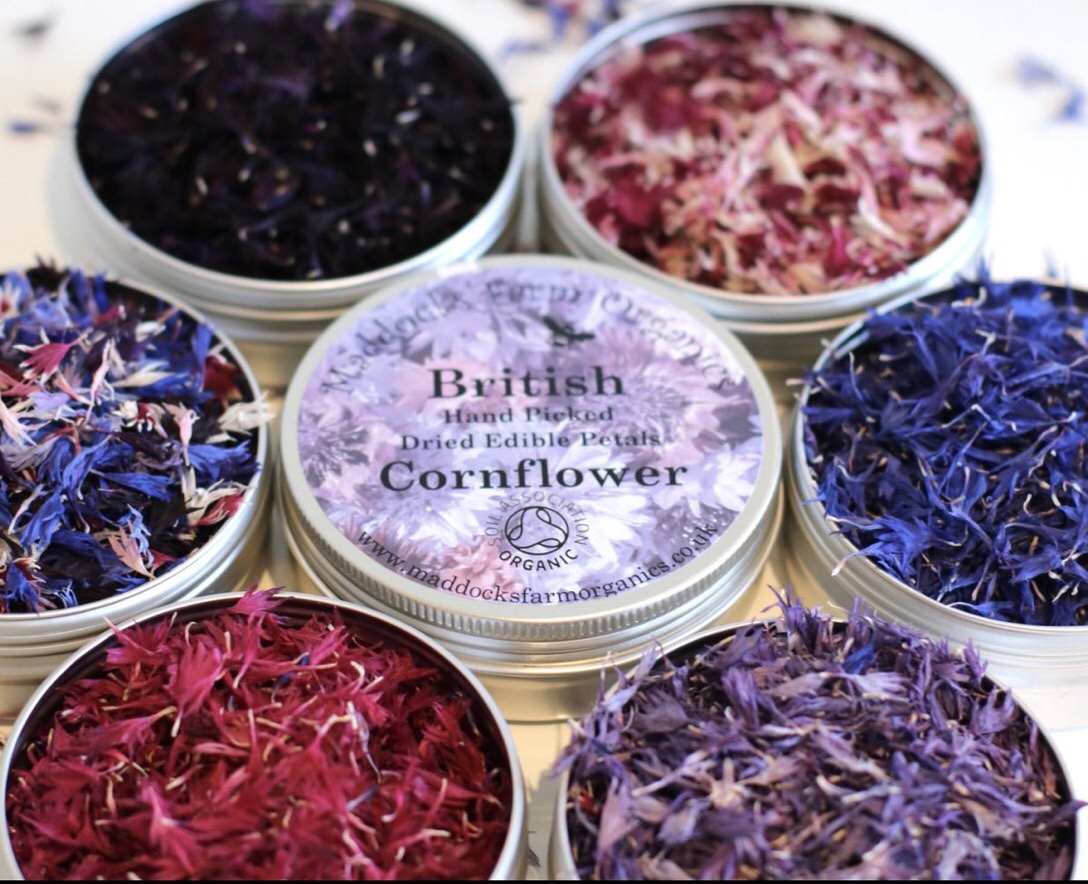
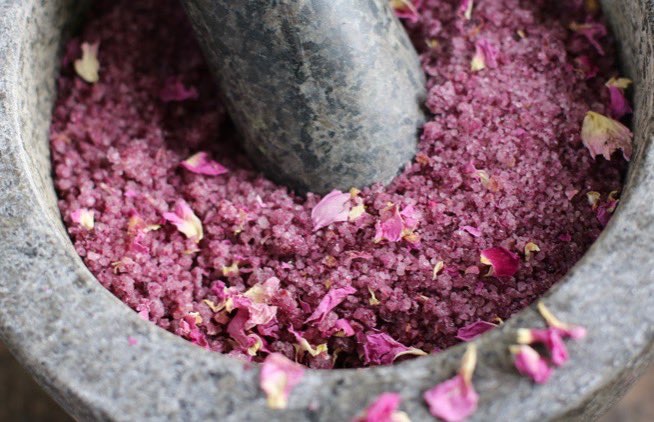
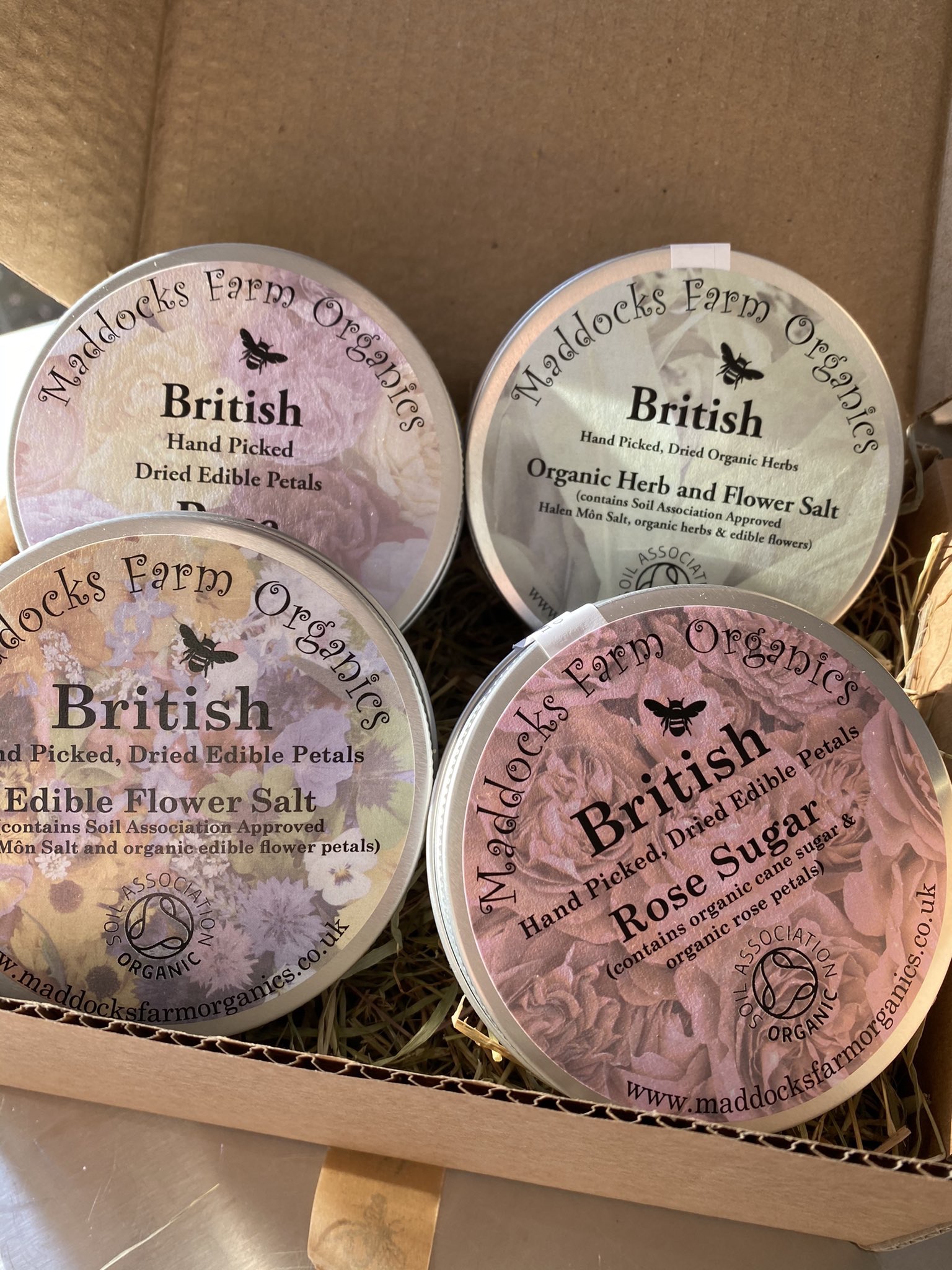
https://maddocksfarmorganics.co.uk/maddocks-farm-organics
BUY A ROSE.
Rose of the year 2021 – Belle de Jour
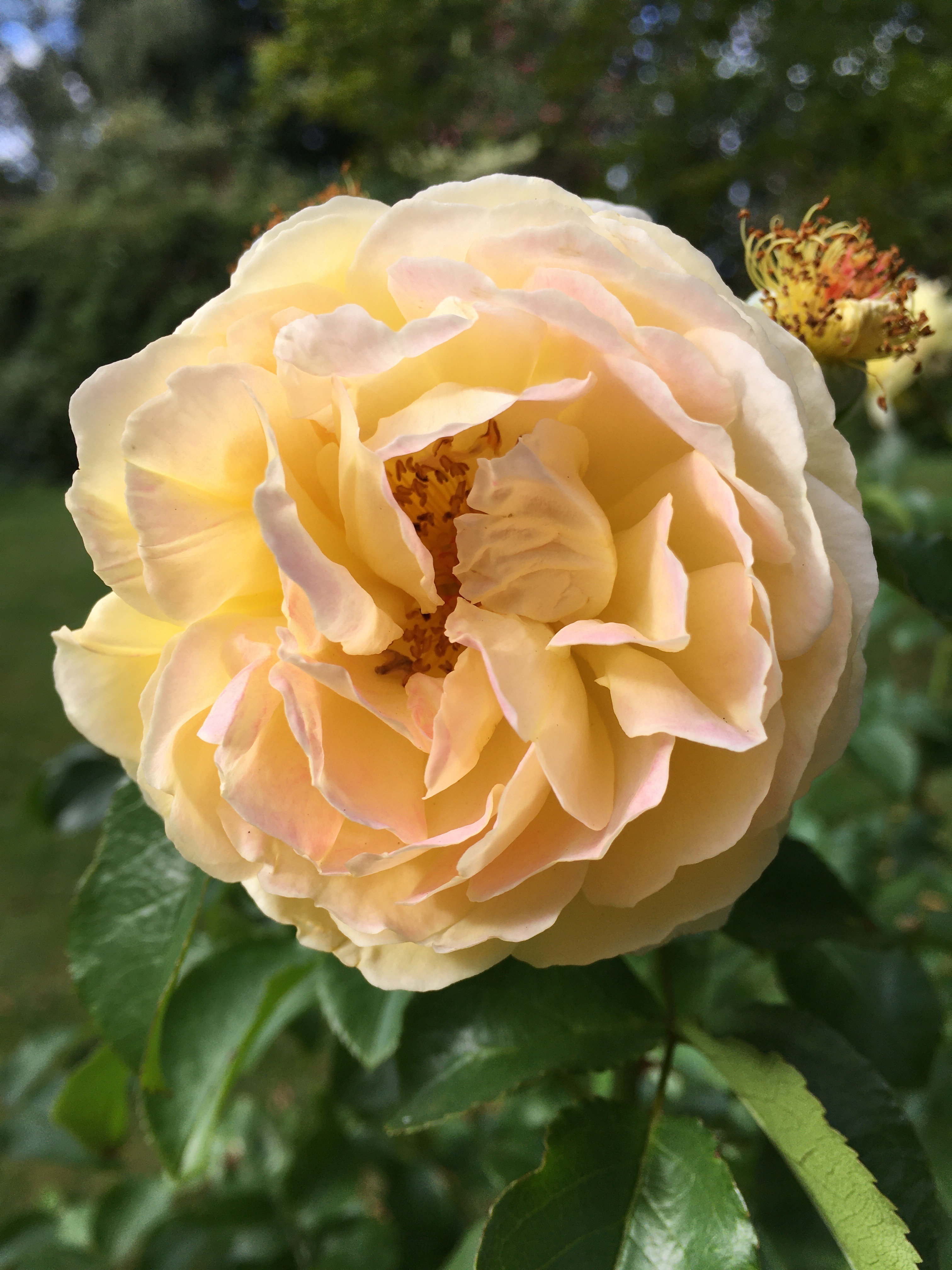
This has become my favourite rose this year. Flowers start bright yellow and fade to myriad apricot shades. There’s a lovely fruity scent, and flowers open out enough for bees to access the pollen, so it’s good for wildlife too.
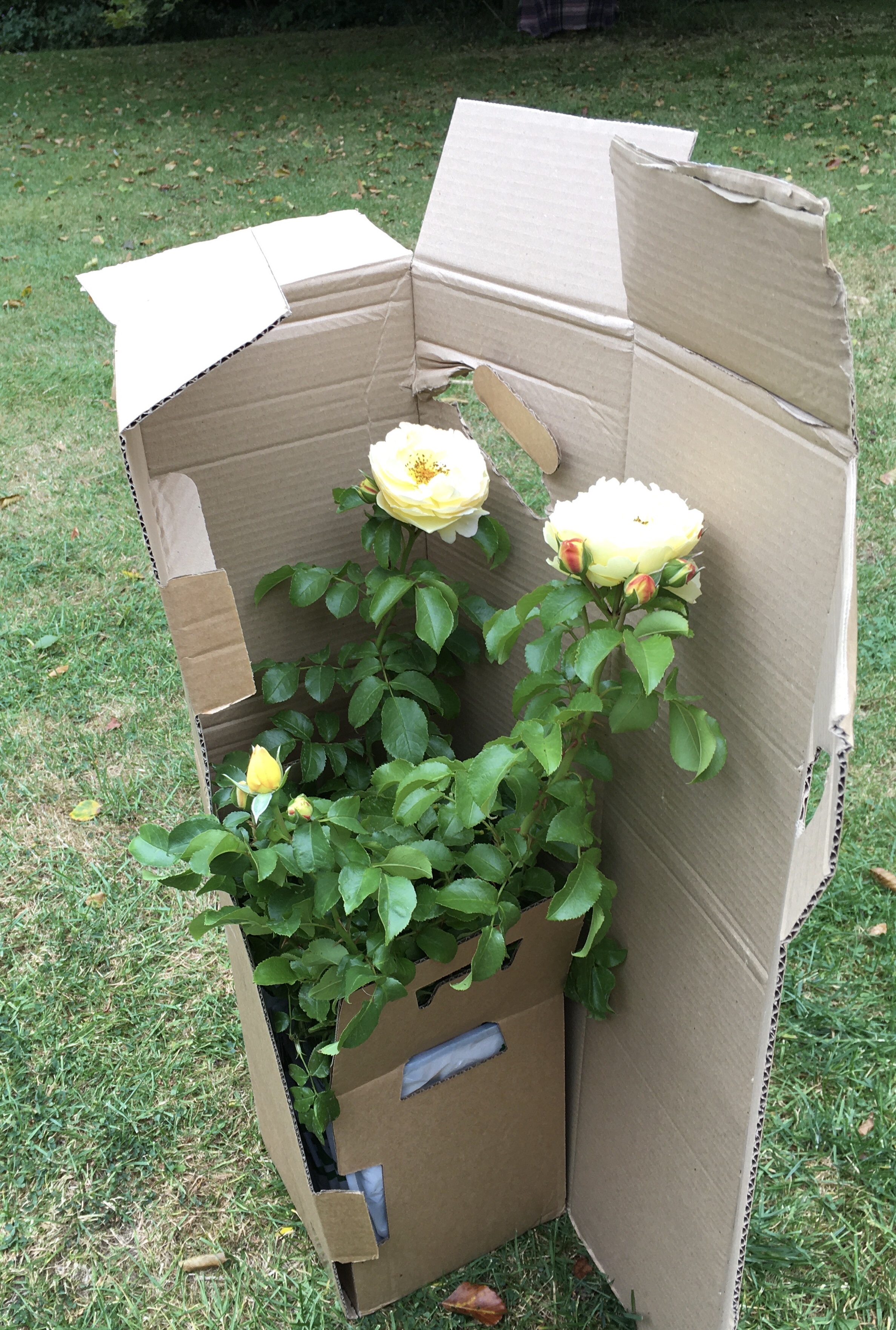
Our rose came from Pococks Roses. Well packaged with eco-friendly materials. Compostable bags and cardboard. A sturdy, disease-resistant rose. Highly recommended.
https://www.garden-roses.co.uk/shop/BELLE-DE-JOUR-floribunda-M1518
CAKES AND BROWNIES BY POST
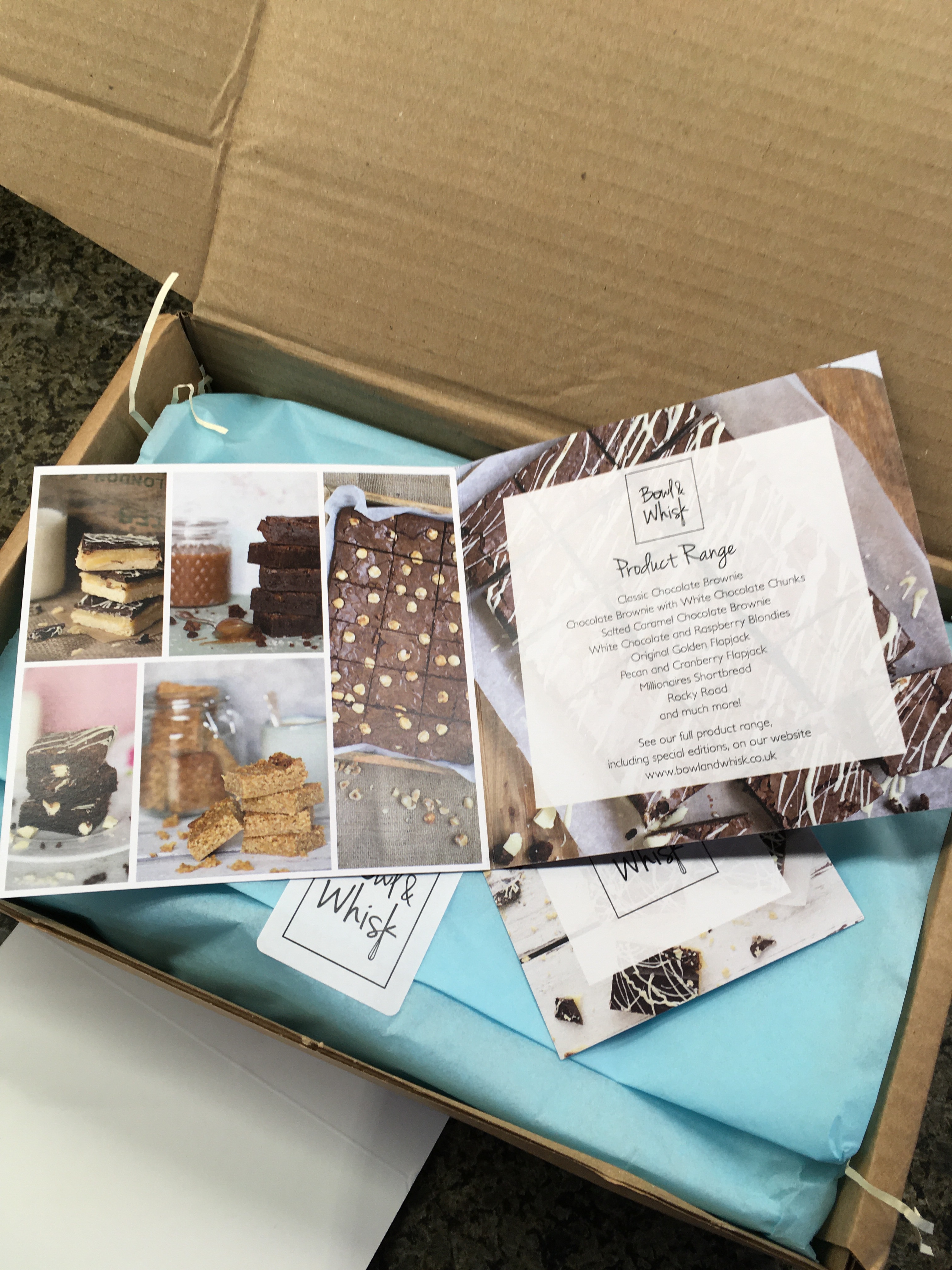
Just received a parcel (from my brother and sister-in law ) of the most delicious brownies I’ve ever tasted. Sadly they are sold out for Christmas, but keep hold of the details, and remember them for birthdays, weddings, thank-yous, friendship. Highly recommended. Ours was the classic brownie. I’m going to try salted caramel next!
https://bowlandwhisk.co.uk/
CHOCOLATES BY POST
While we are talking about food, I’ve also just received a gorgeous box of salted caramels from a dear friend. It was just what the doctor ordered today, as I was starting to flag somewhat. These picked-me-up no end.
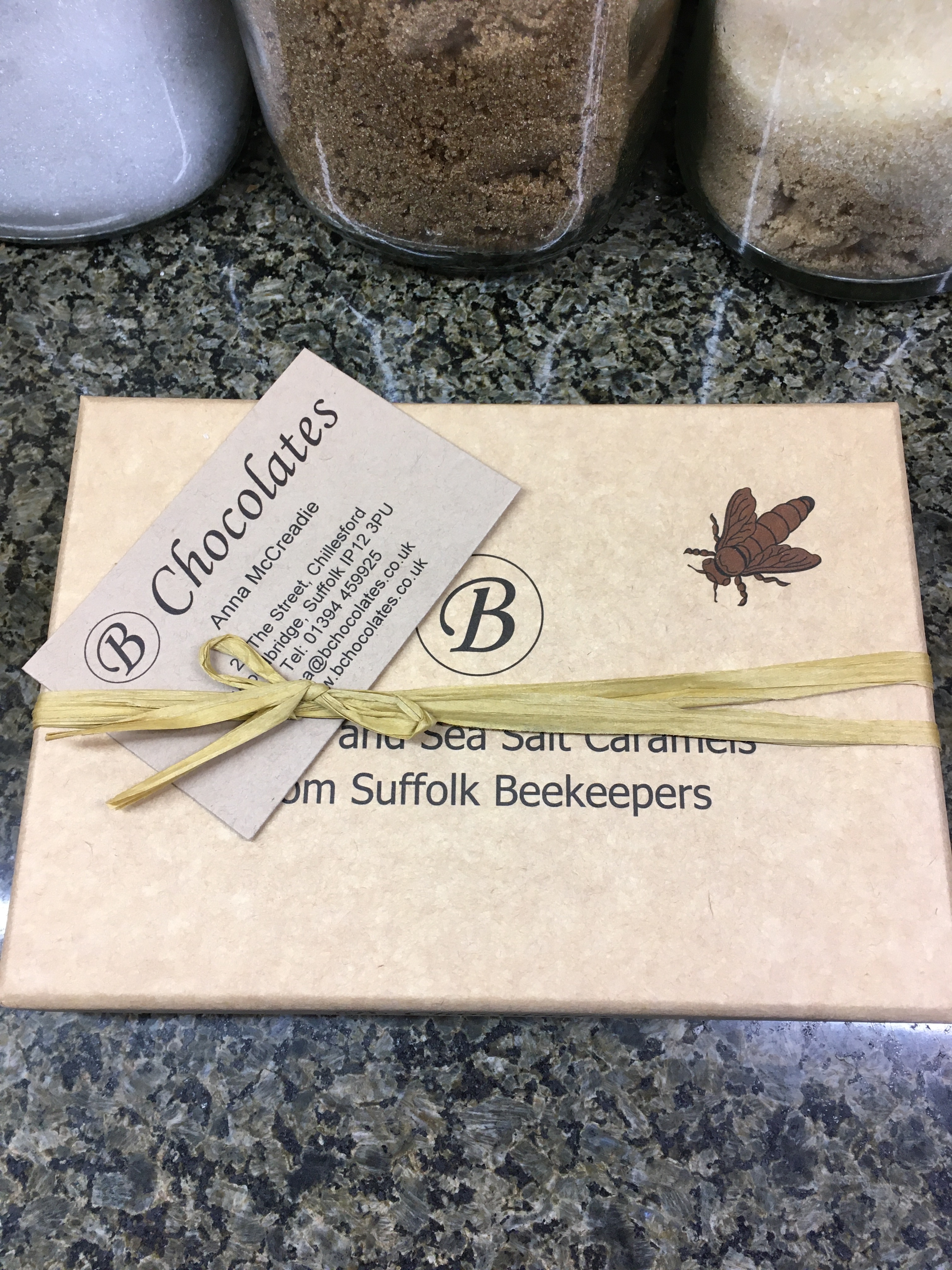
Beautifully packaged. Wonderful ingredients. Simply delicious.
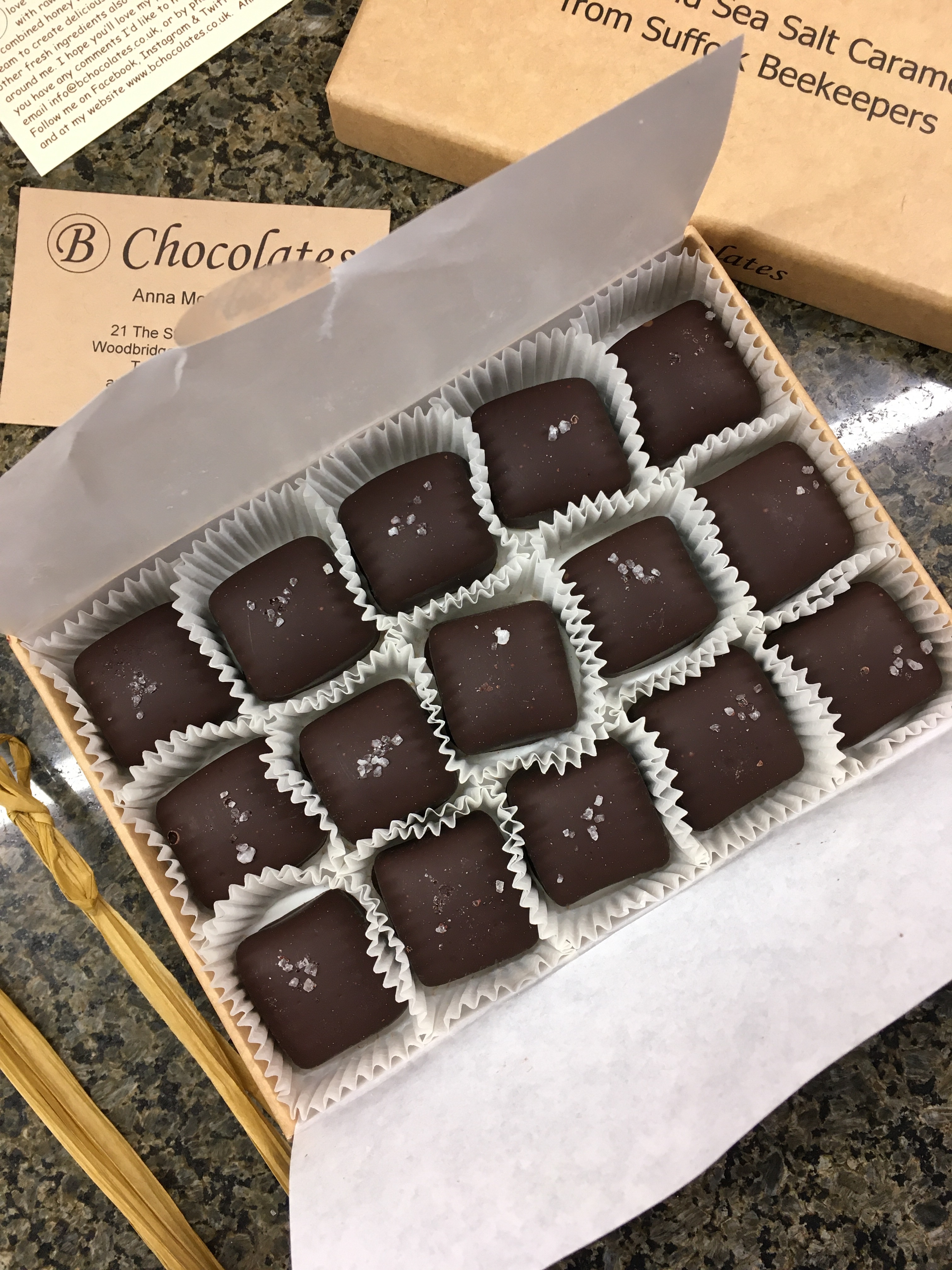
https://www.bchocolates.co.uk/online-shop
CLAUDIA De YONG
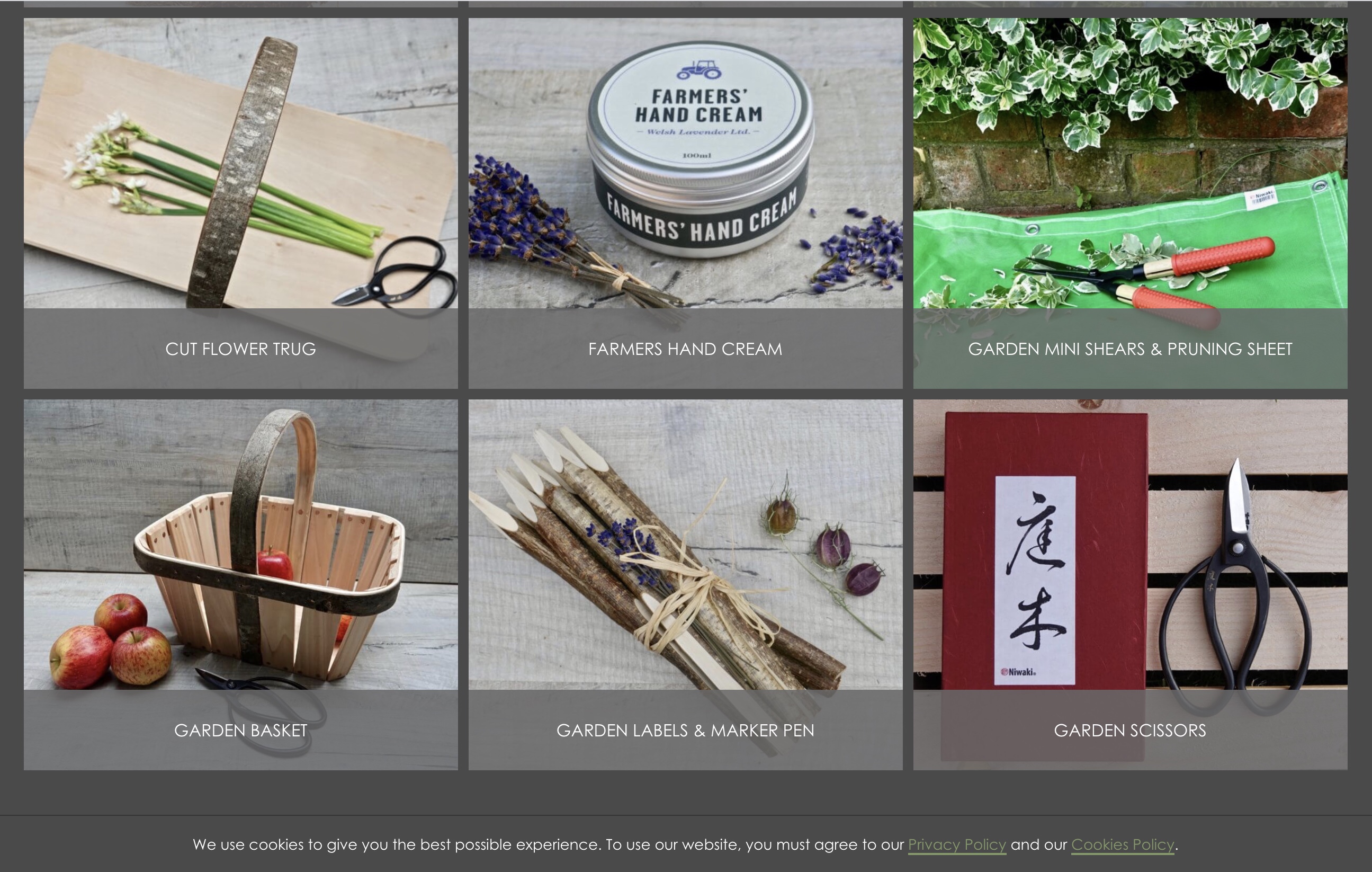
Aprons, garden baskets, trugs, garden labels, garden tools, watering cans, garden bags. Stylish and rather lovely gifts for gardeners. A range of prices to suit all pockets.
https://shop.claudiadeyongdesigns.com/product-category/the-garden/
VISIT CHENIES MANOR HOUSE

One of the UK’s finest Tudor mansion houses. Grade 1 listed. Magnificent, inspirational gardens. Gift ideas include annual membership, guided tours, afternoon tea. See website for offers.
https://www.cheniesmanorhouse.co.uk/about/
PROPAGATORS
I have a Vitopod propagator, a present from a friend. I use it with grow lights, which stops seedlings becoming leggy. I start off all my flower and vegetables seeds in it, and have never had any problems with the kit.
https://www.greenhousesensation.co.uk/vitopod-heated-propagator-bundles.html/

Do add any of your own suggestions in the comments below. This year we have all shared information, hints and tips to help one another get through. Gardening has been a great distraction from all the problems we’ve faced. And we are all looking forward to a better 2021, full of flowers, fruit, vegetables – and quite a bit of garden visiting, I hope.
Wishing you all a wonderful, happy Christmas. Thank you for reading and keeping me company this past year. It’s been much appreciated.
You are amongst 100,000 people who have read my blog posts. I’m truly grateful.
I’m @kgimson on twitter and karengimson1 on instagram.
Links:
Reader Sophie Boxall recommends Hive and Well https://www.thehiveandwellcompany.co.uk/
And Nutscene twine: https://nutscene.com/collections/twines
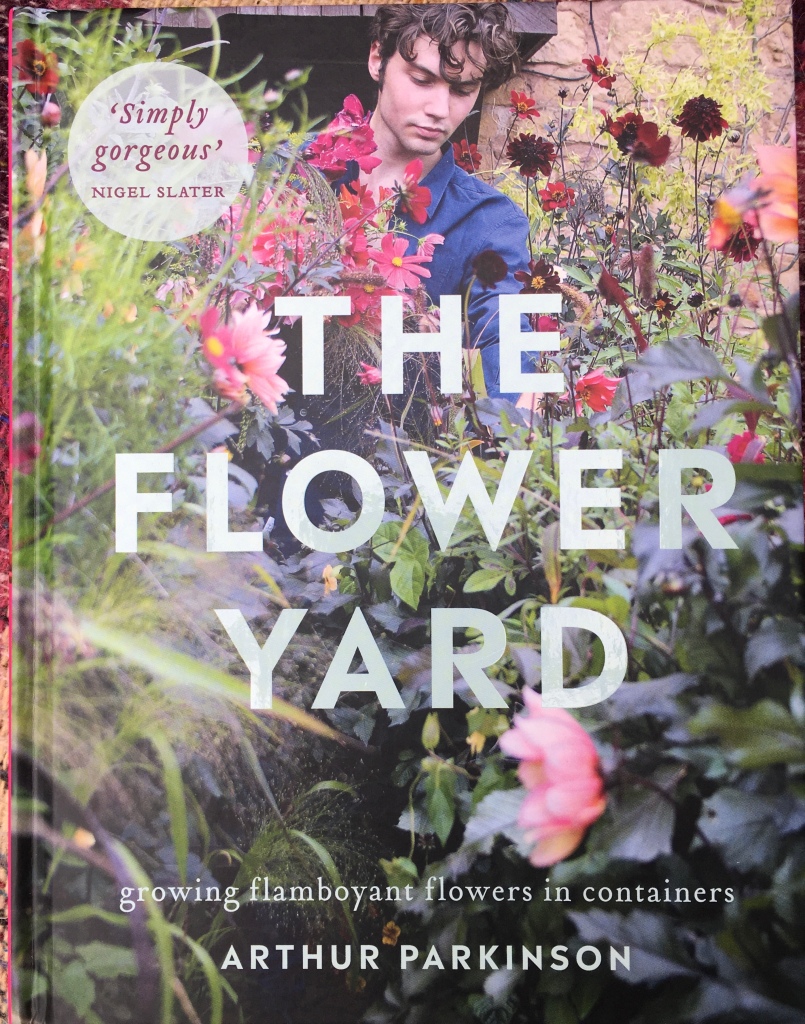


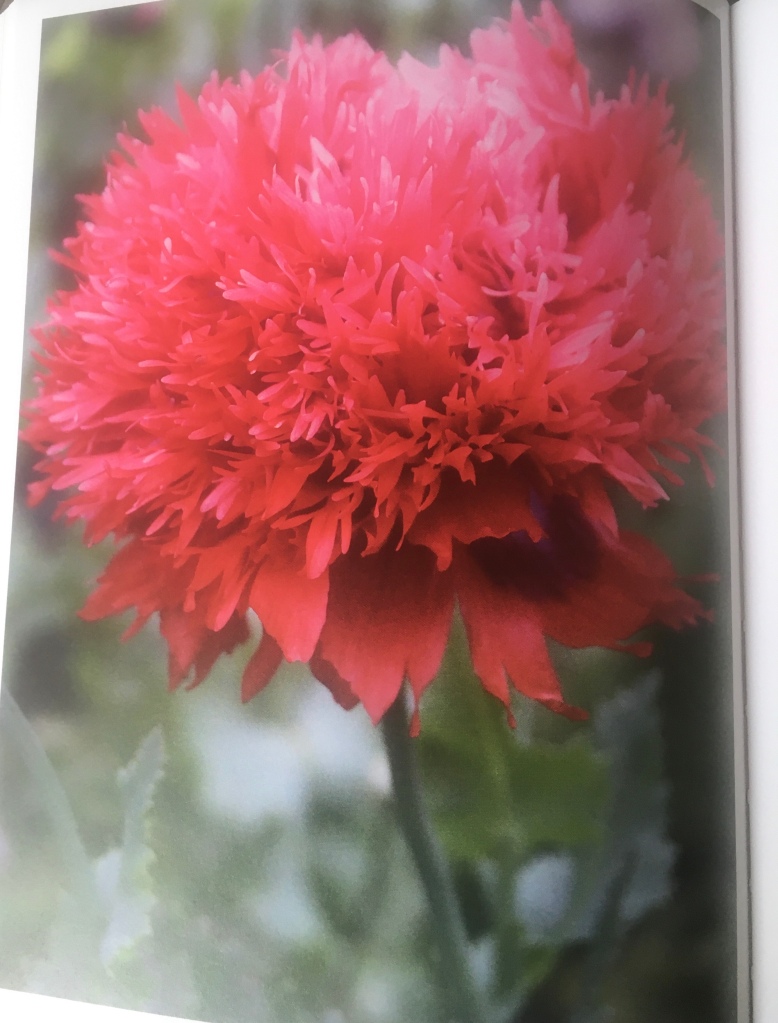
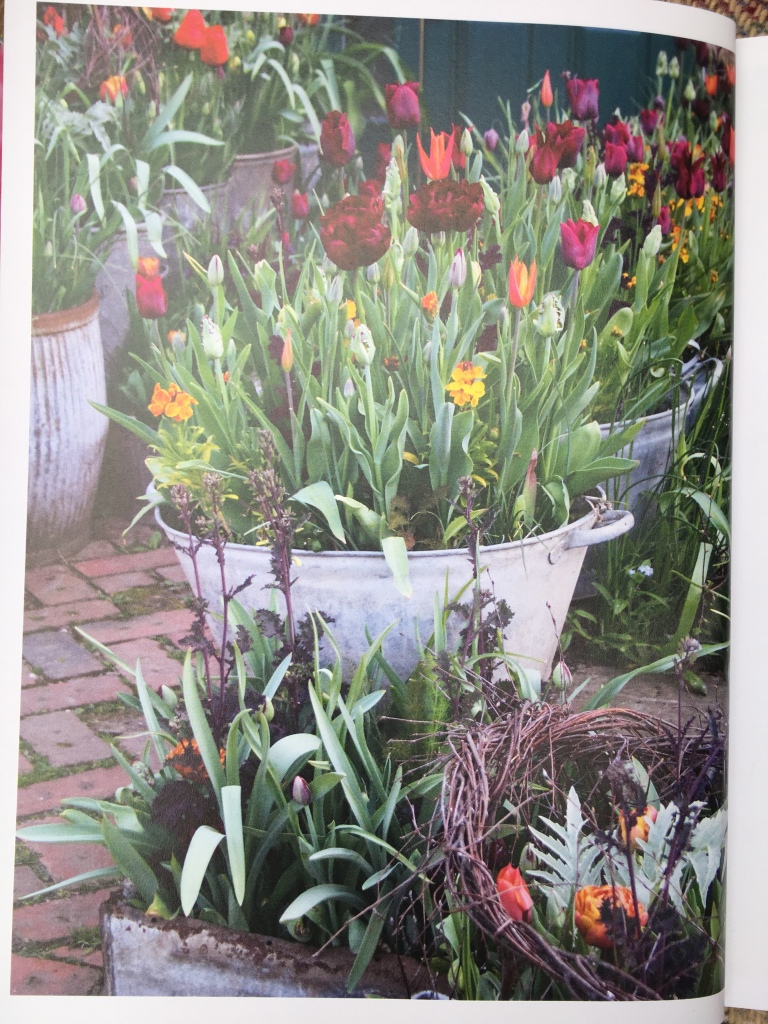

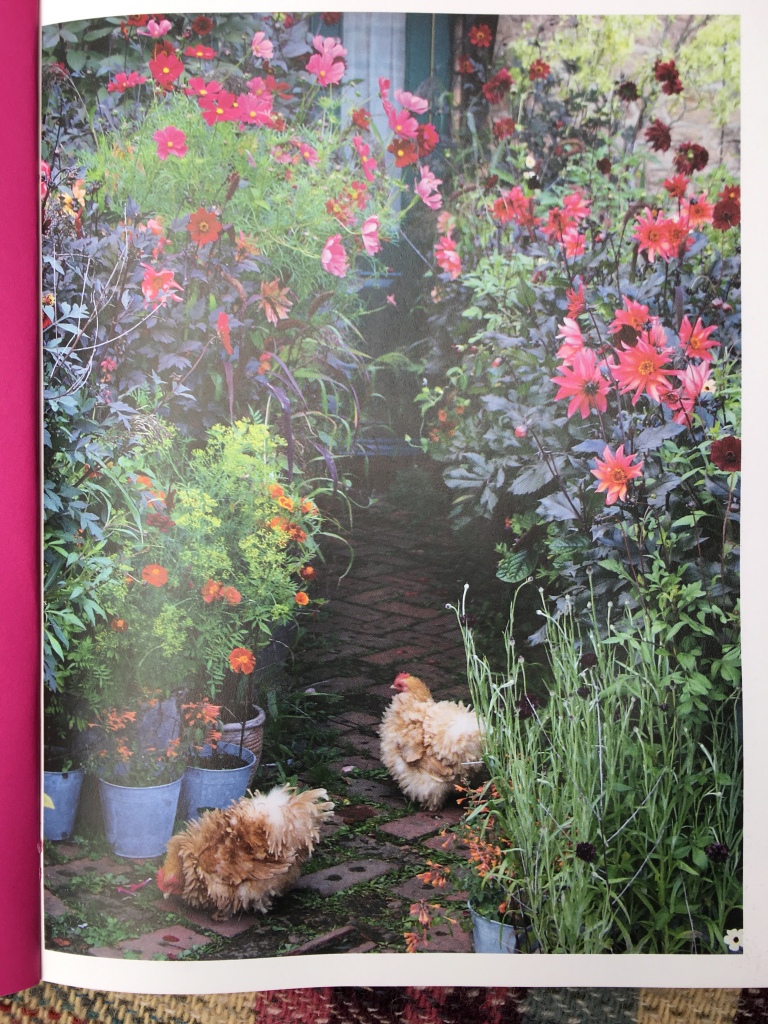
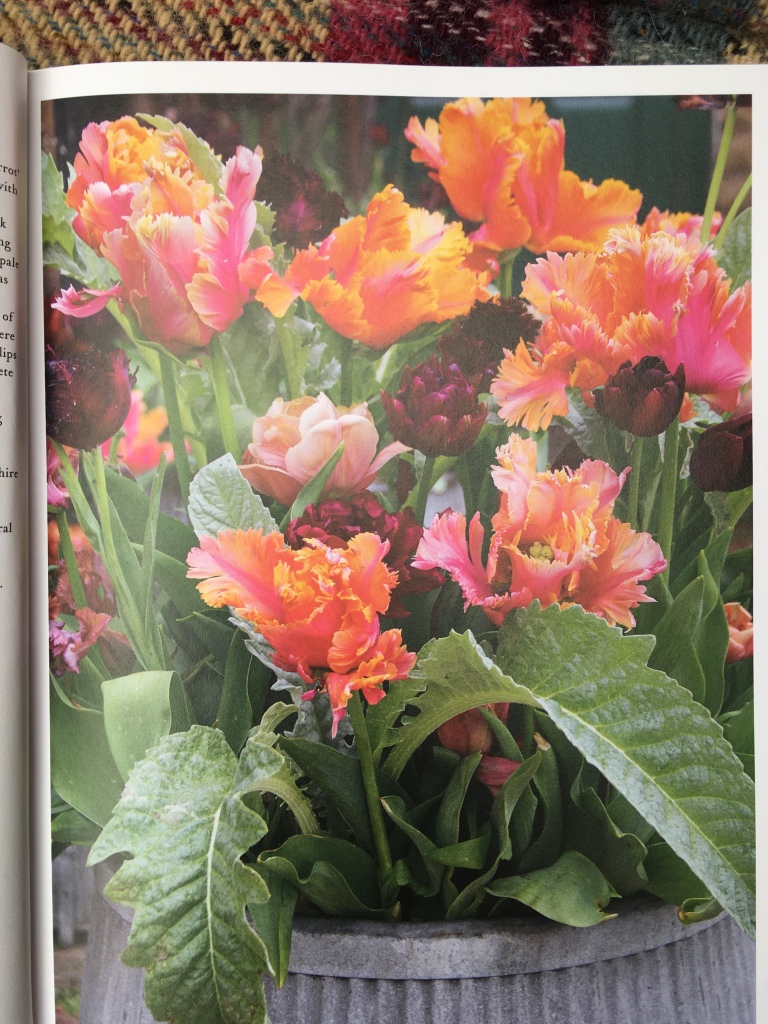








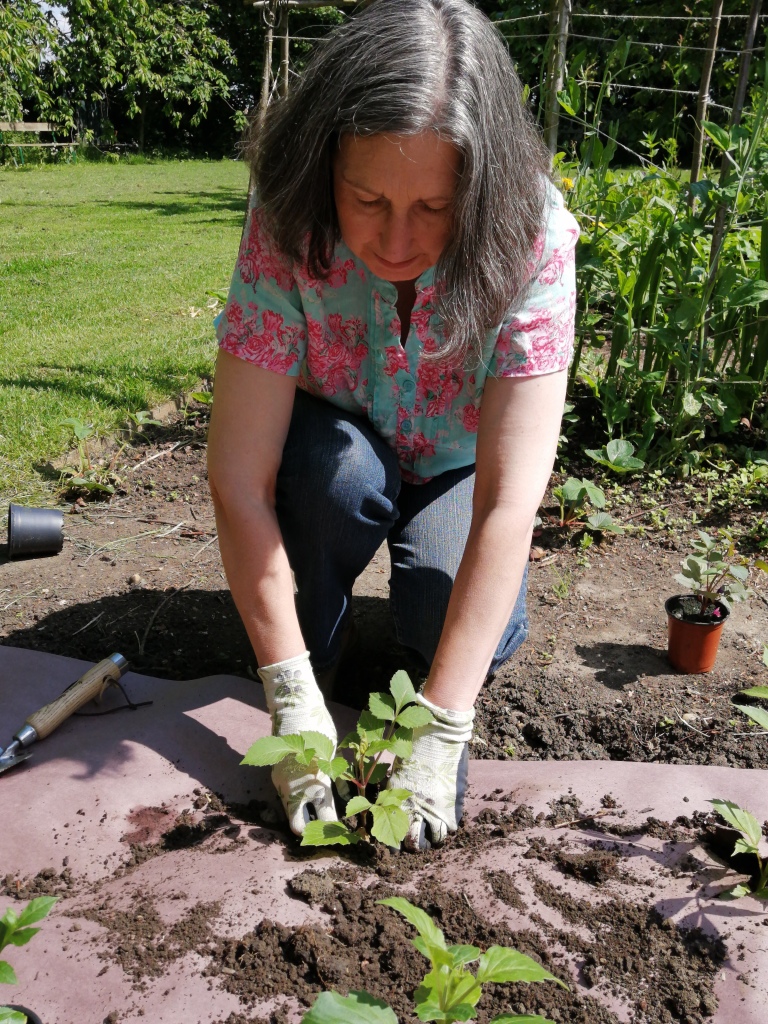
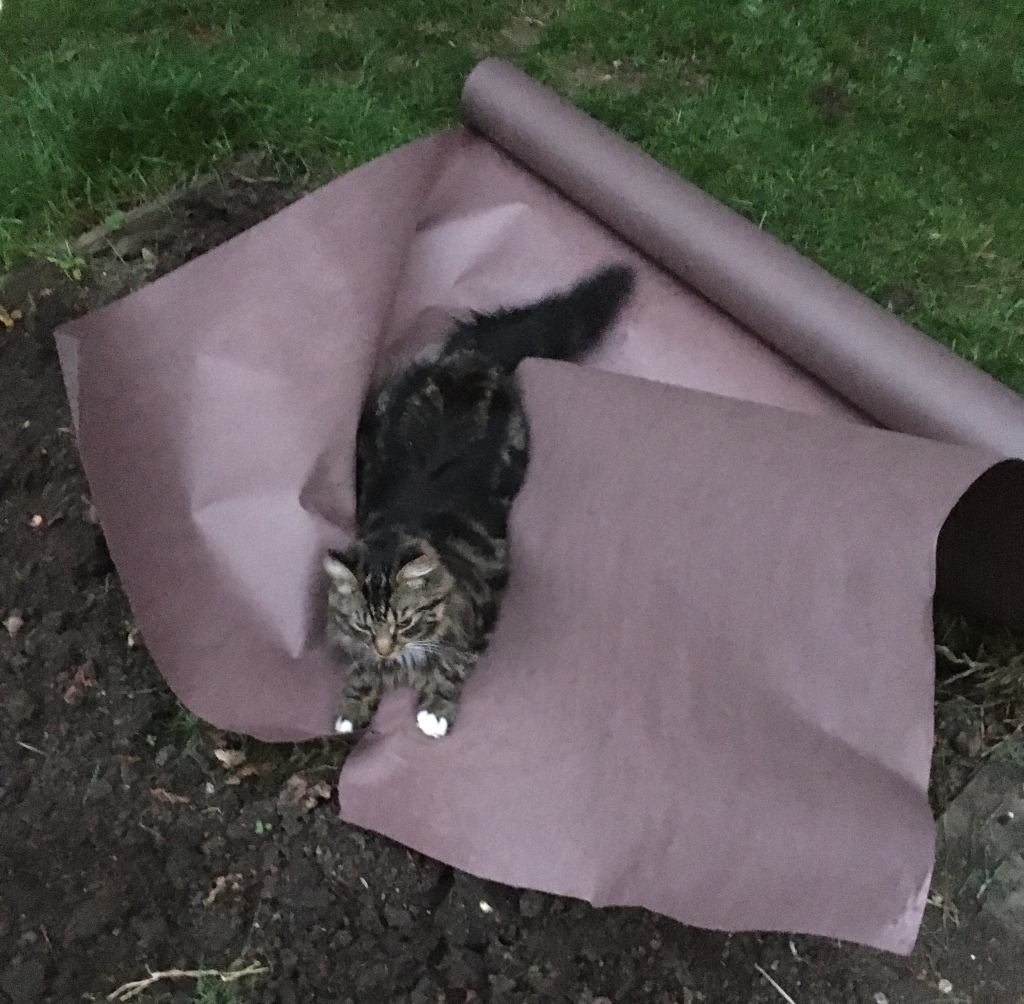

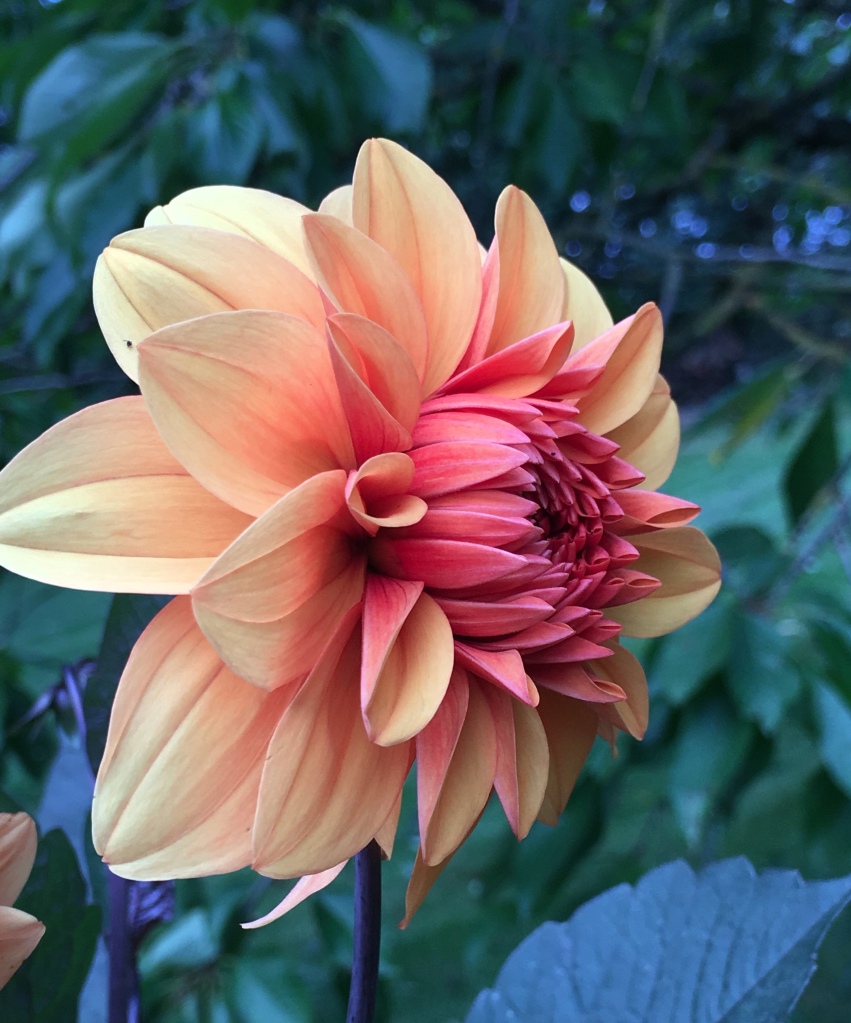














































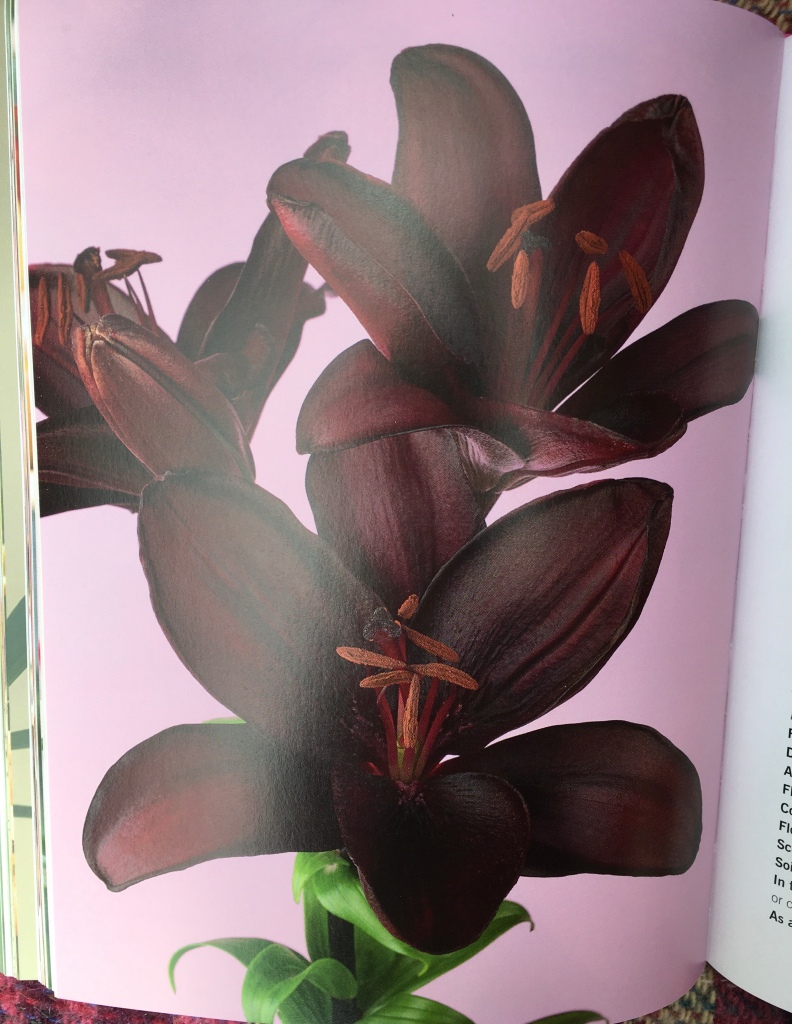


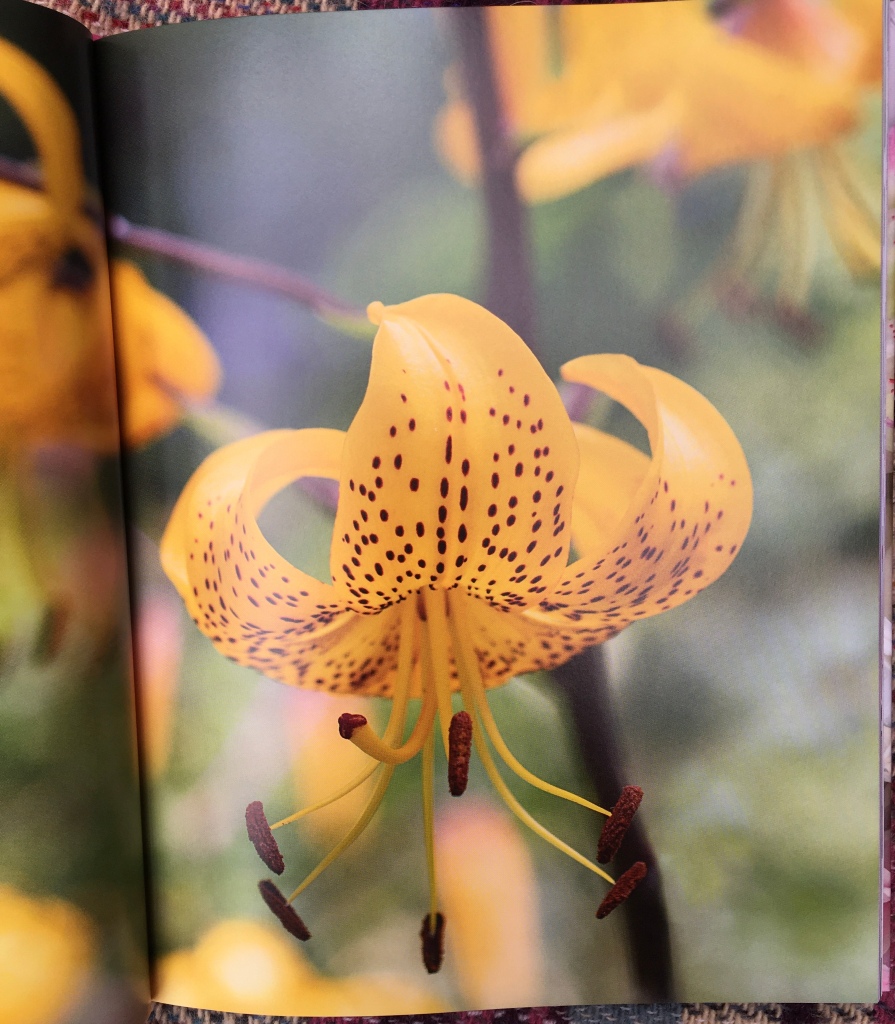












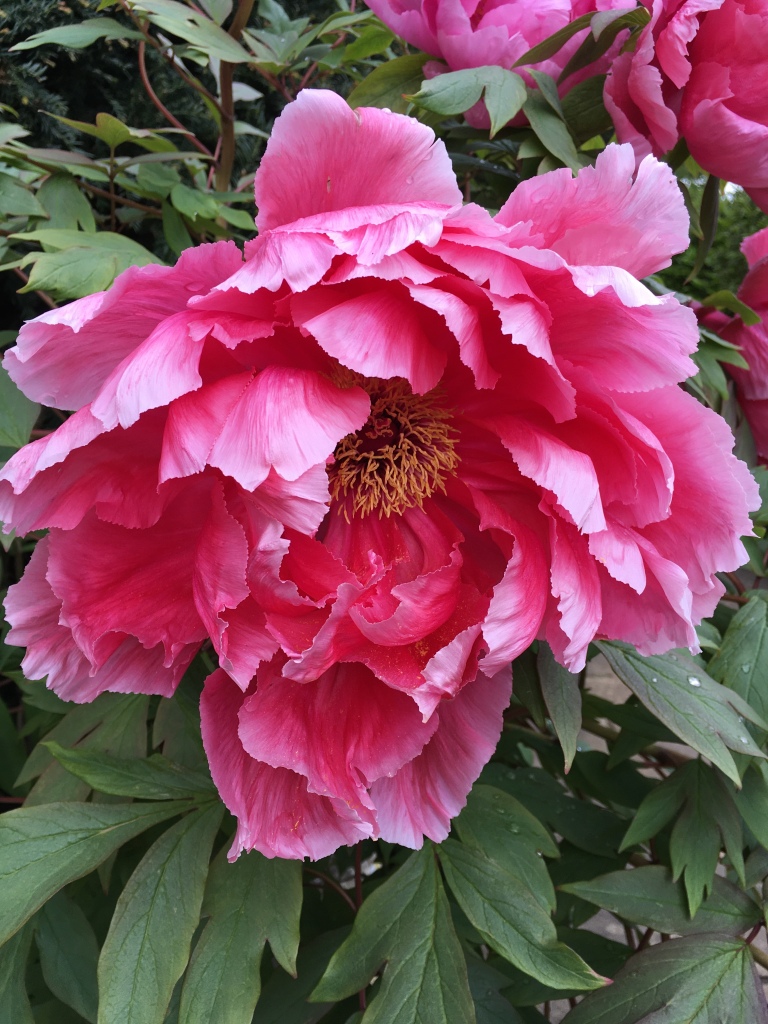
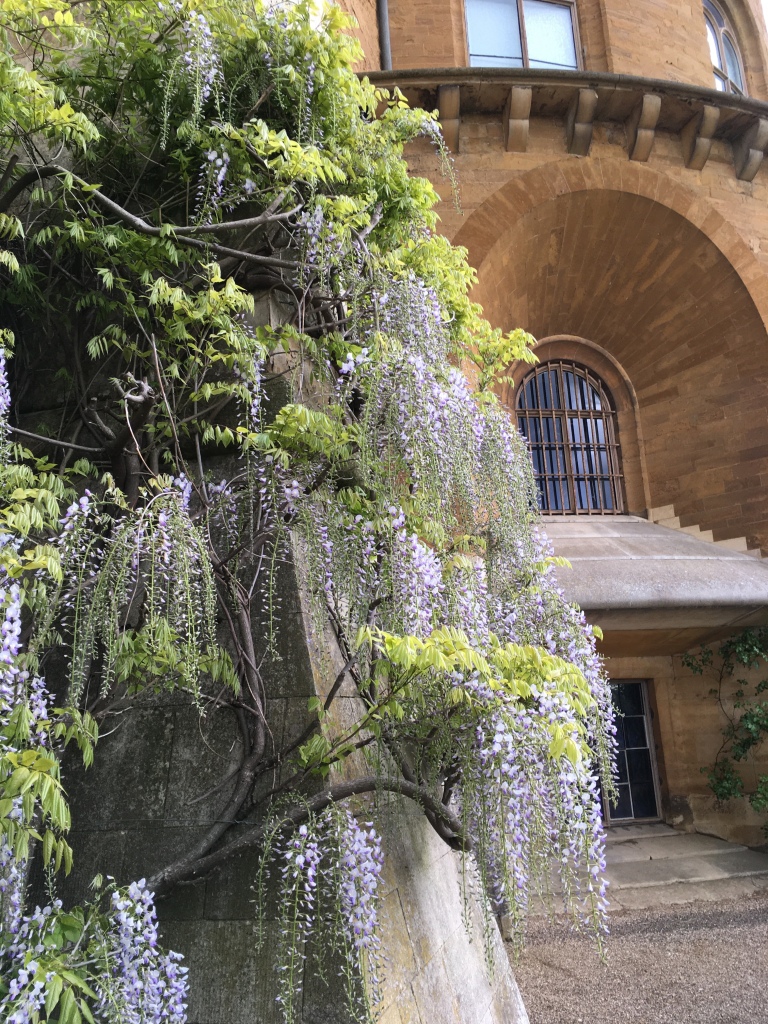

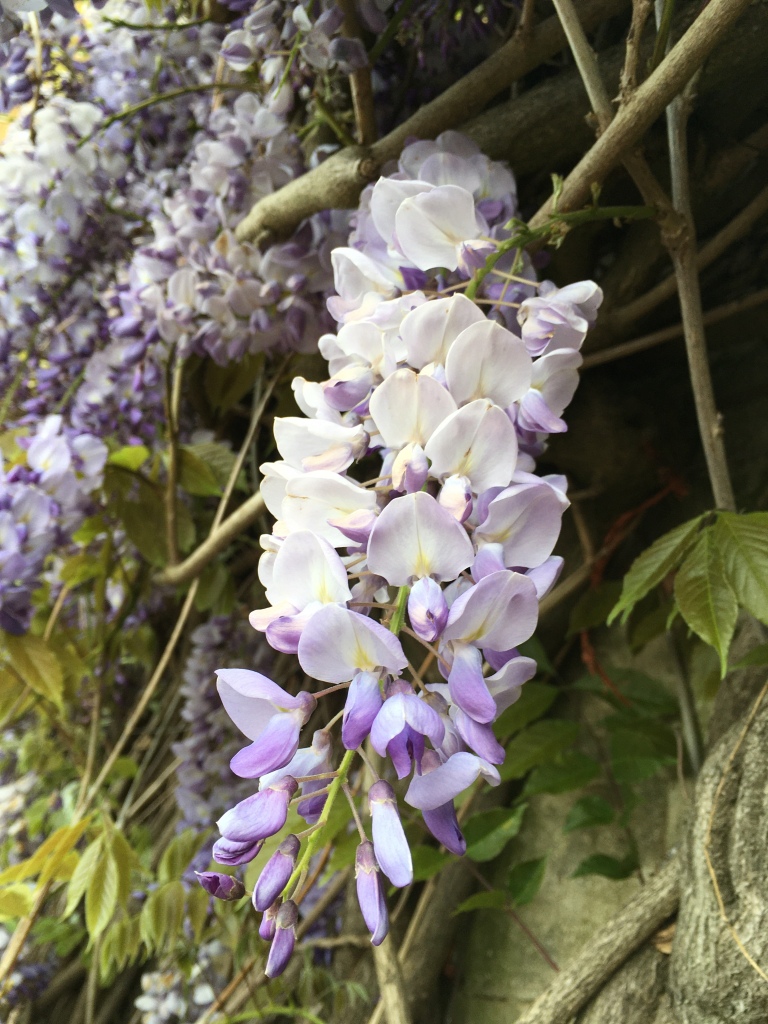
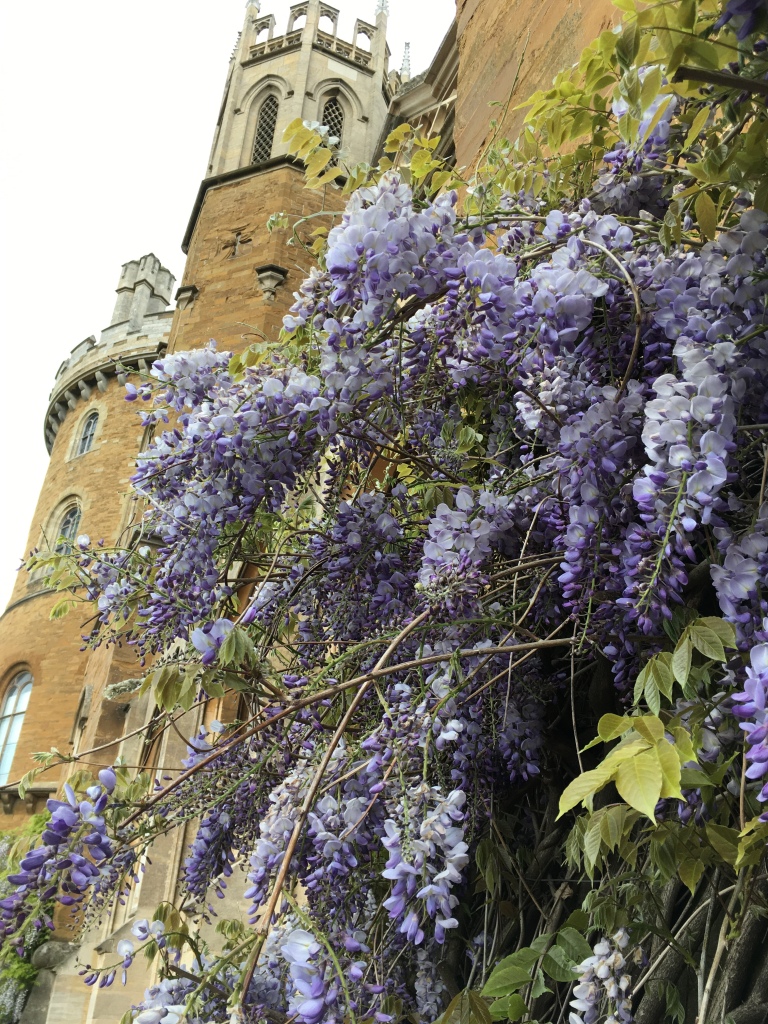
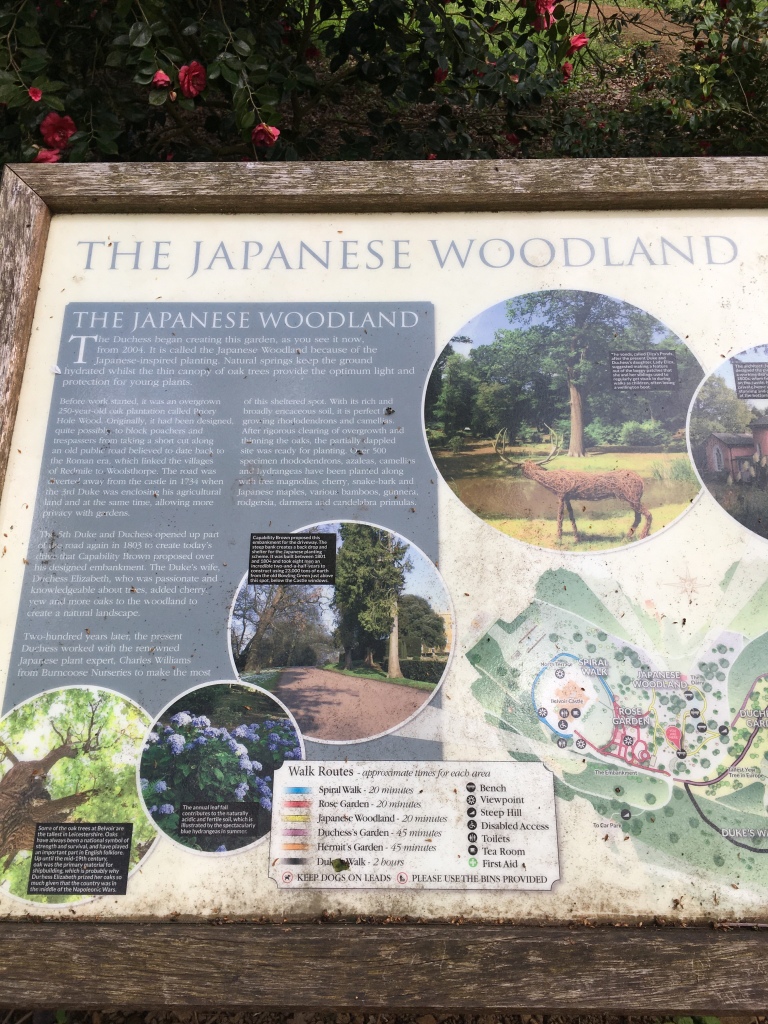
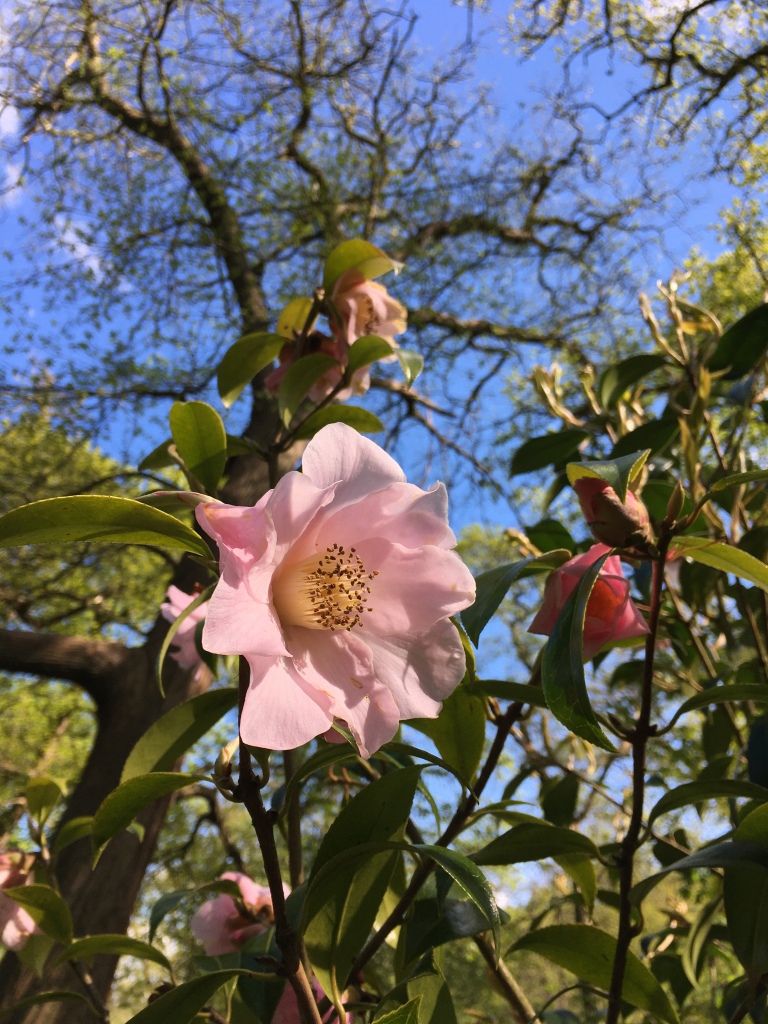
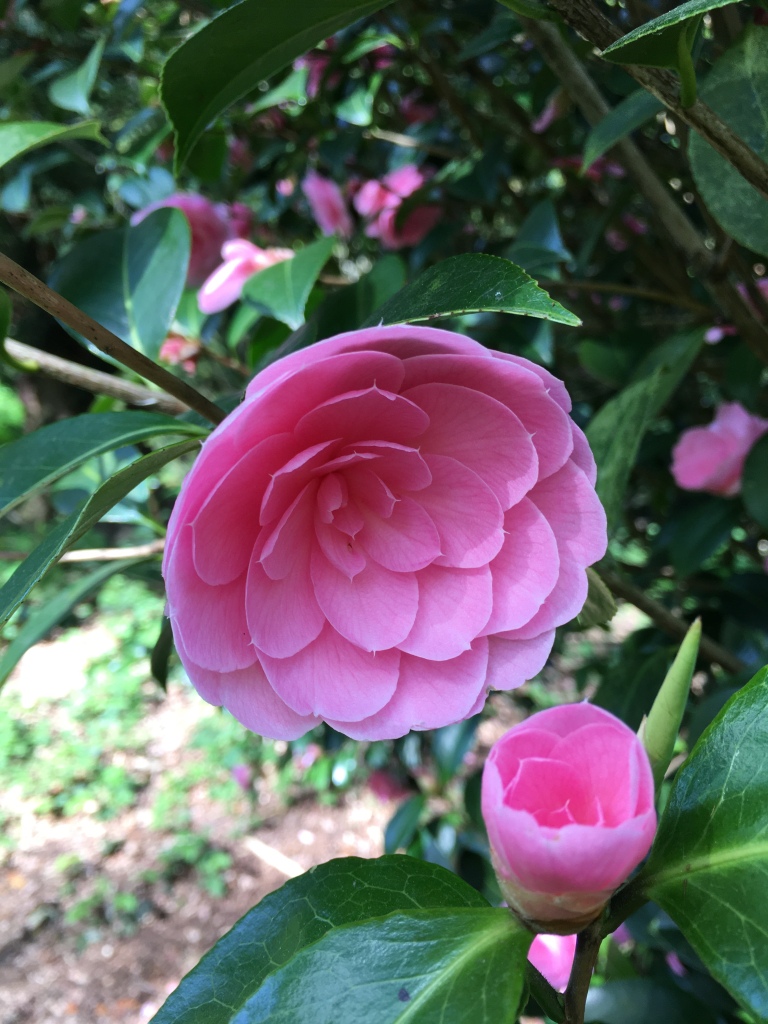
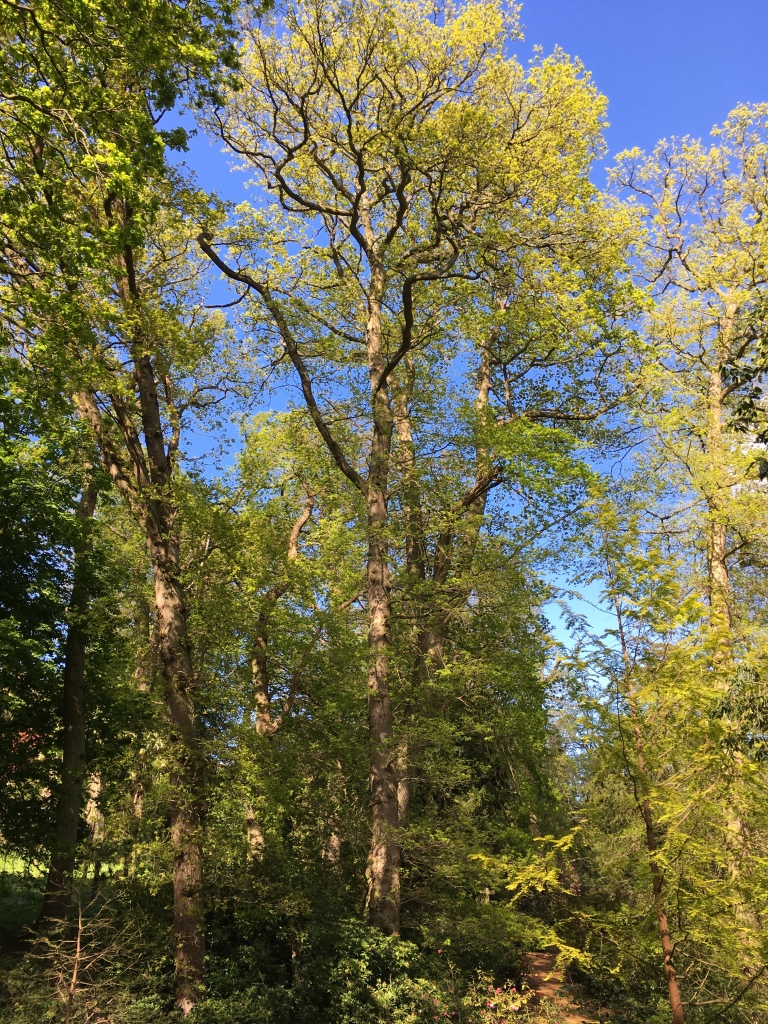
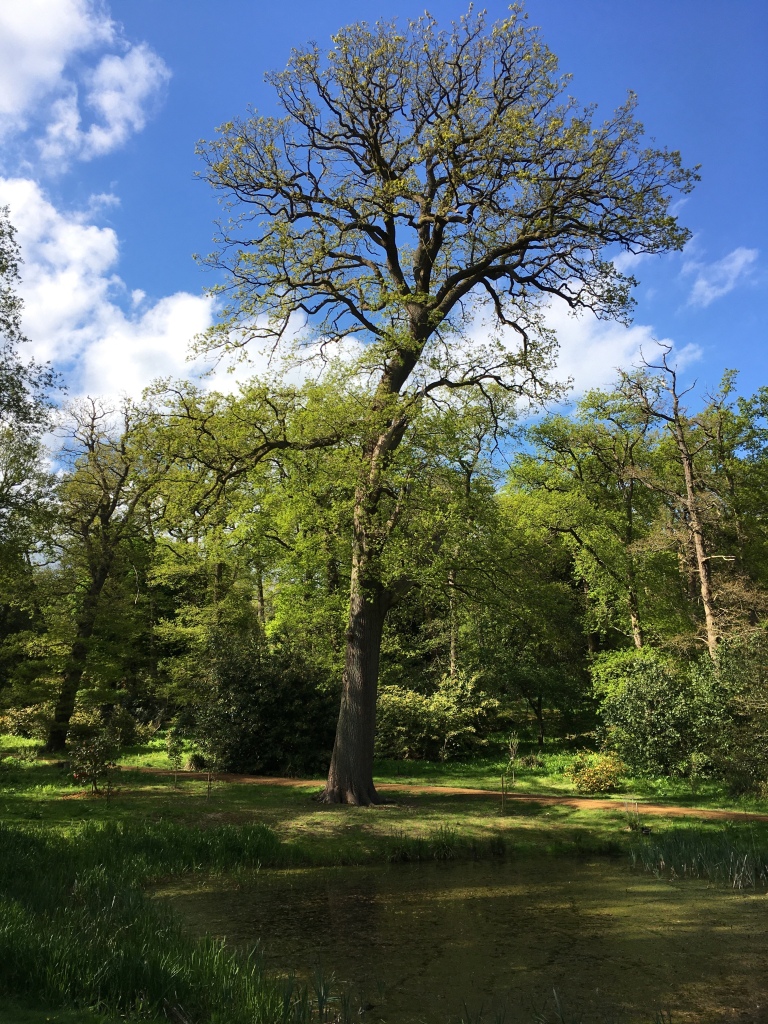
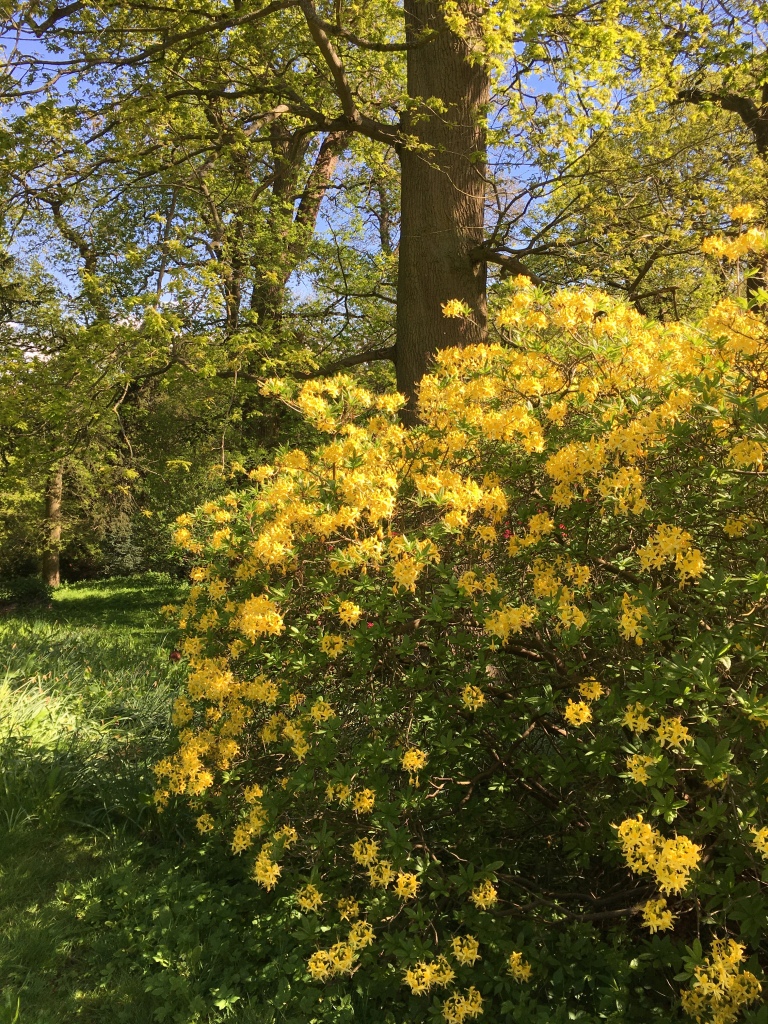
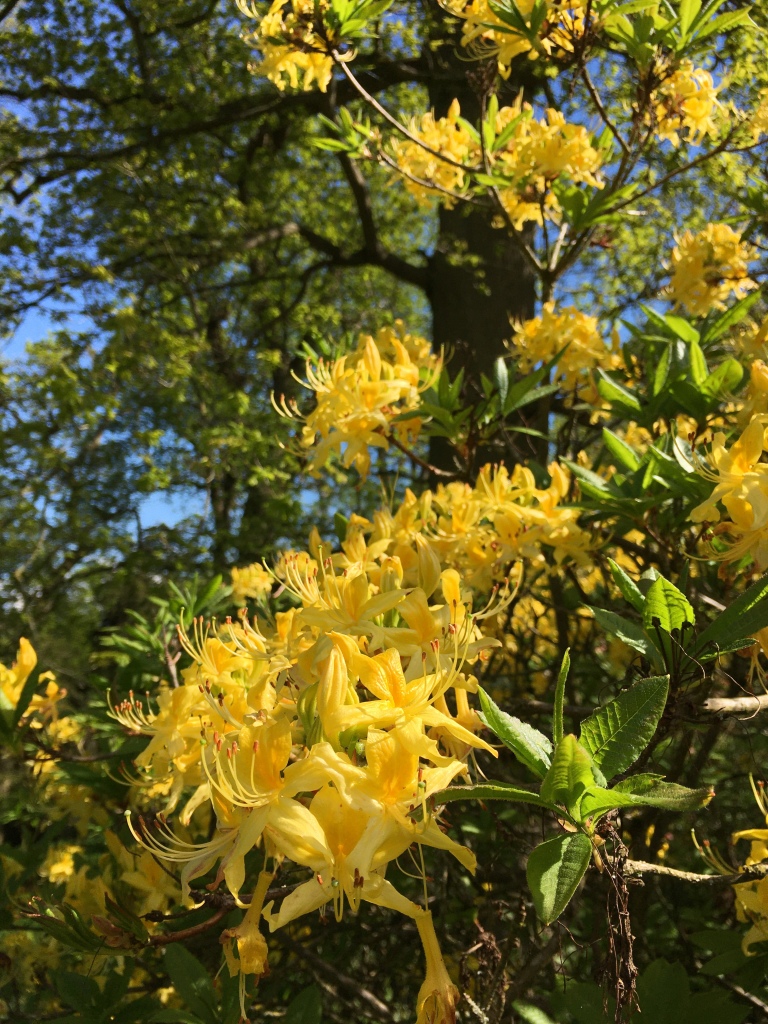
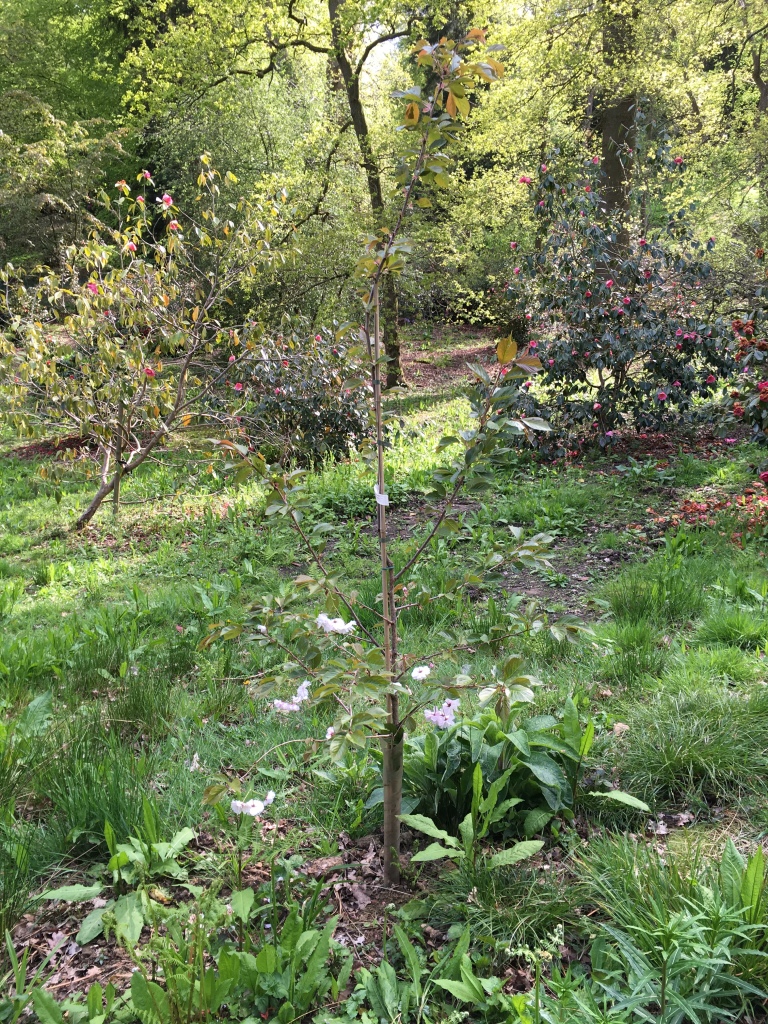
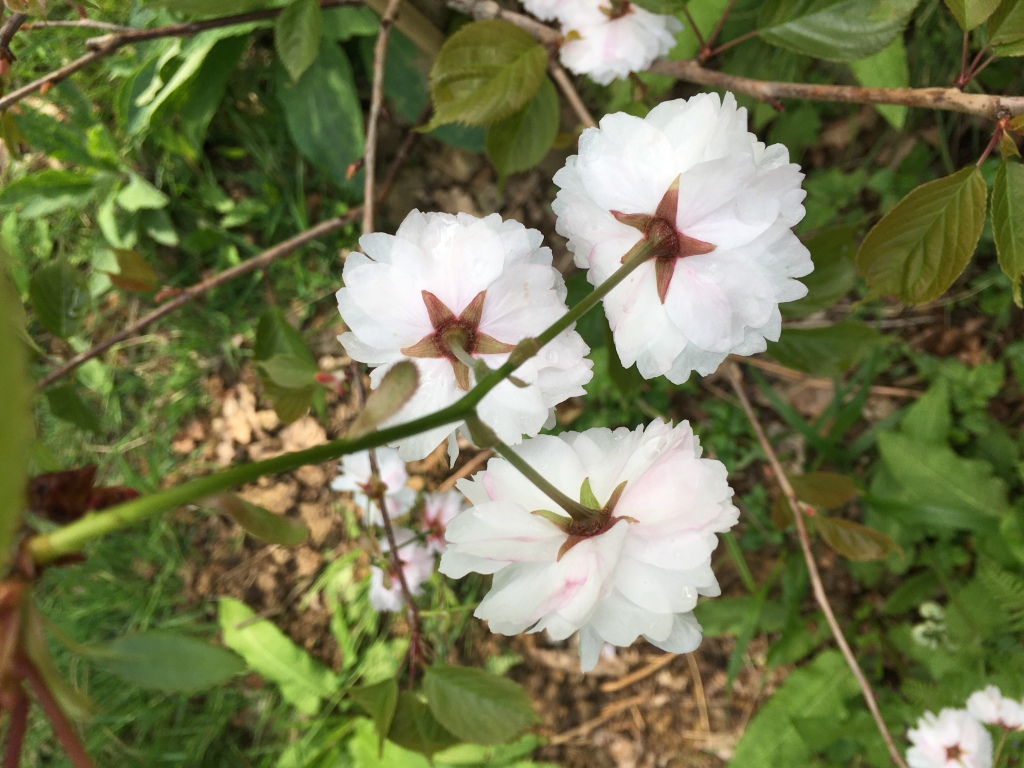
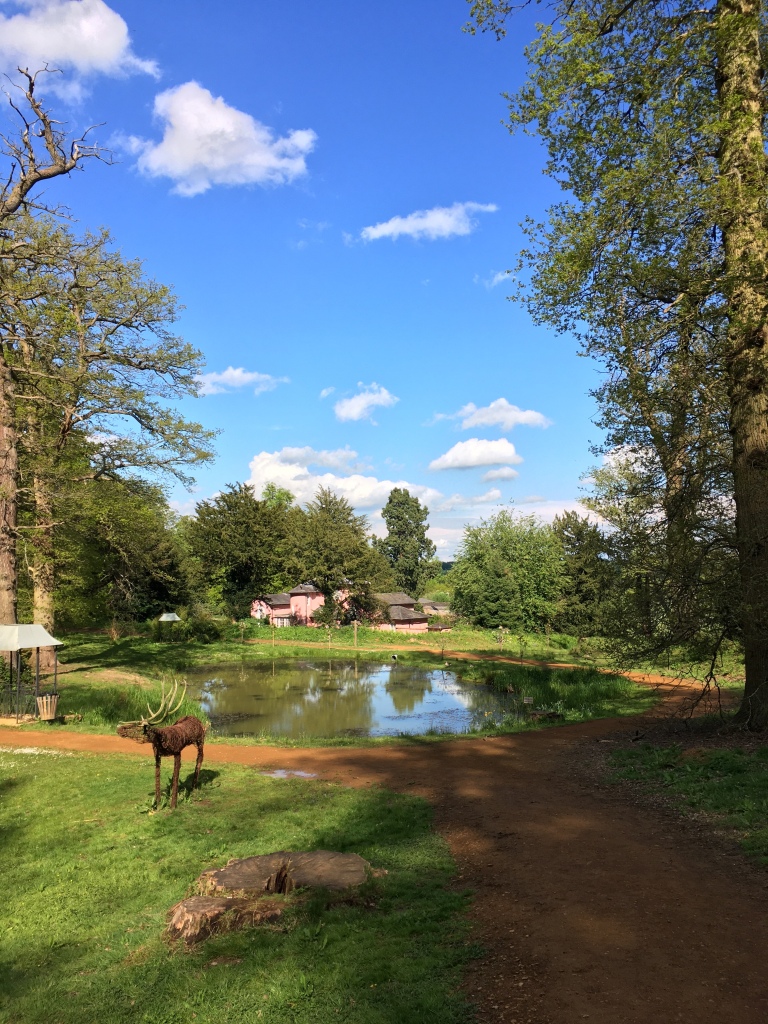
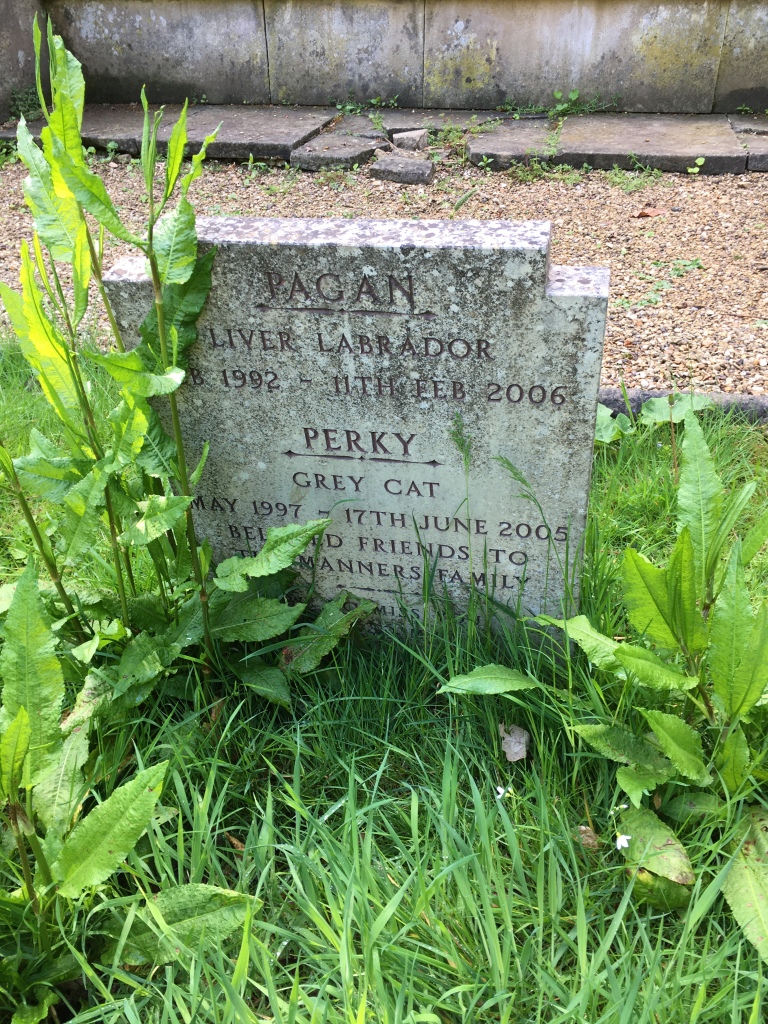
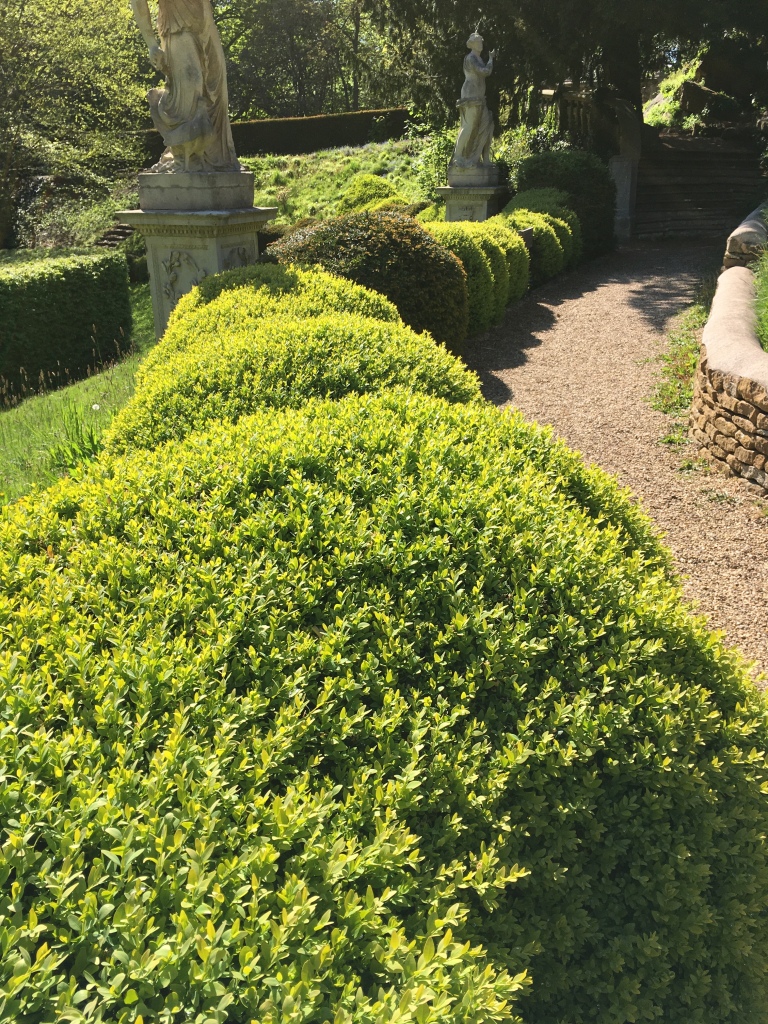
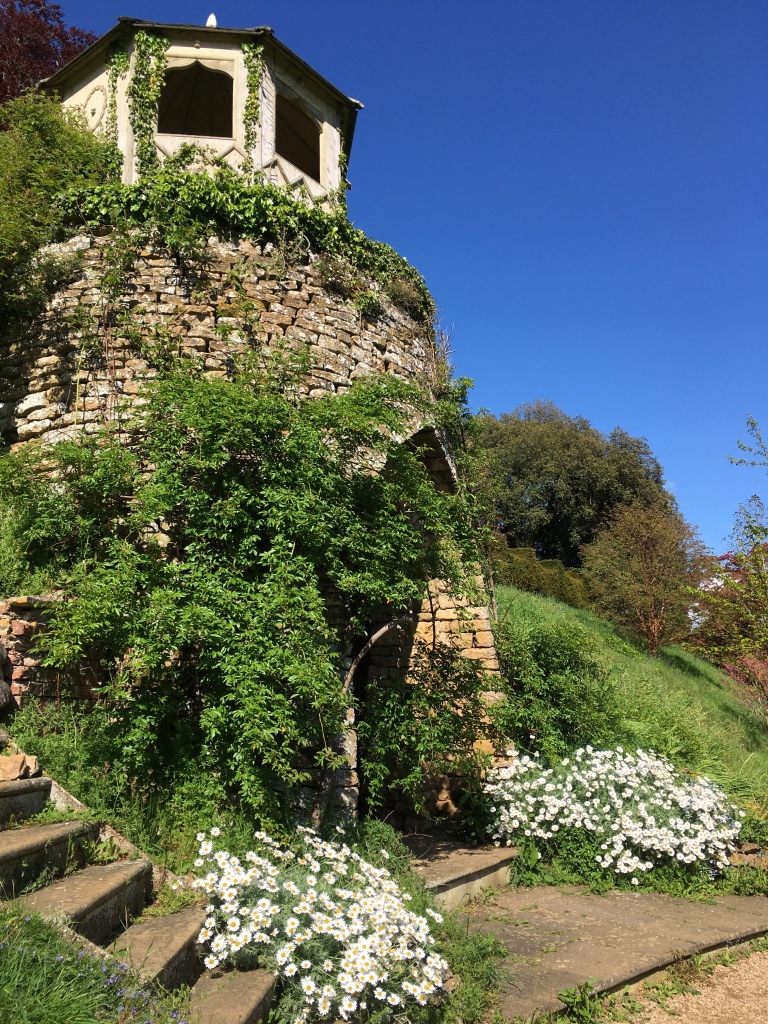
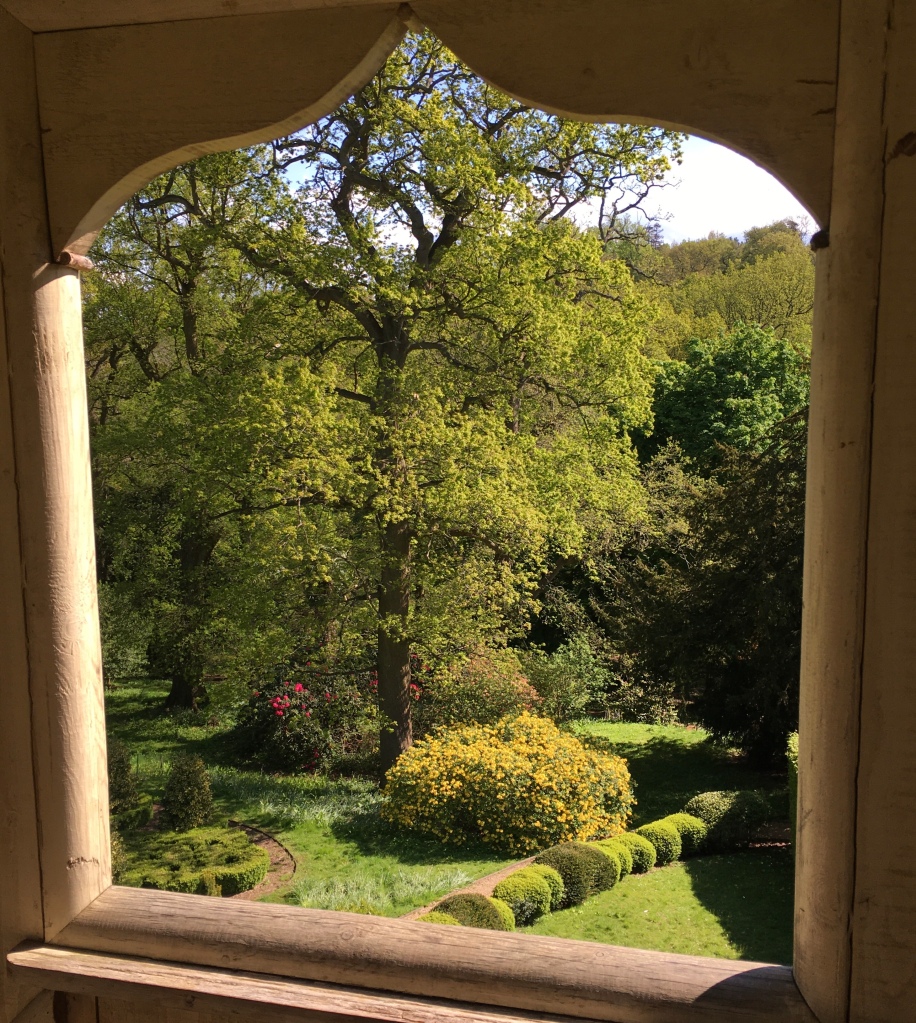
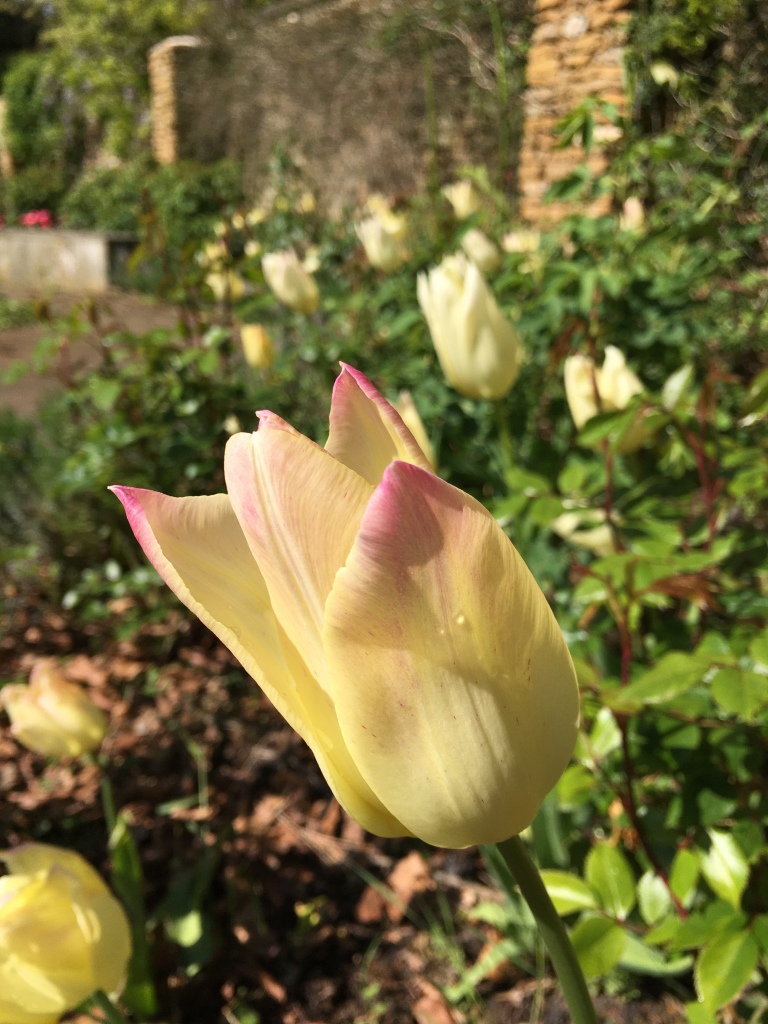

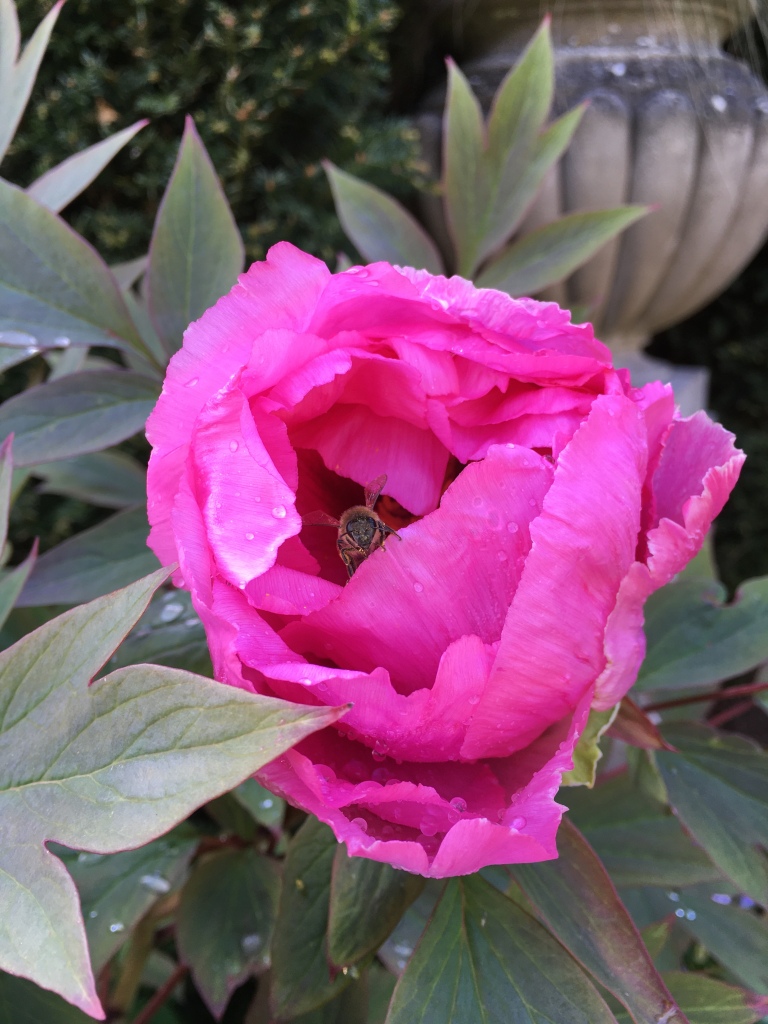
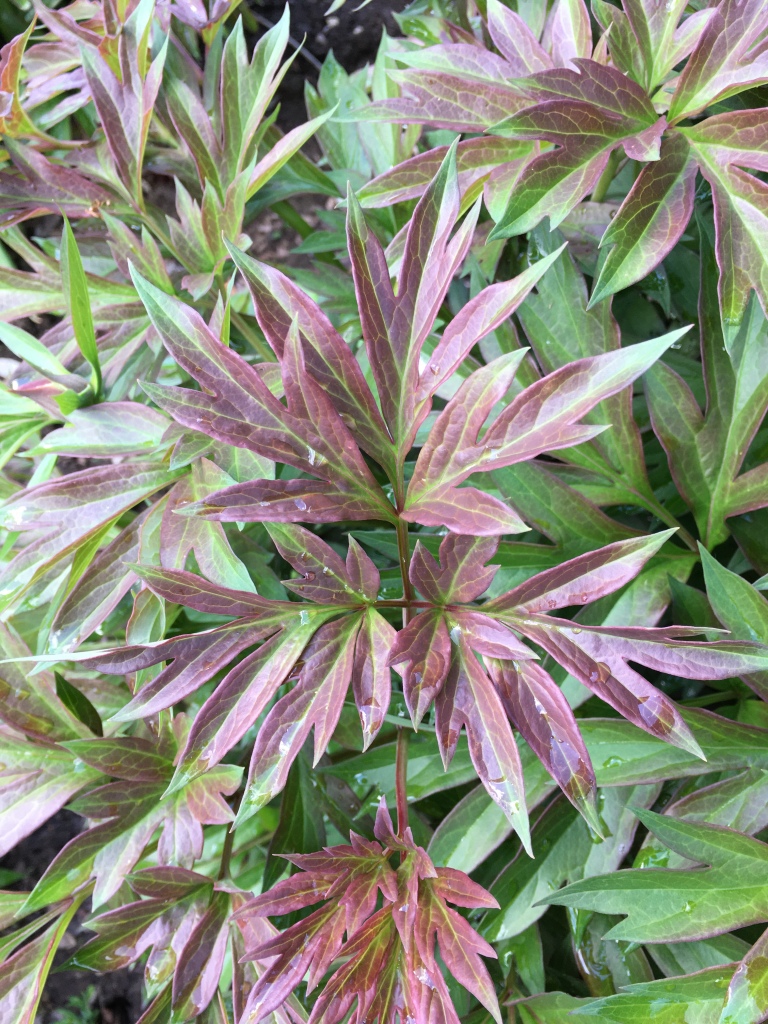

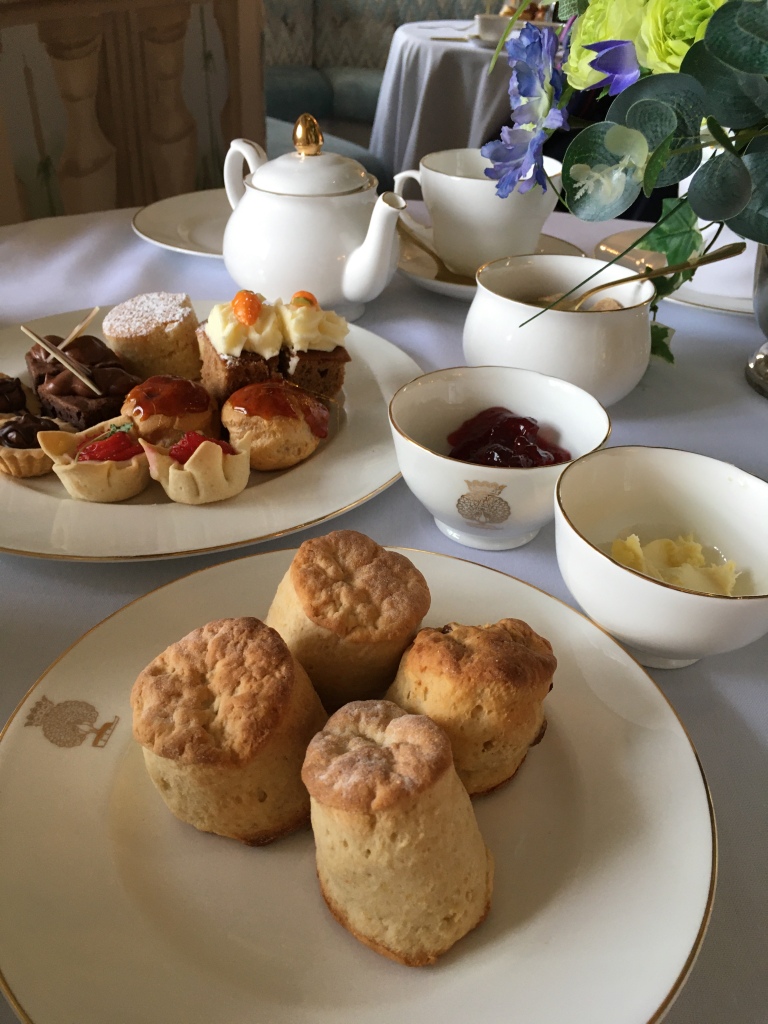
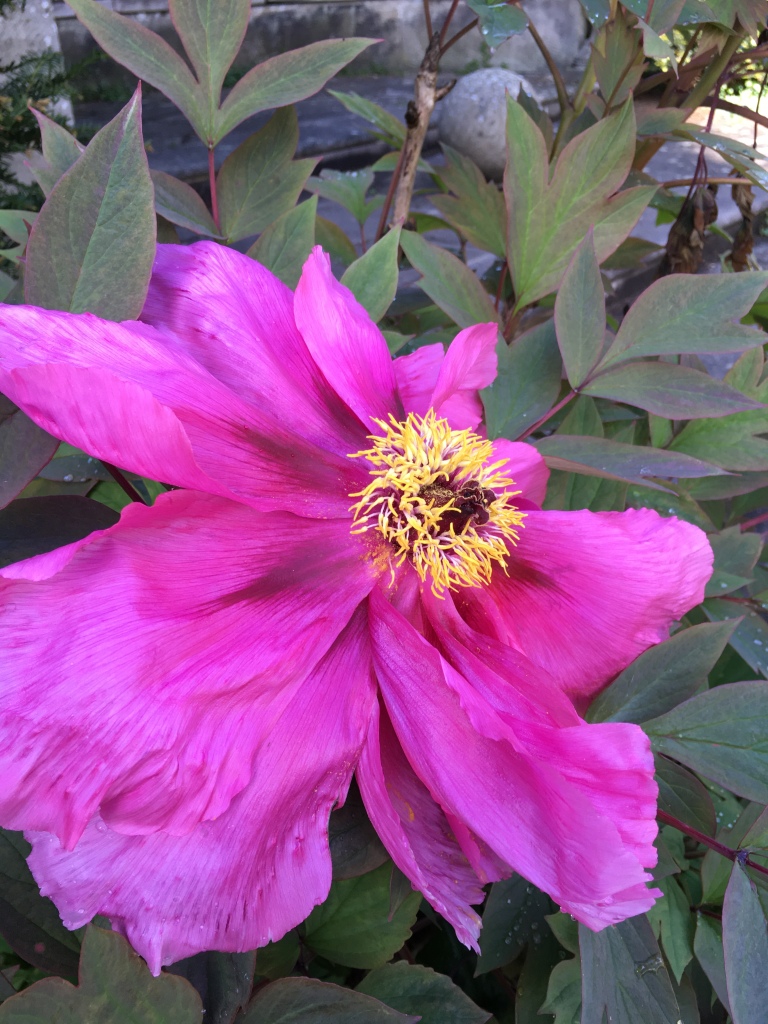













































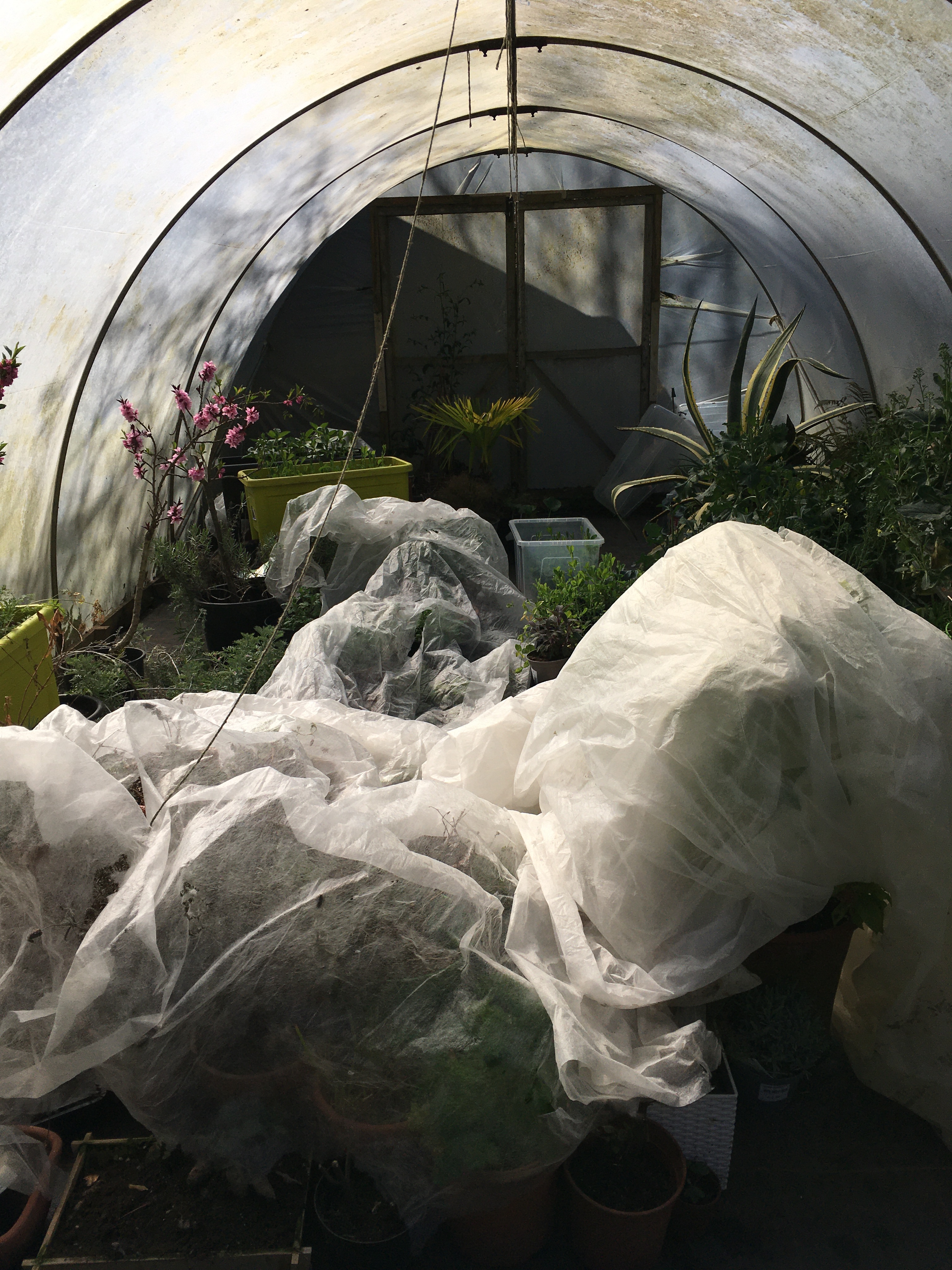






























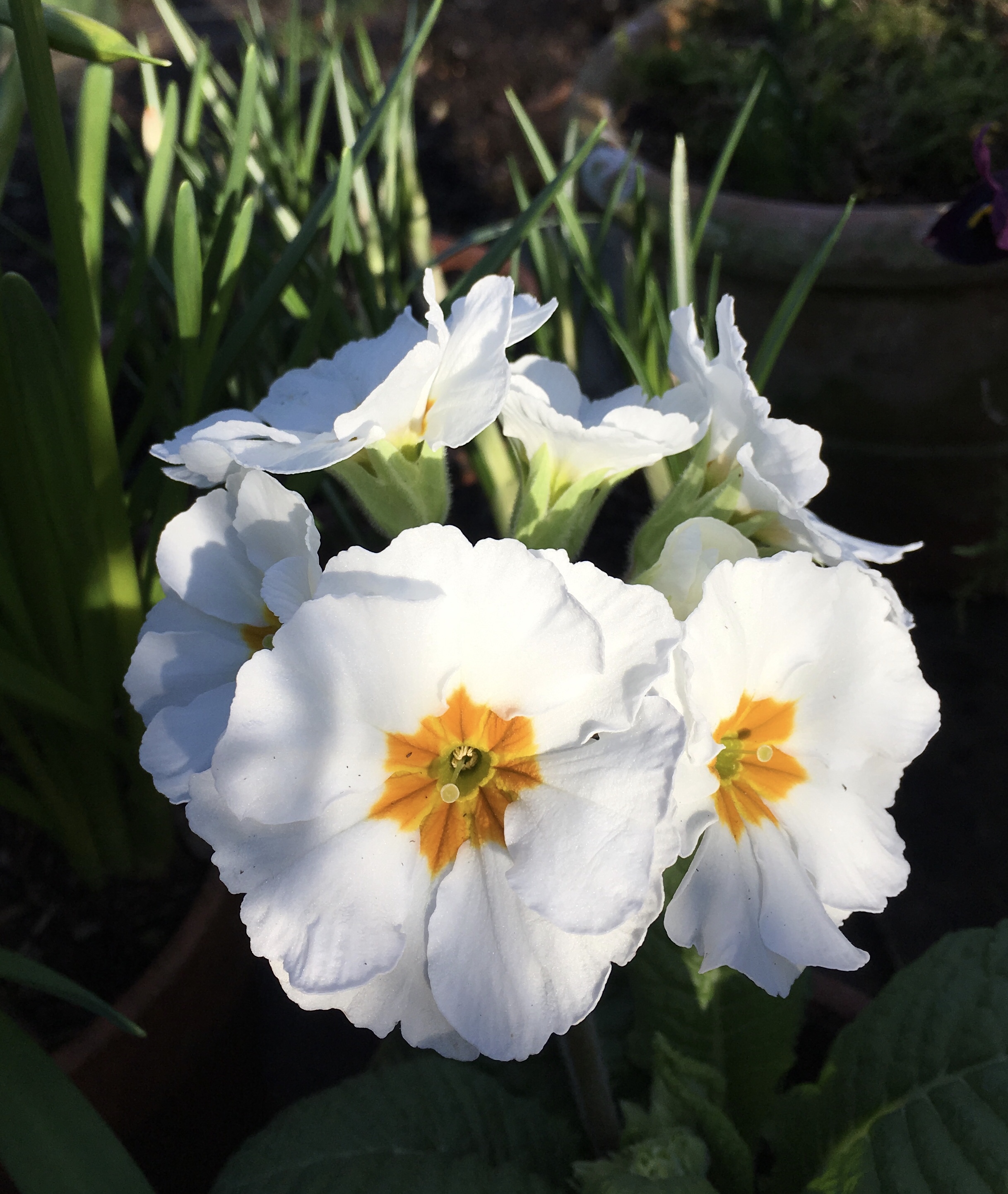


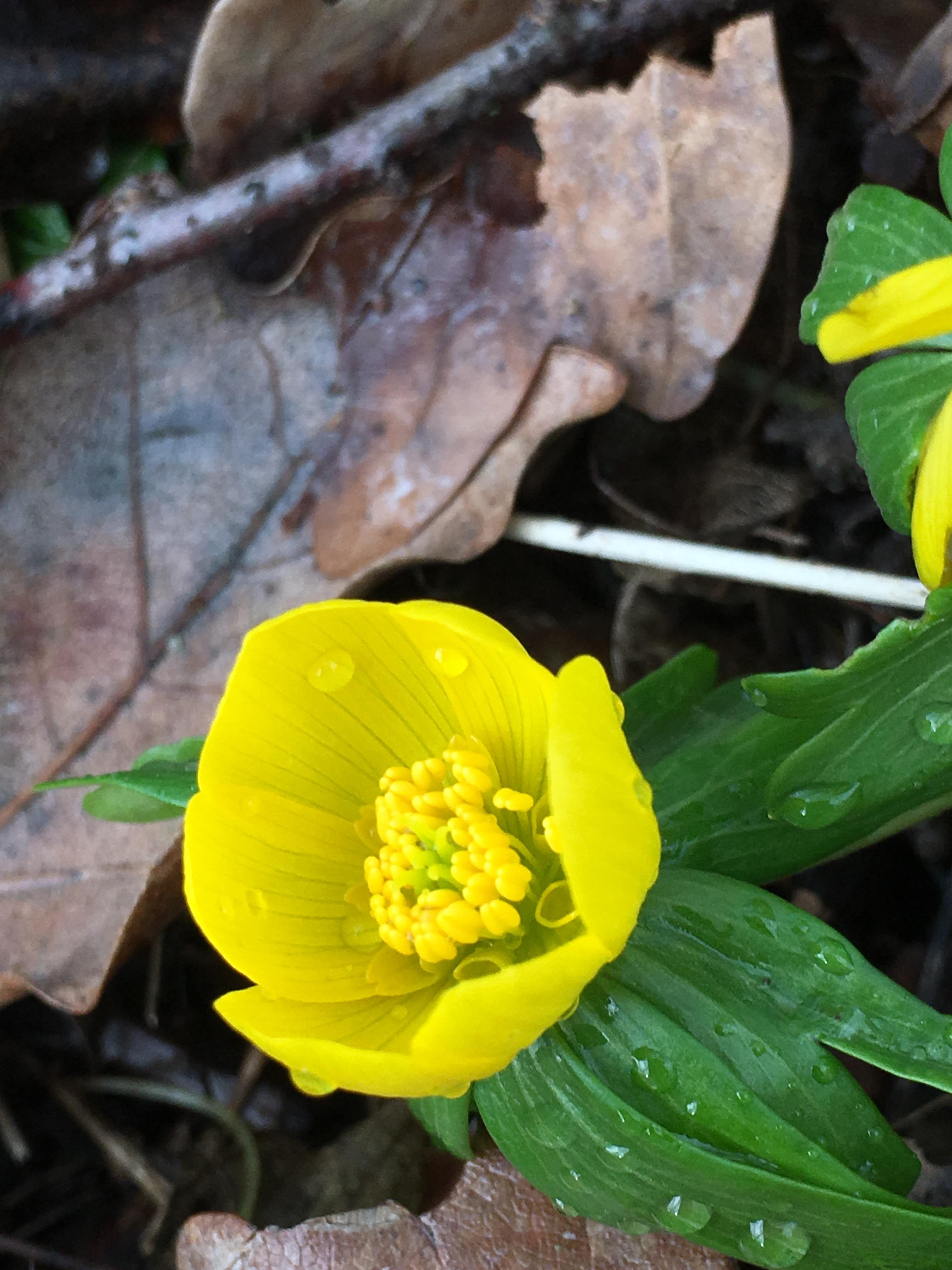
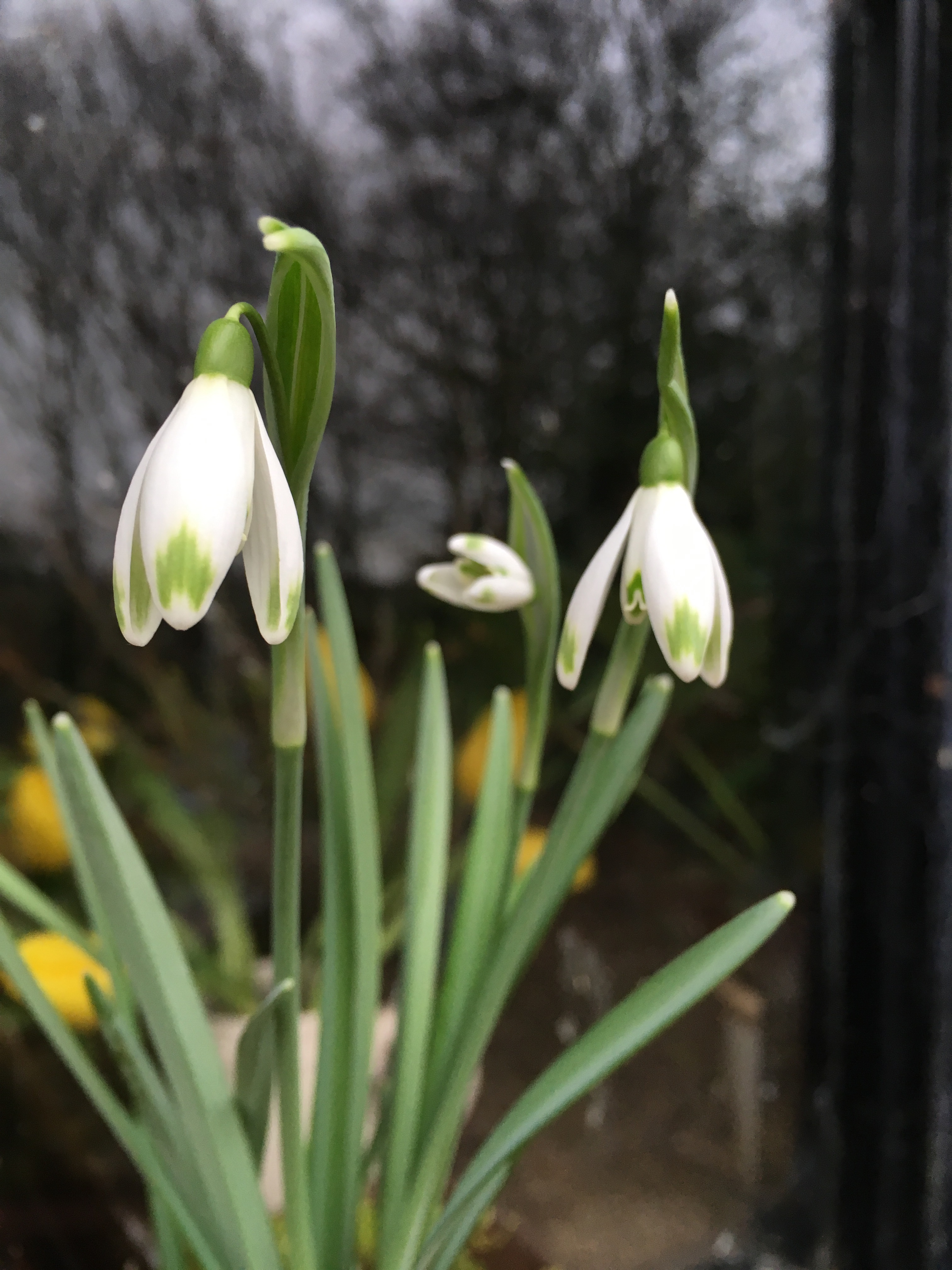















































 A magazine subscription is such good value. There’s often free seeds. And you get the chance to peek into my greenhouse, potting shed and poly tunnel once a month, as I write a regular column all about what I’m growing on the plot.
A magazine subscription is such good value. There’s often free seeds. And you get the chance to peek into my greenhouse, potting shed and poly tunnel once a month, as I write a regular column all about what I’m growing on the plot.
















































































































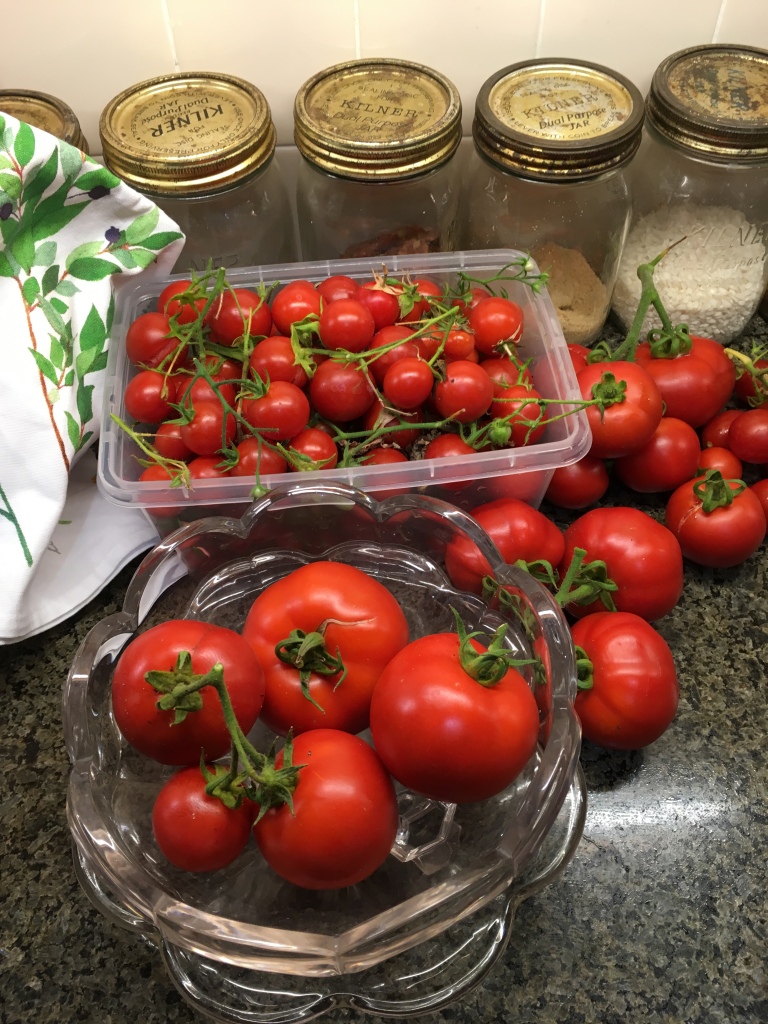
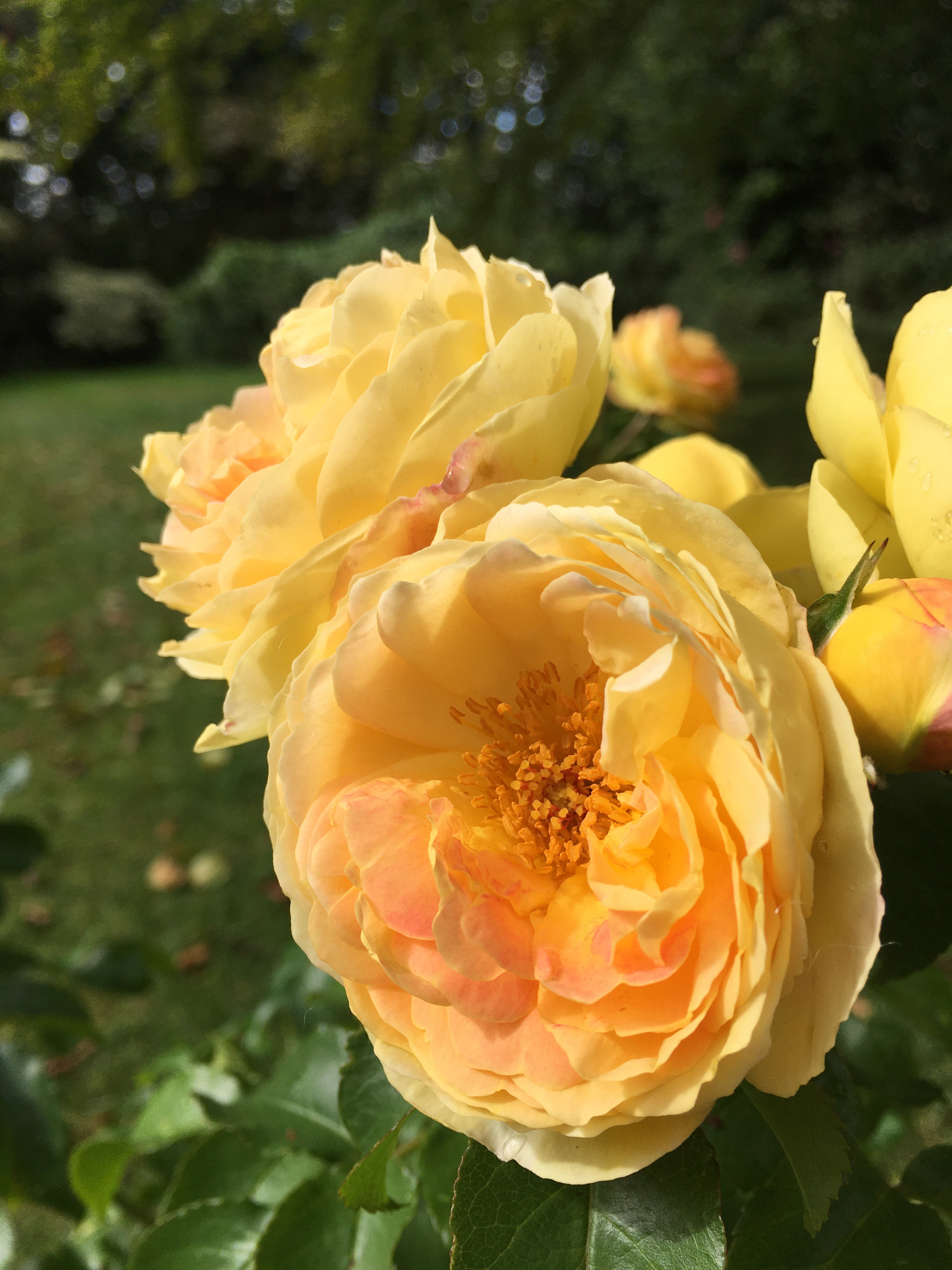
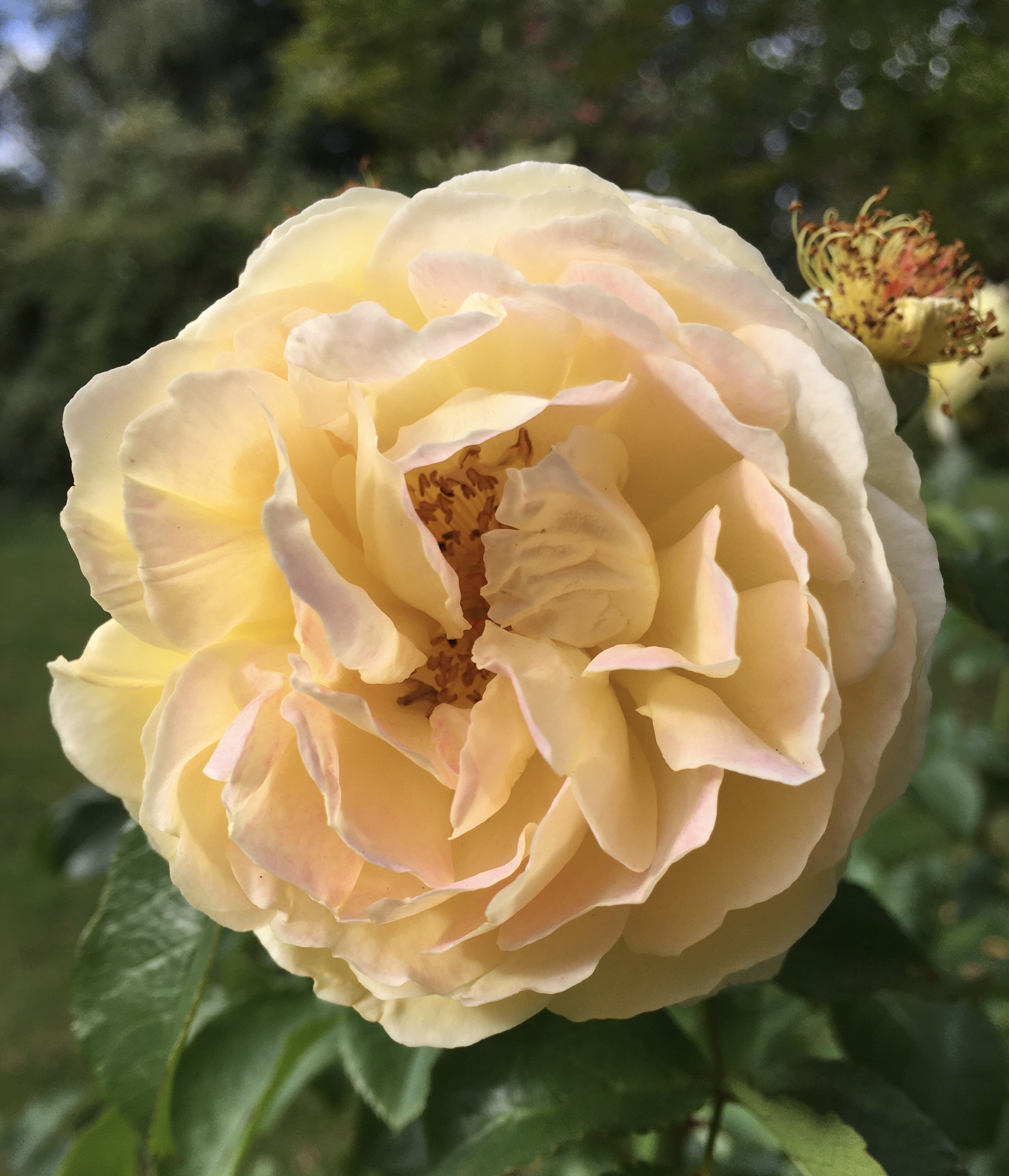
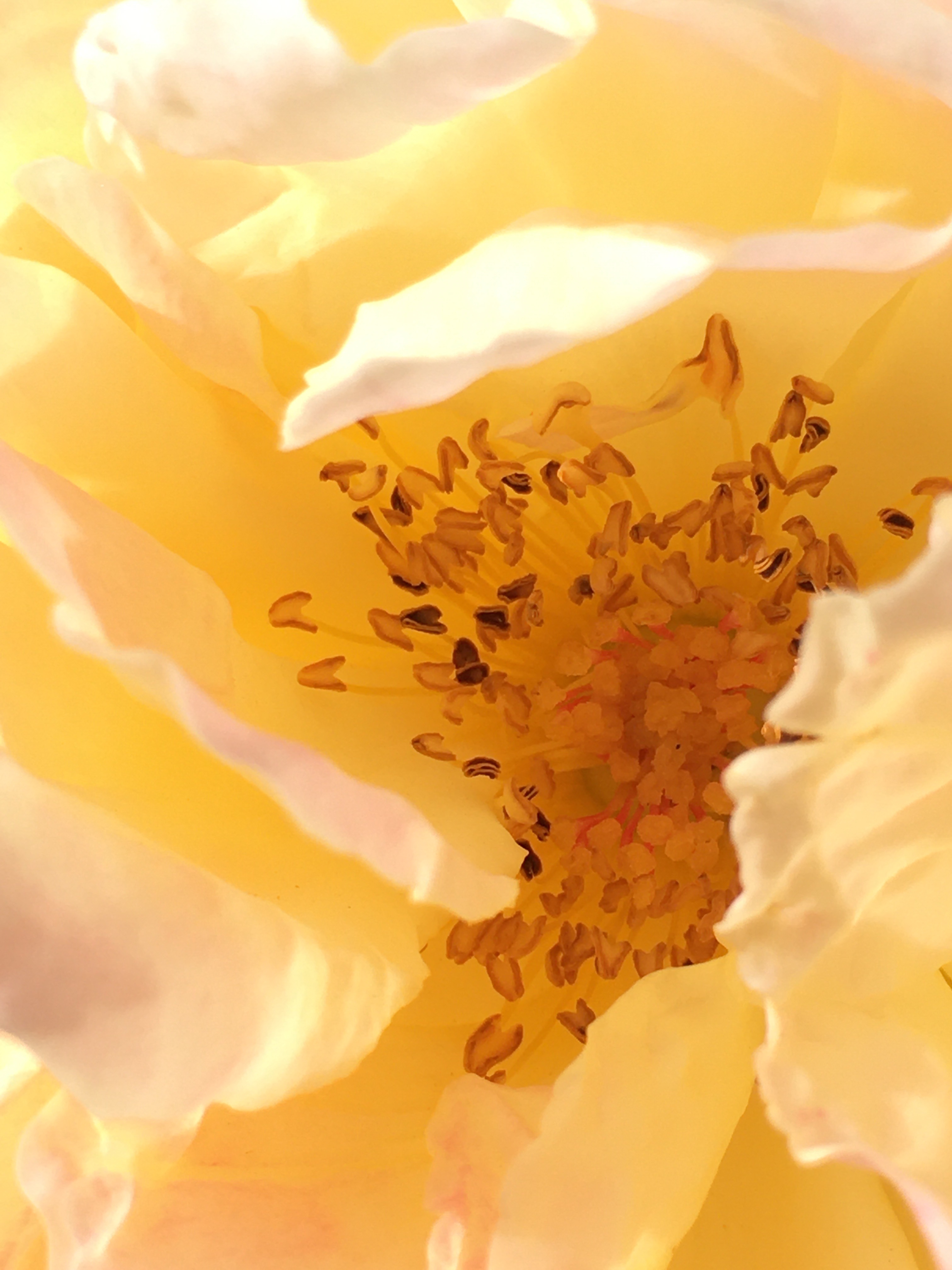
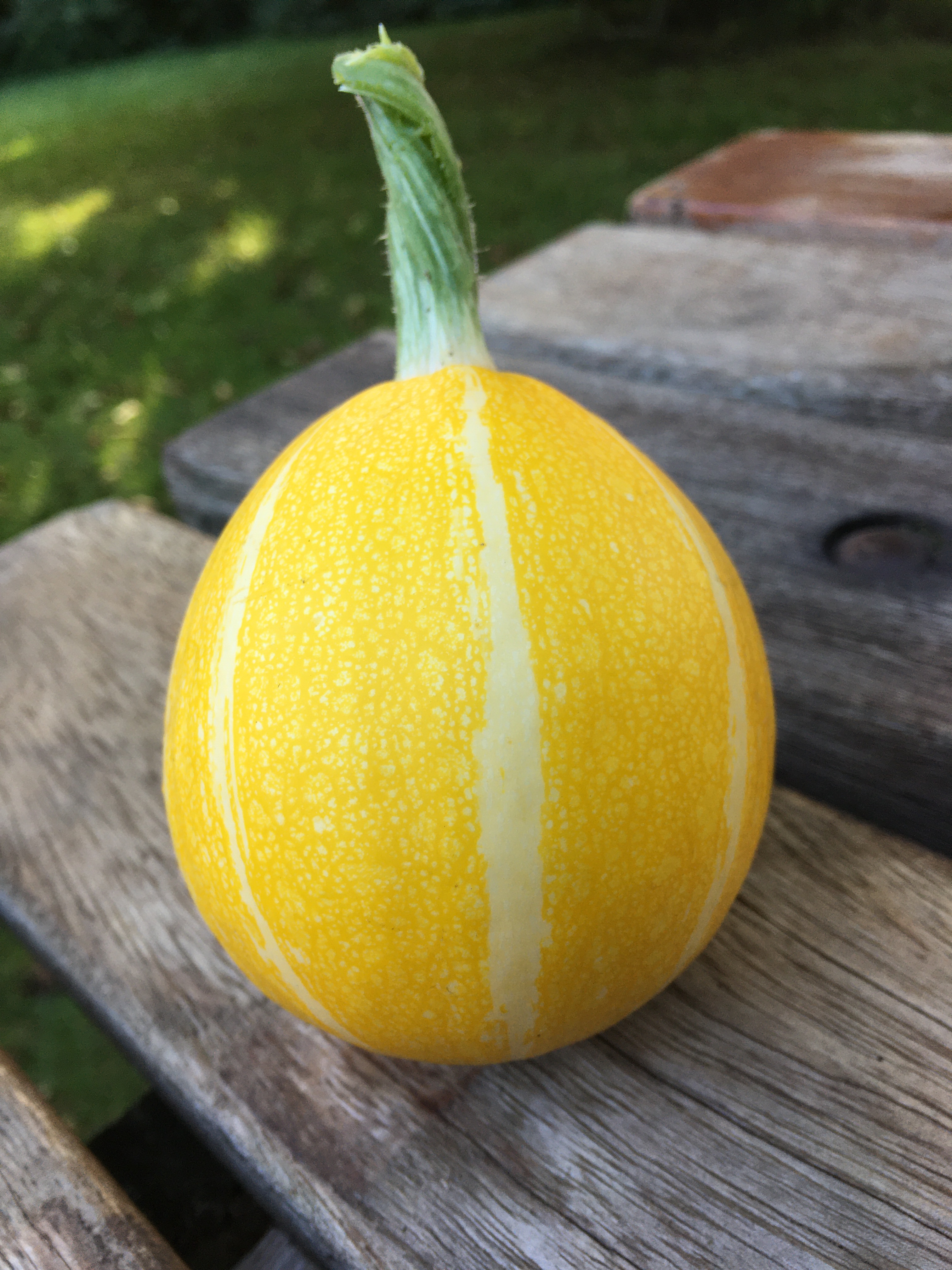

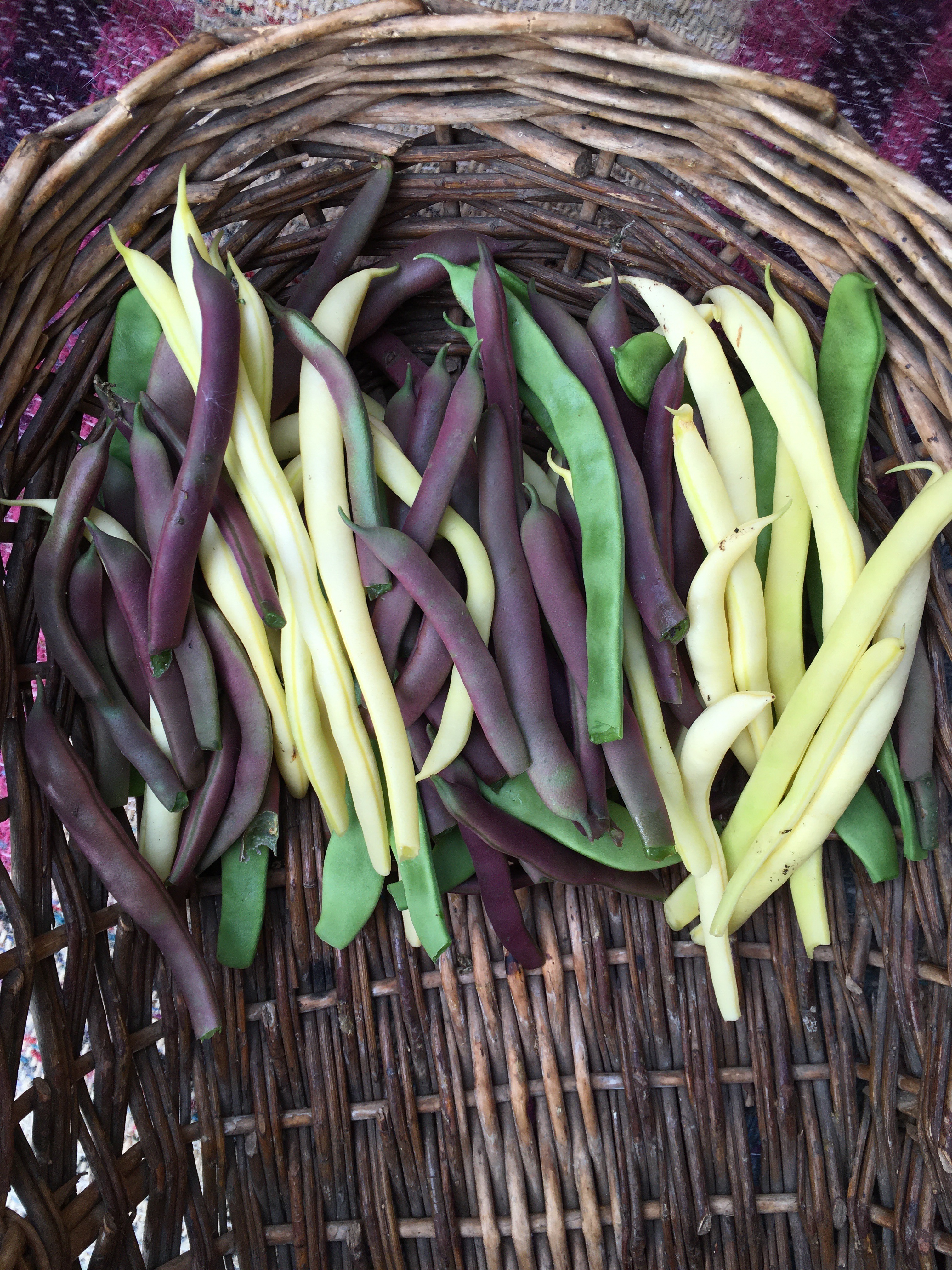
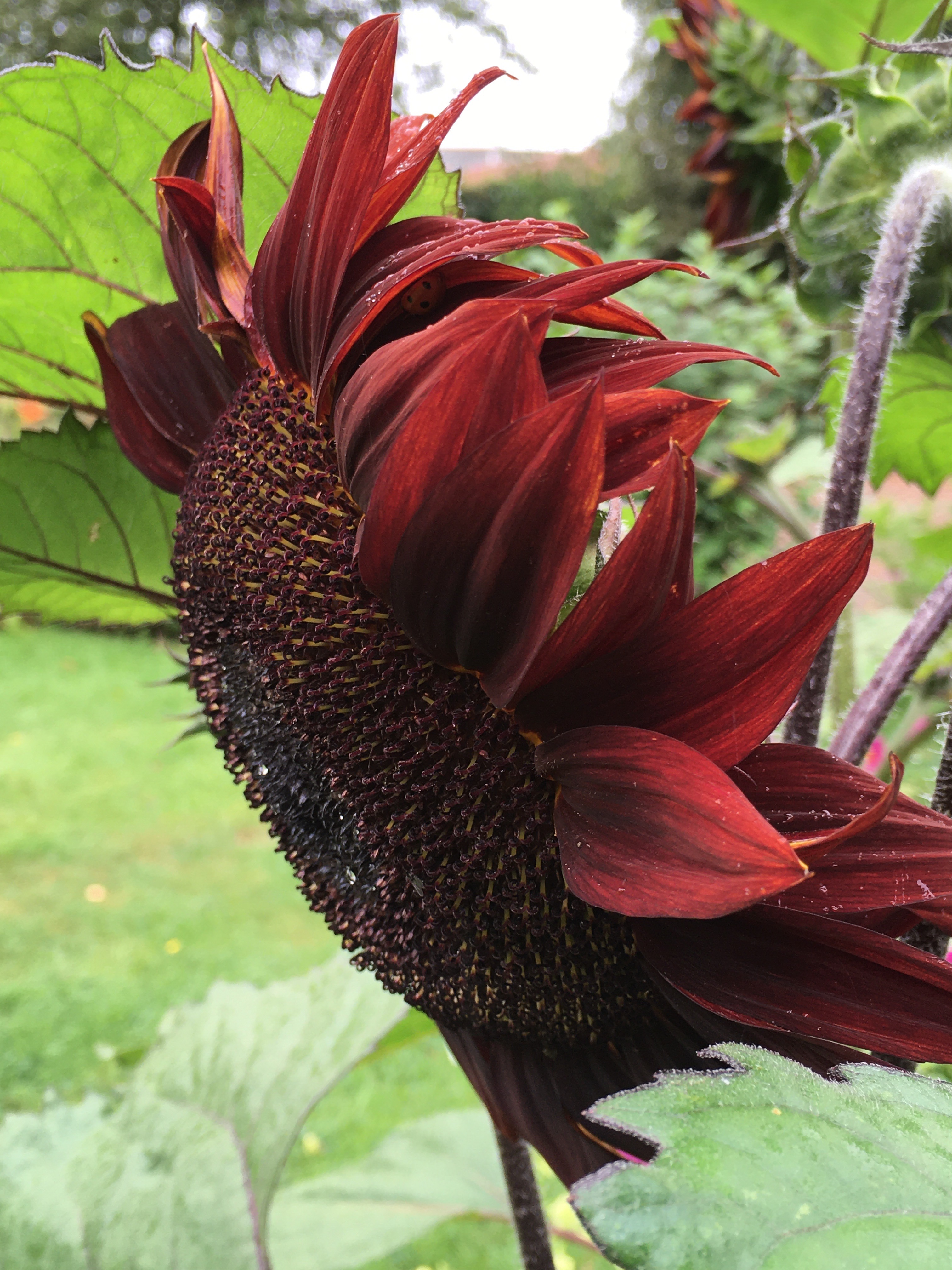
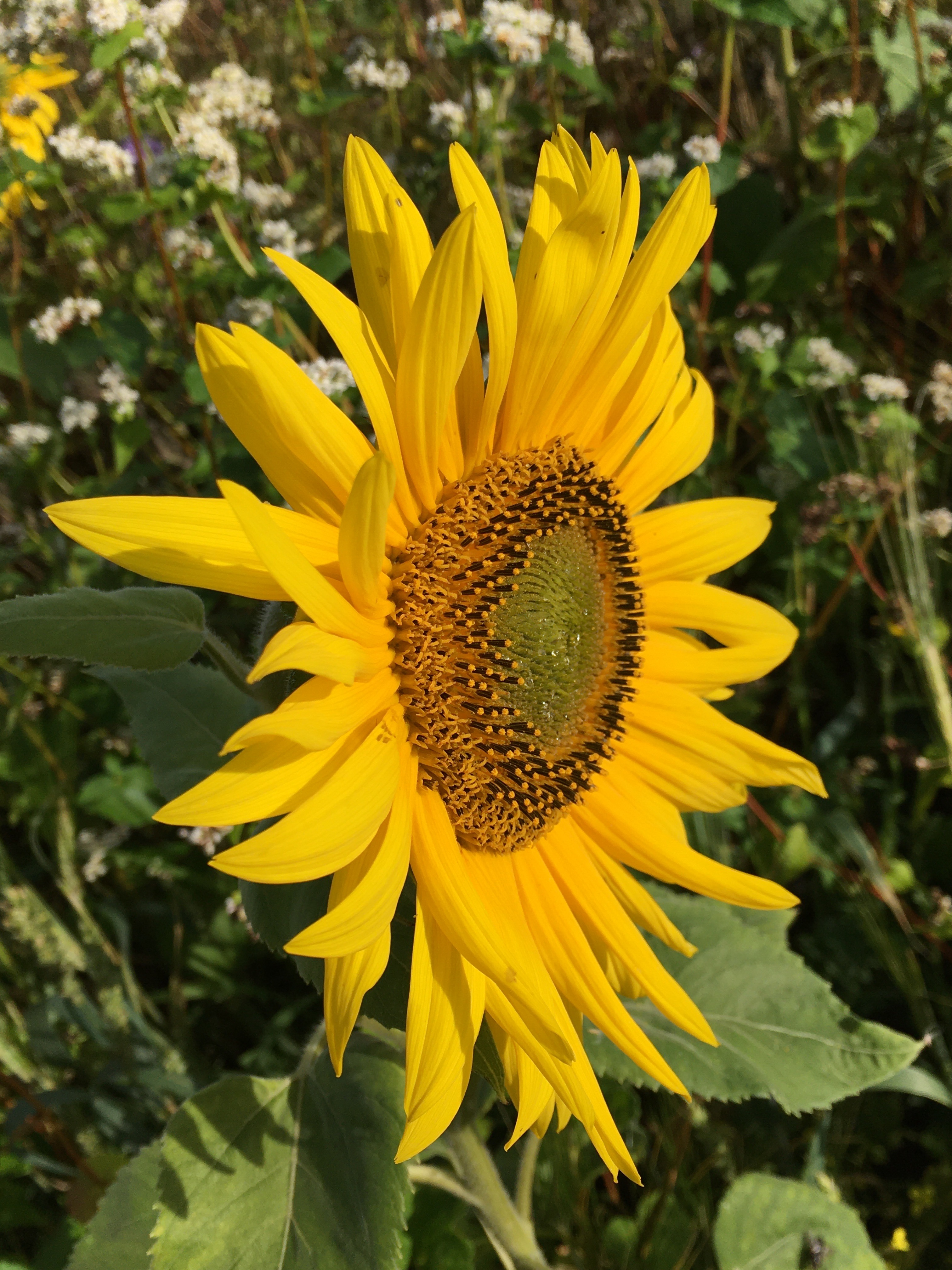
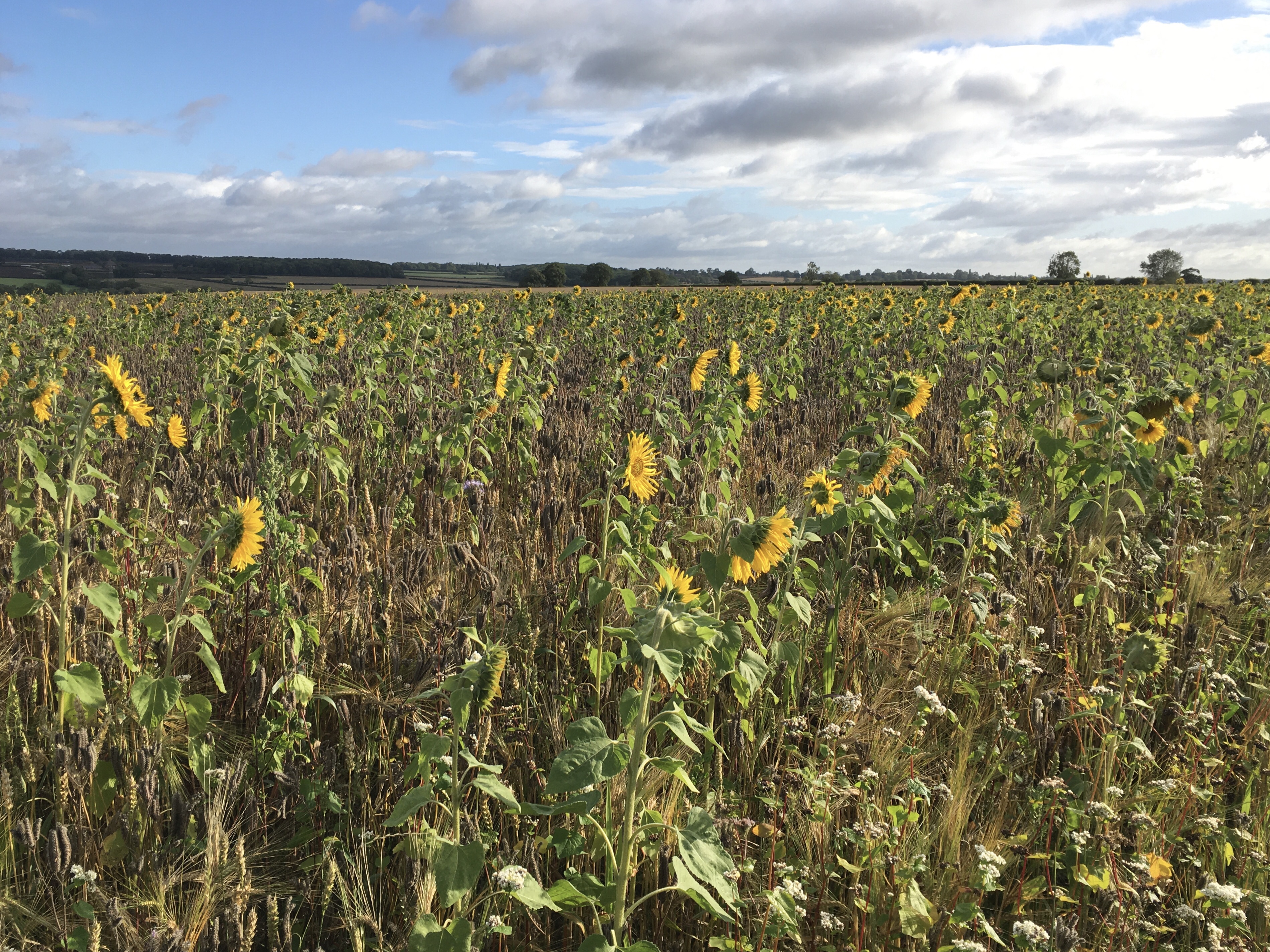

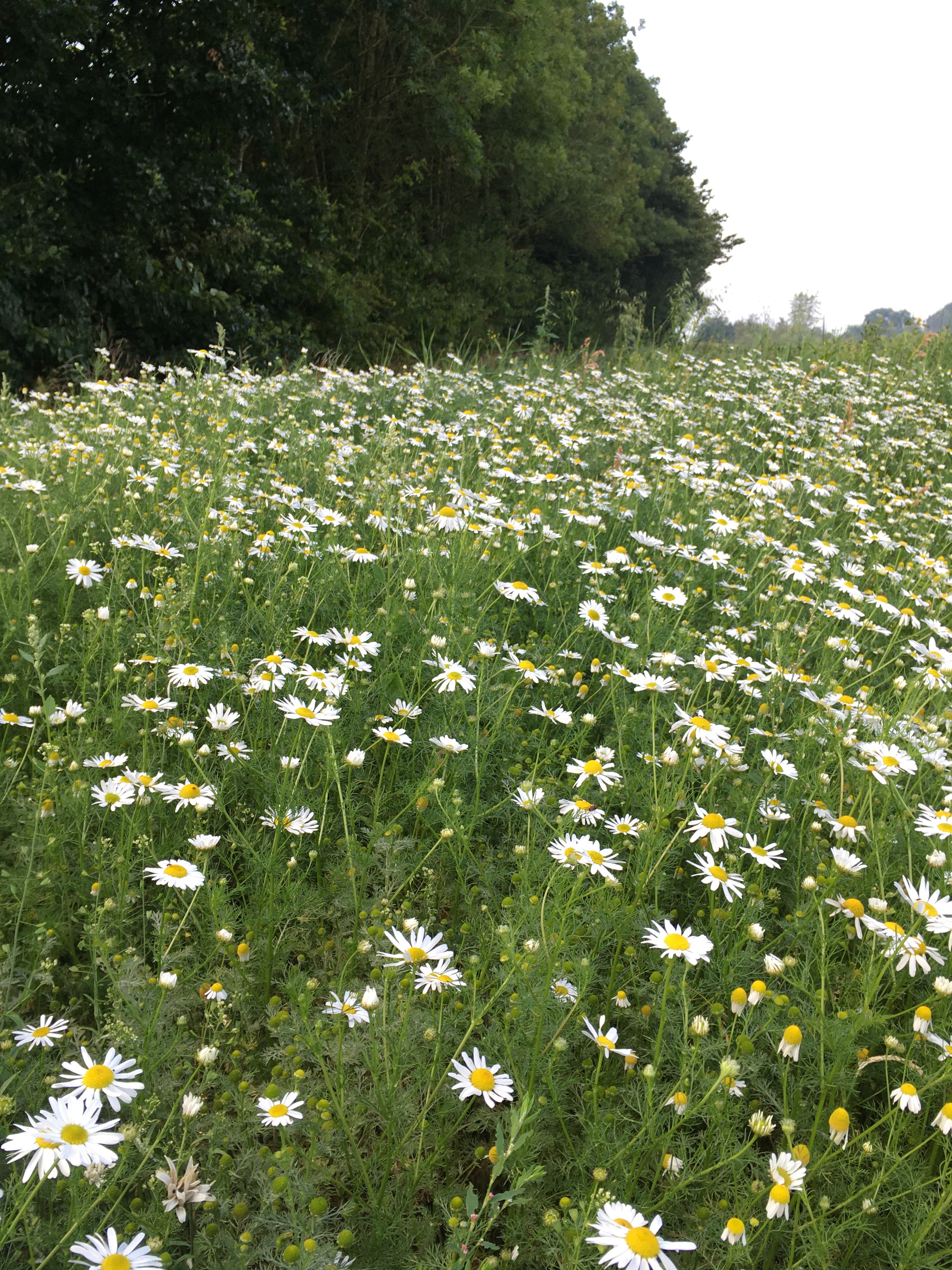




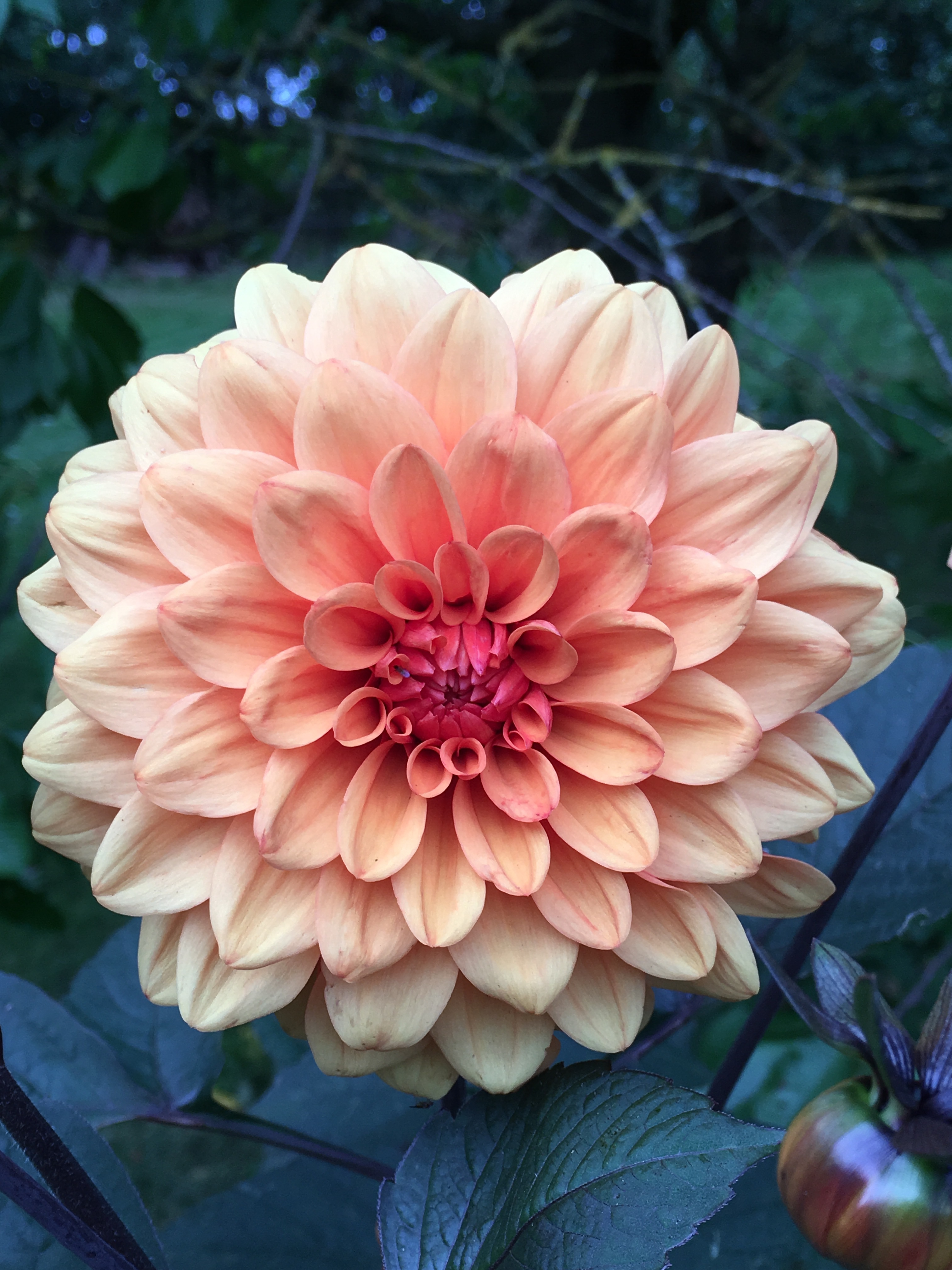



 Now for the ‘blue’ photos this week. I’ve chosen morning glory, Ipomoea purpurea. This is a seedling from a selection I’ve grown for years. Morning glory is an annual climber reaching 4-5m given a warm sunny fence or wall. Mine grow up through my climbing French beans. I’m hoping the flowers will attract pollinators which will benefit my vegetables. You can see the nectar guides in this photo. Flowers have visible and UV guides or lines directing bees to the nectary. Sunshine has highlighted the lines. It’s almost mesmerising. I save my seed each summer and store it in a cool, dark place over winter. I’ll start them off again in 3″ pots on the kitchen windowsill in February. Recommended varieties include Star of Yelta, Grandpa Ott and Heavenly Blue. All easy to grow, and once you’ve bought a packet of seed, you’ll have morning glory for ever more. Such a lovely thought!
Now for the ‘blue’ photos this week. I’ve chosen morning glory, Ipomoea purpurea. This is a seedling from a selection I’ve grown for years. Morning glory is an annual climber reaching 4-5m given a warm sunny fence or wall. Mine grow up through my climbing French beans. I’m hoping the flowers will attract pollinators which will benefit my vegetables. You can see the nectar guides in this photo. Flowers have visible and UV guides or lines directing bees to the nectary. Sunshine has highlighted the lines. It’s almost mesmerising. I save my seed each summer and store it in a cool, dark place over winter. I’ll start them off again in 3″ pots on the kitchen windowsill in February. Recommended varieties include Star of Yelta, Grandpa Ott and Heavenly Blue. All easy to grow, and once you’ve bought a packet of seed, you’ll have morning glory for ever more. Such a lovely thought!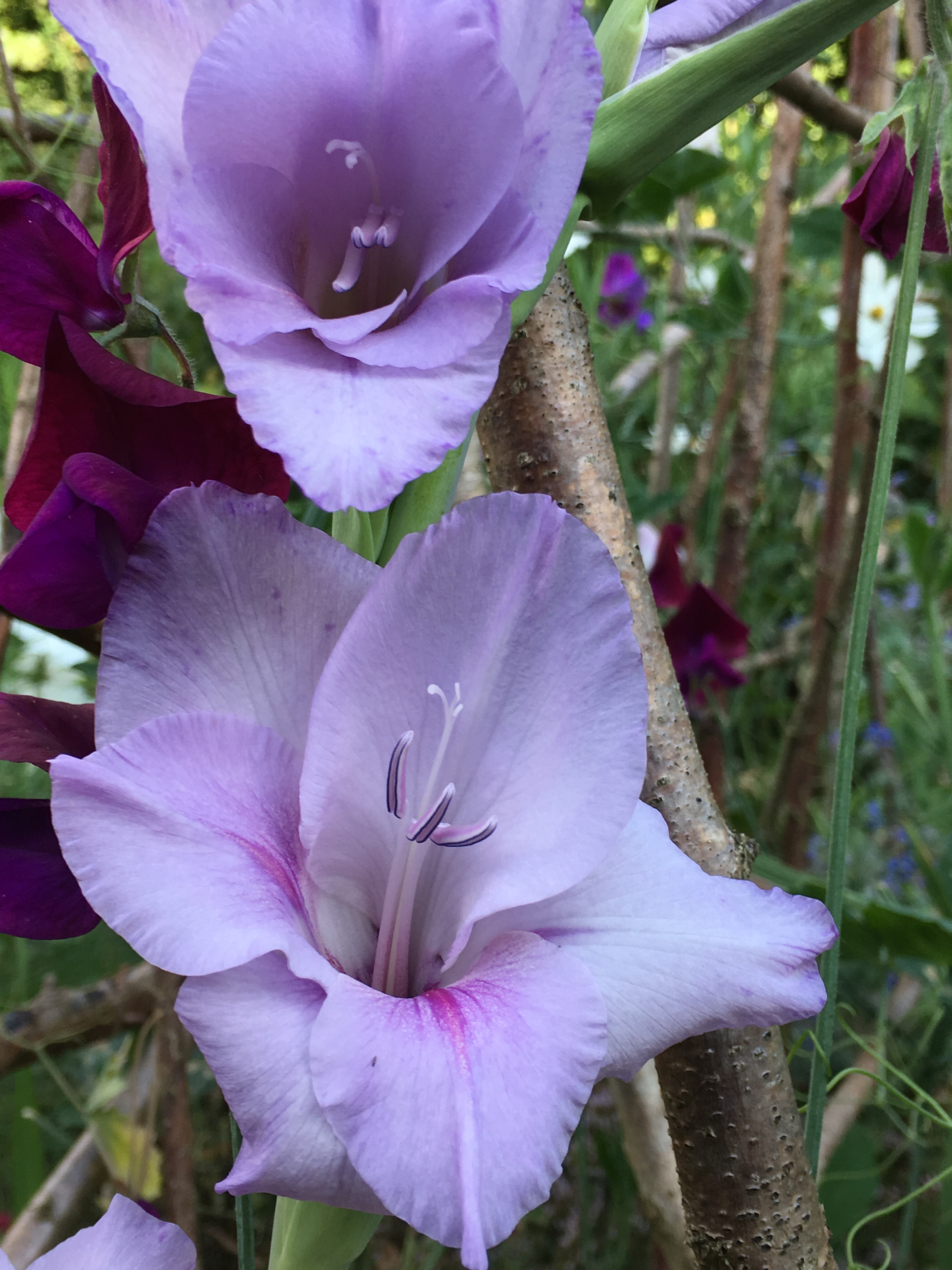




































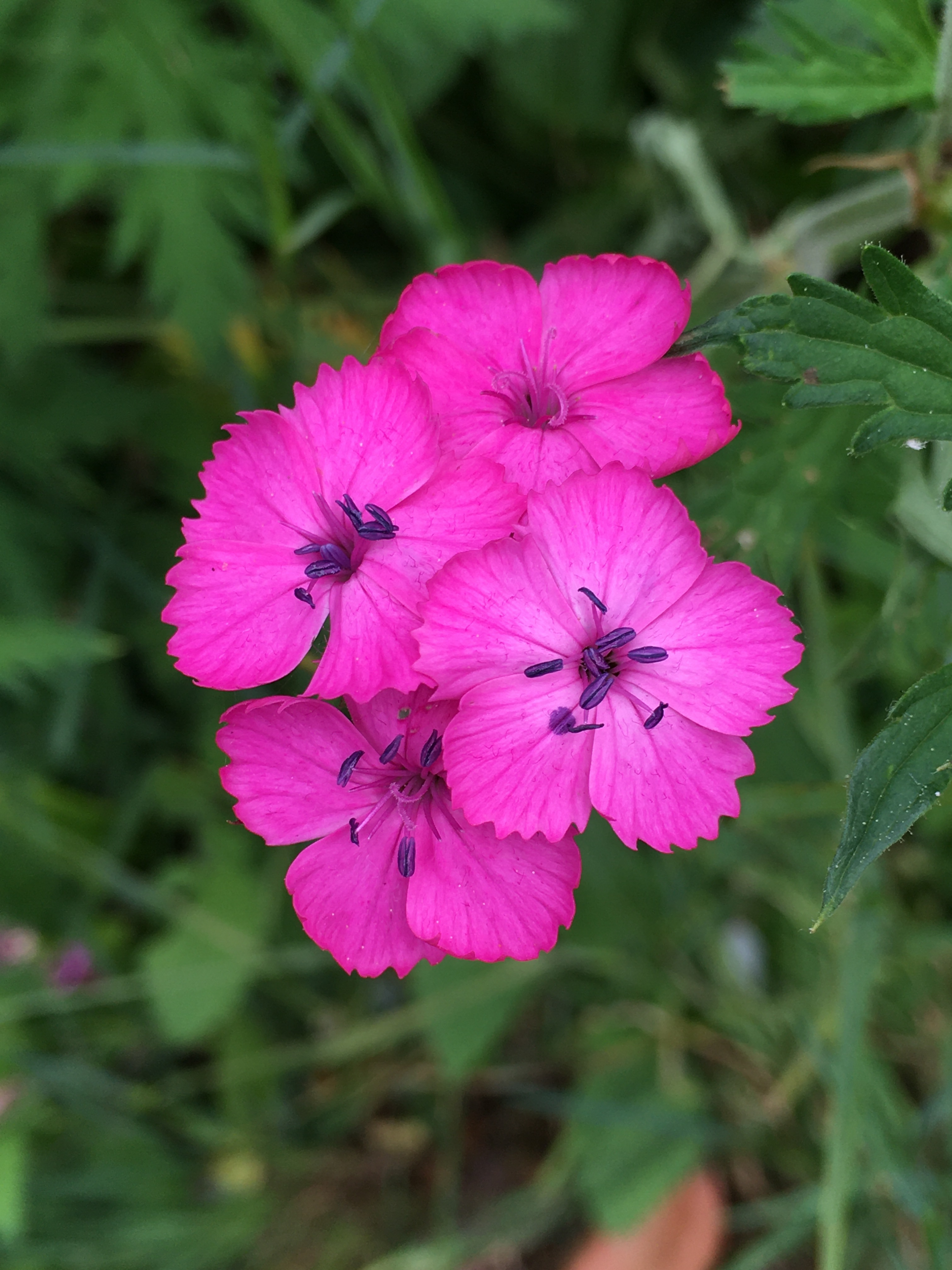










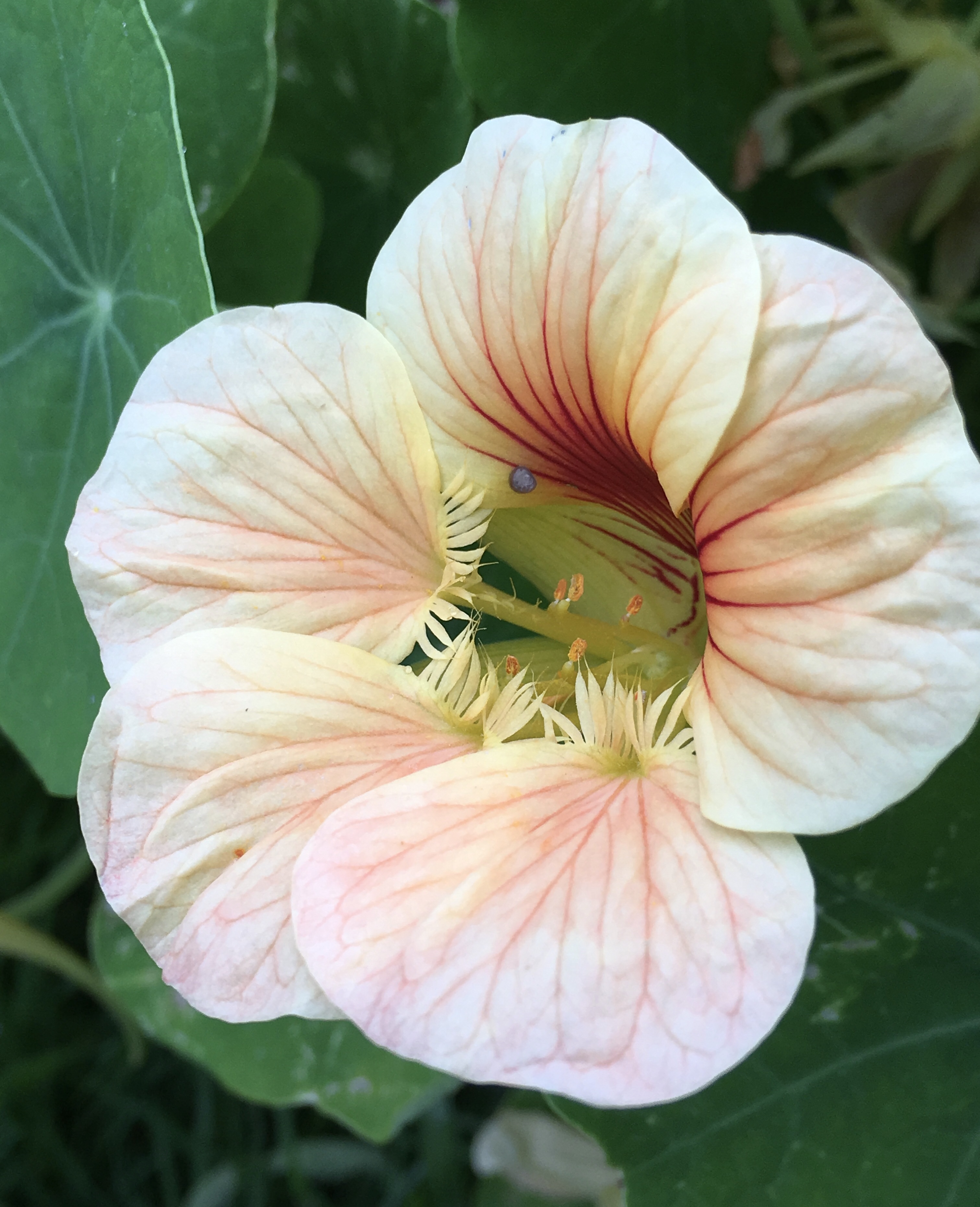
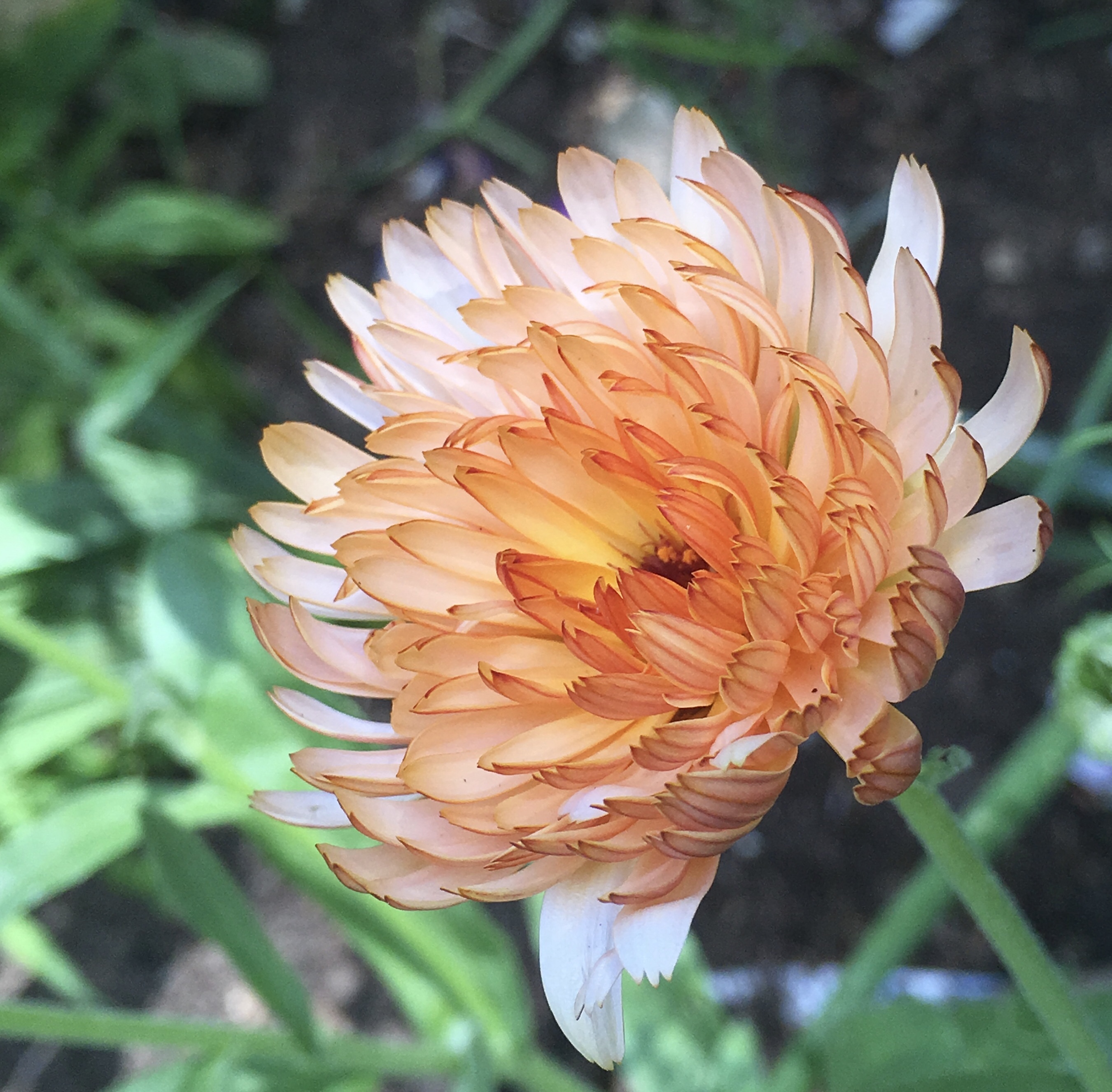
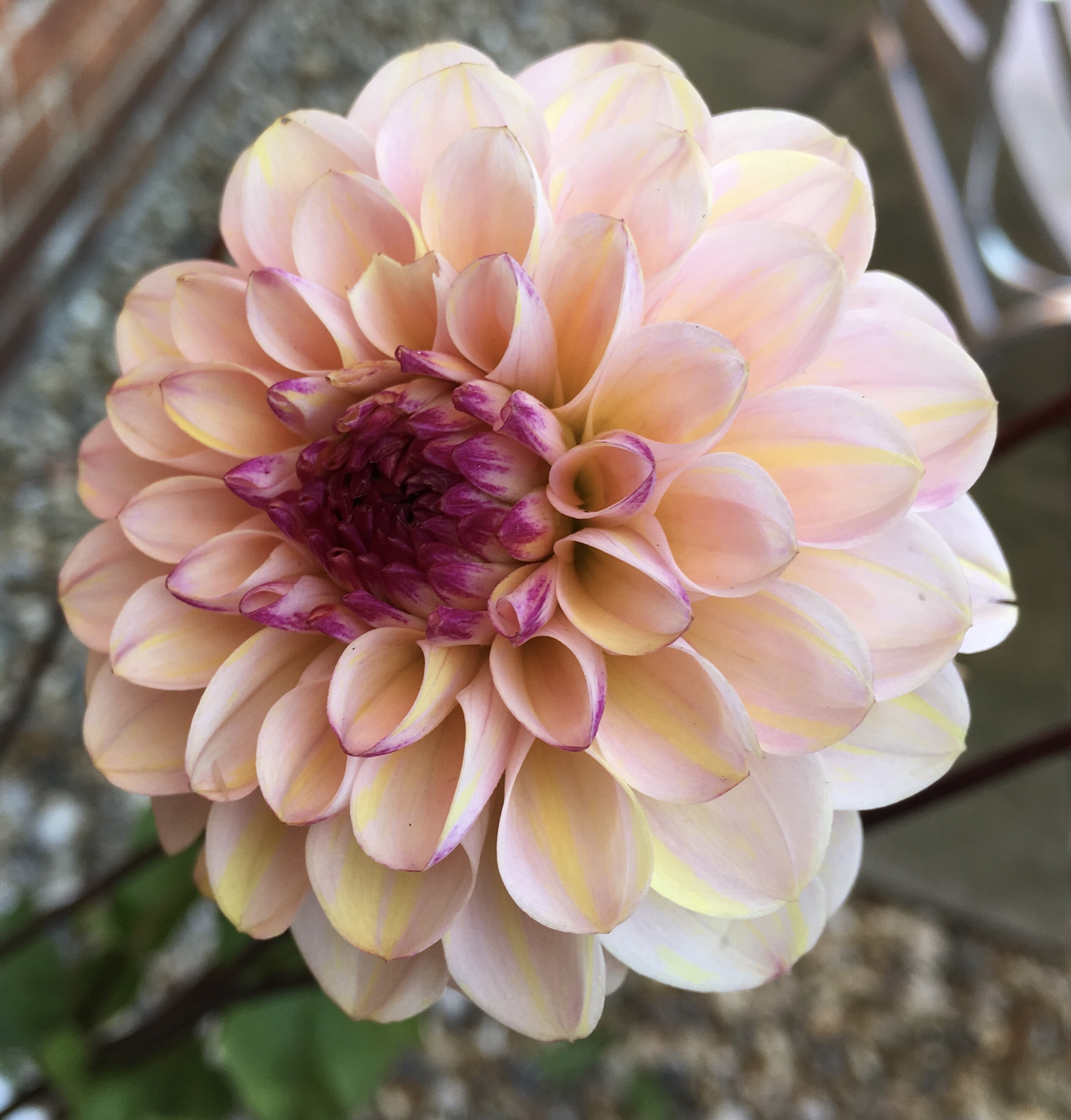
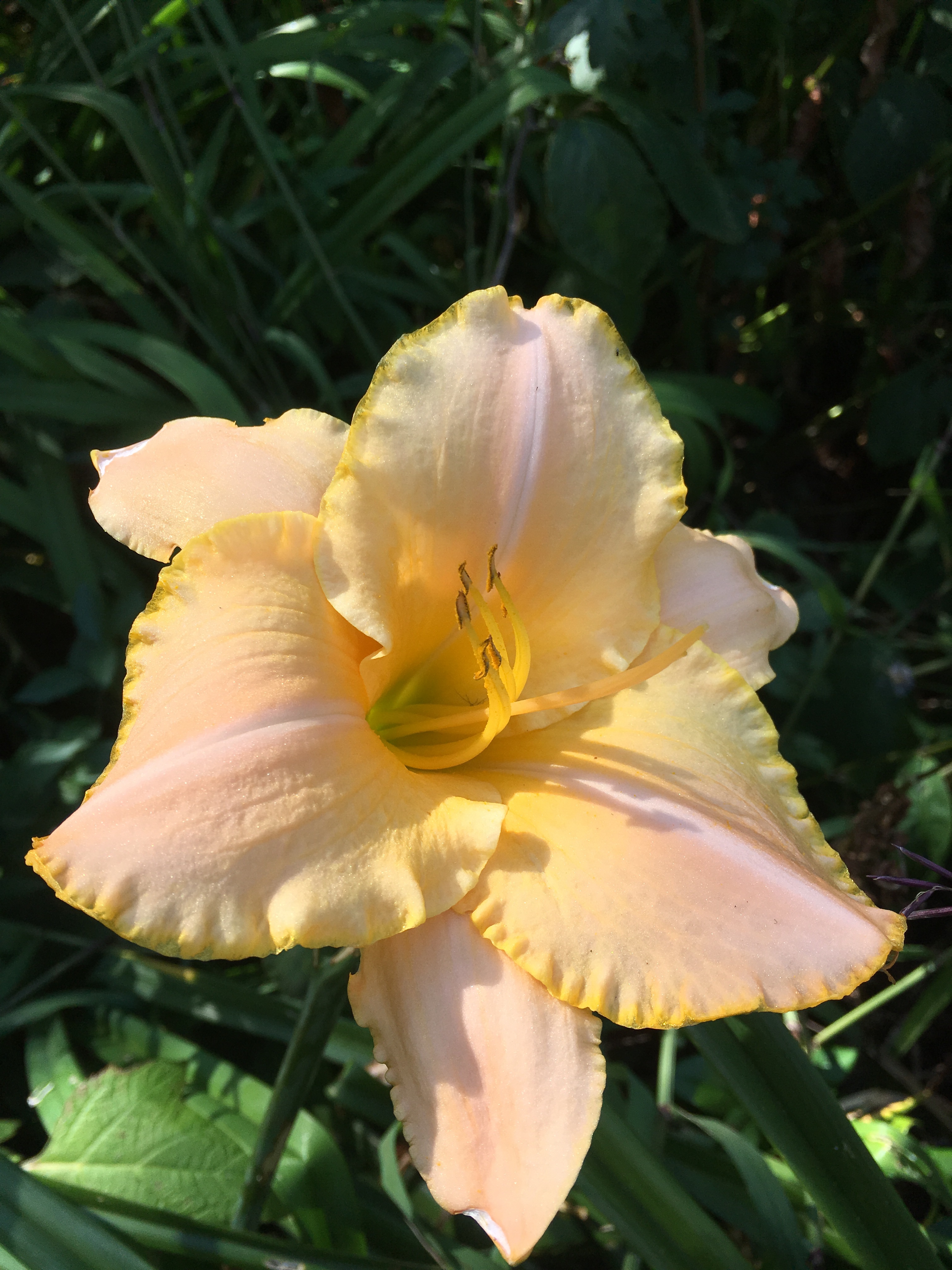
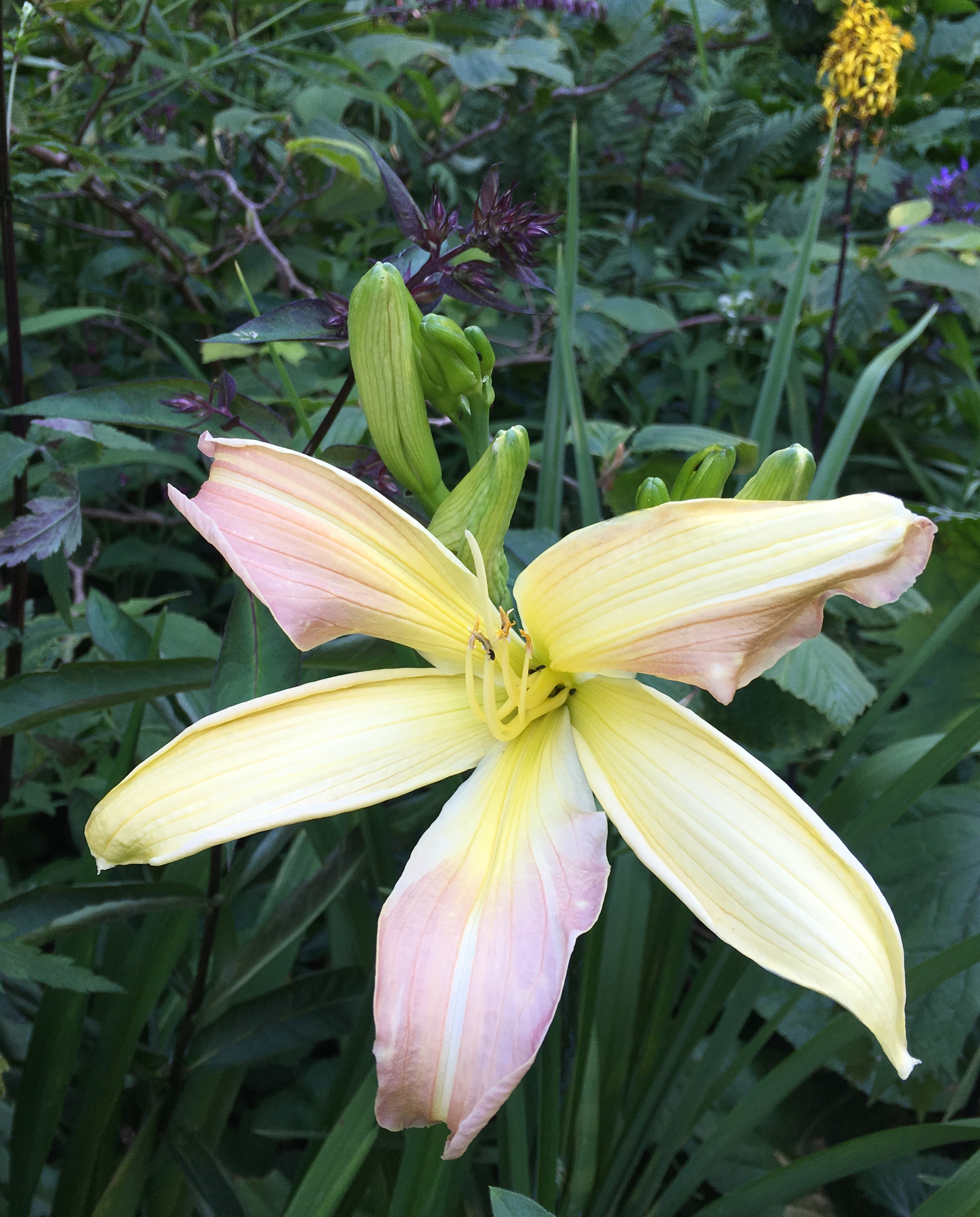
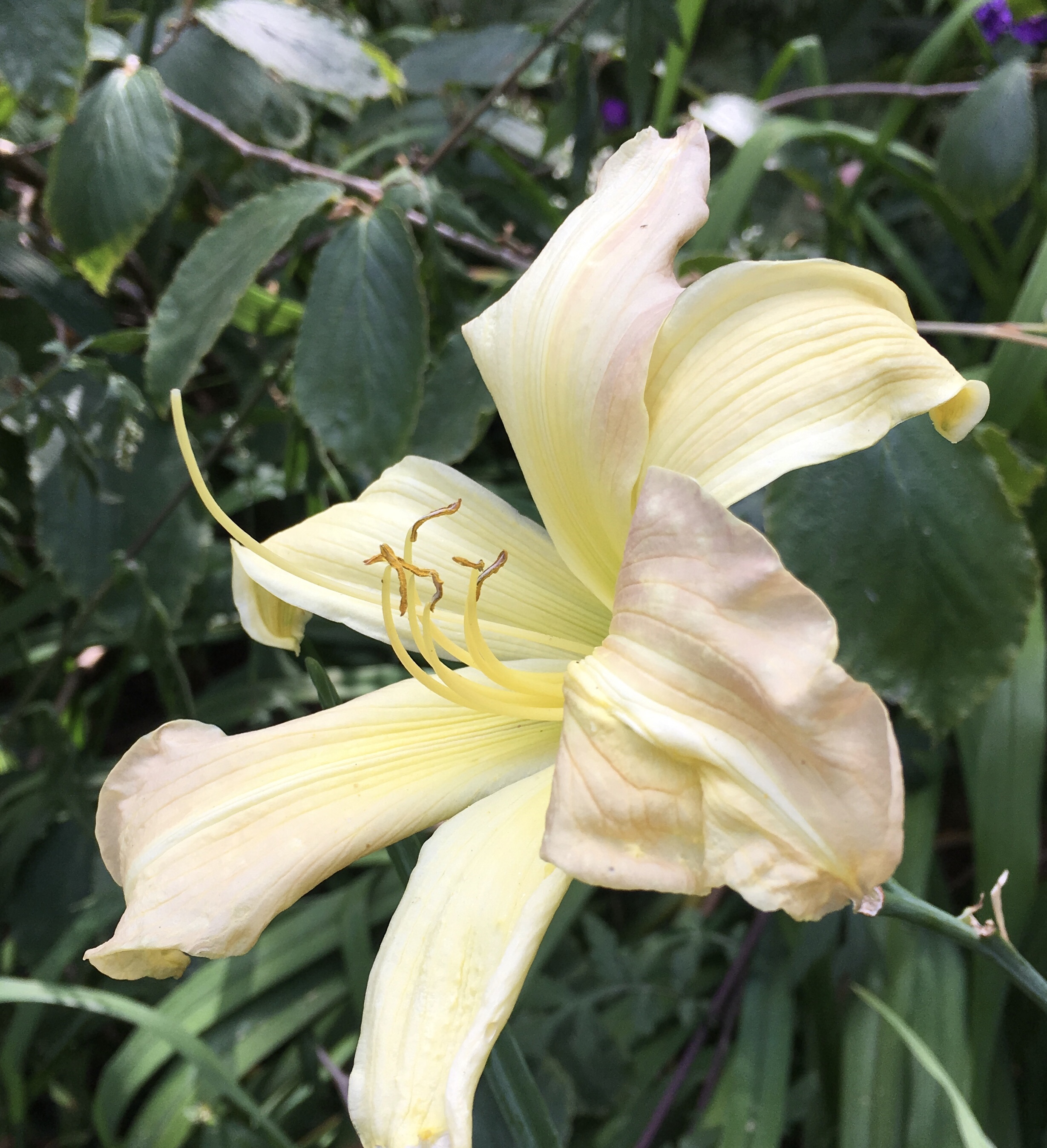
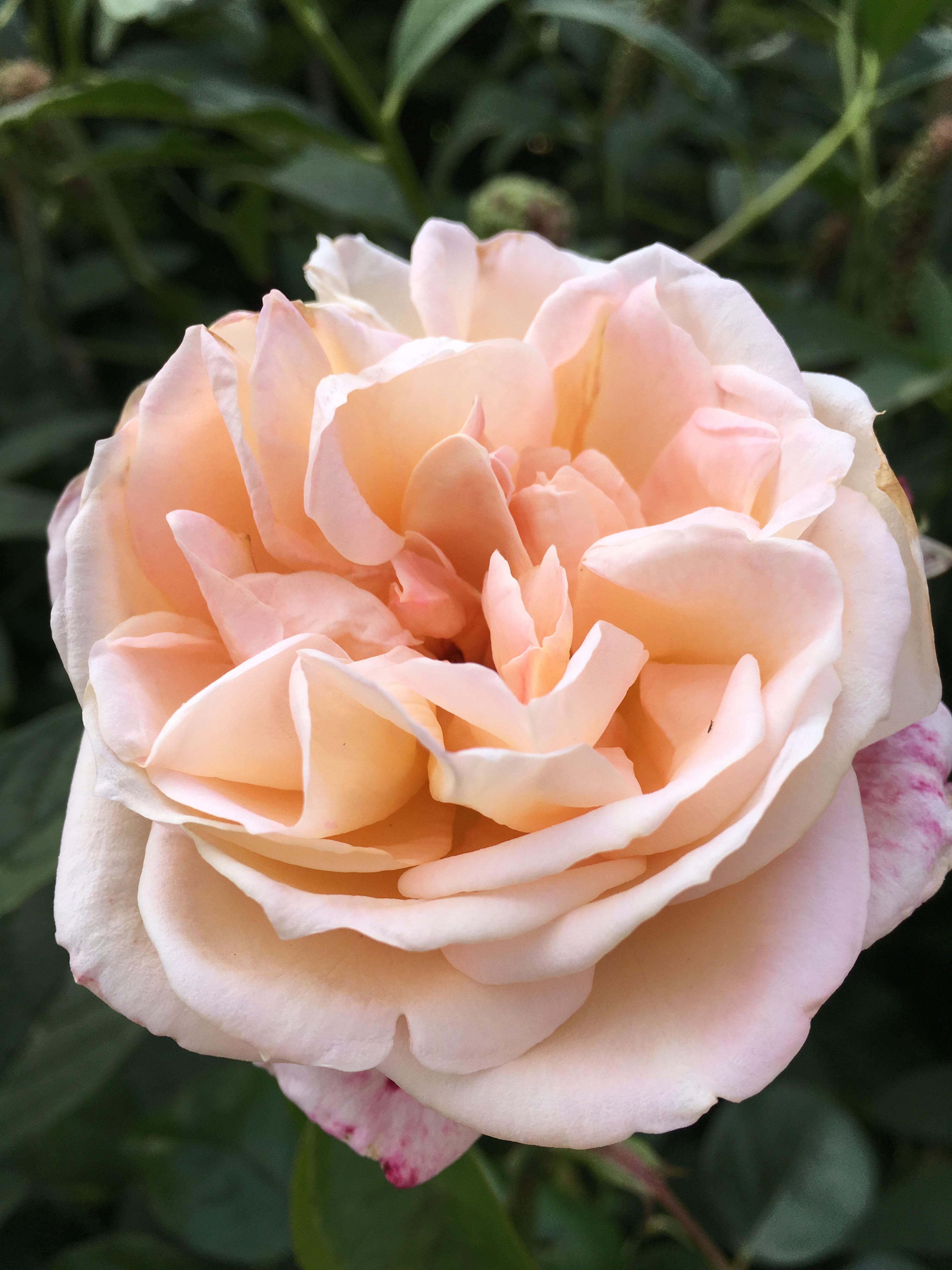
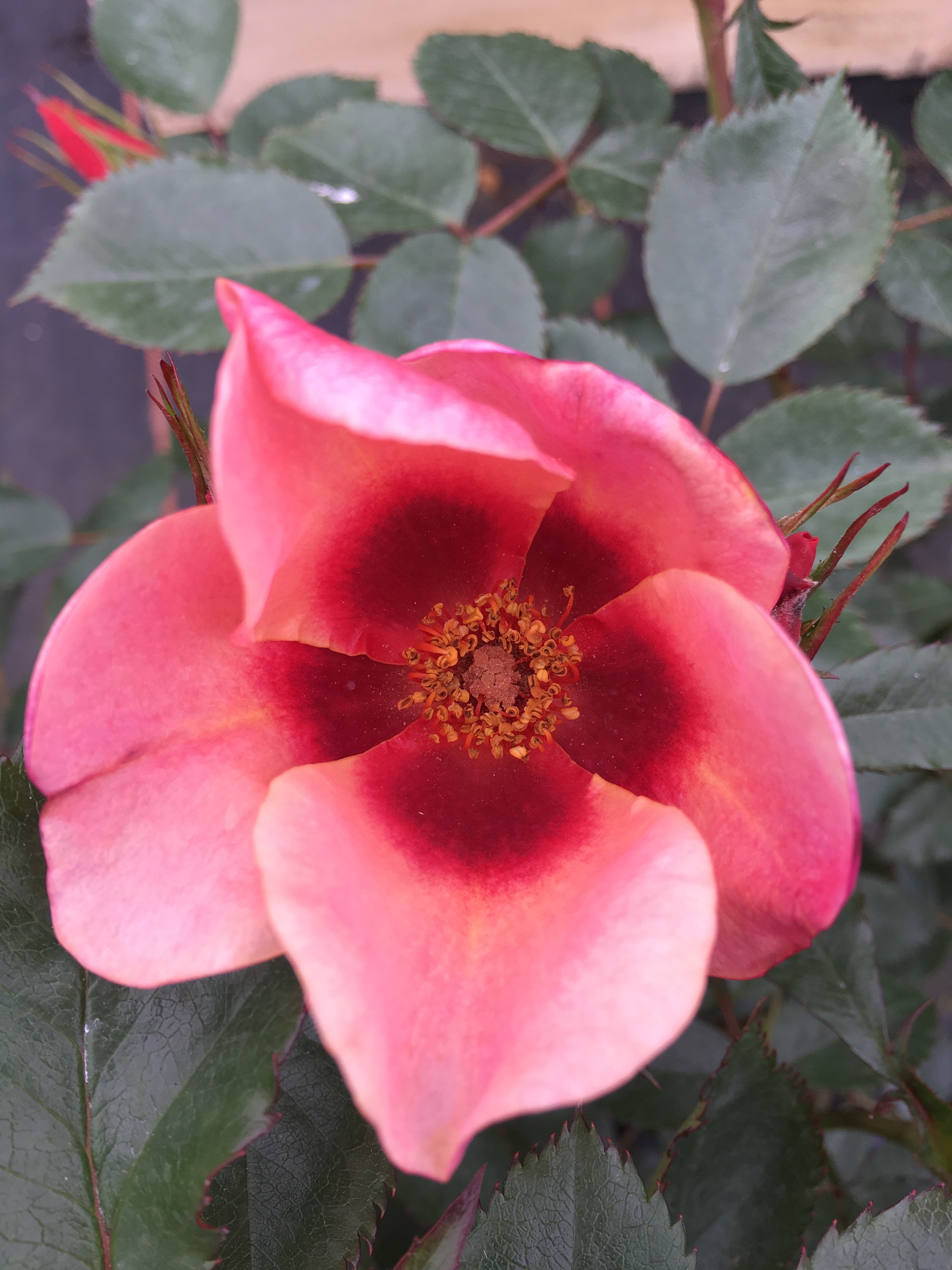













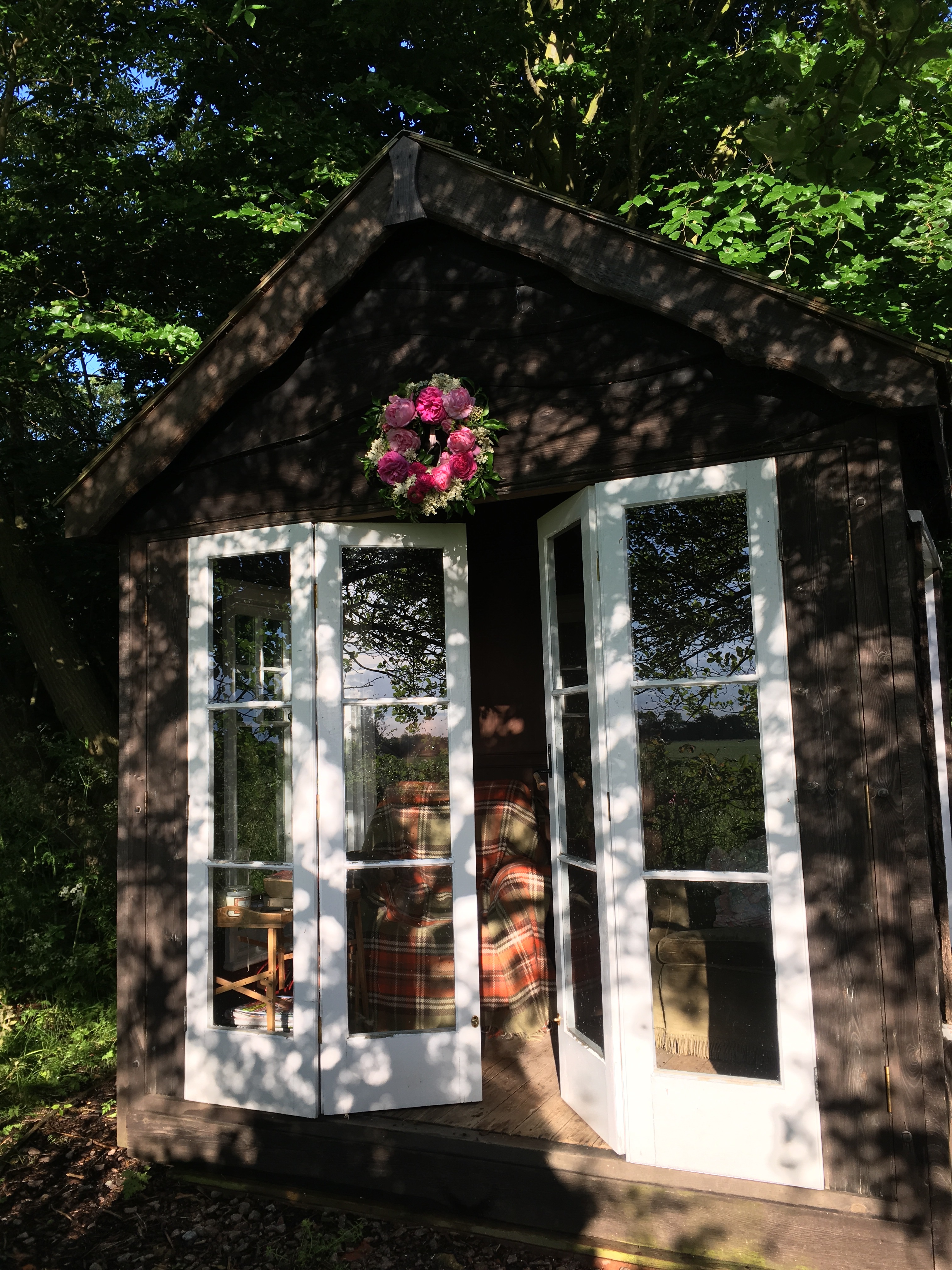
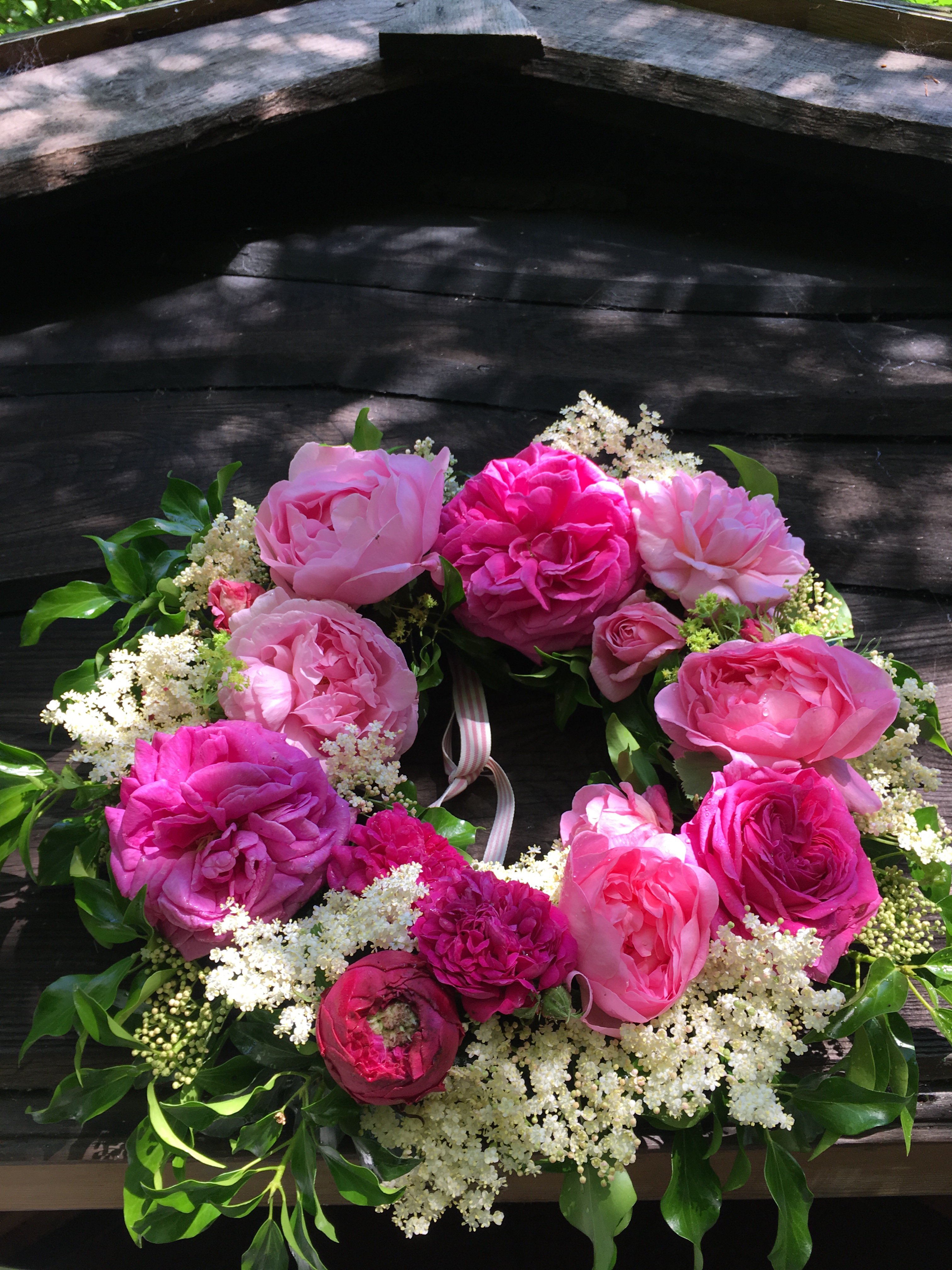

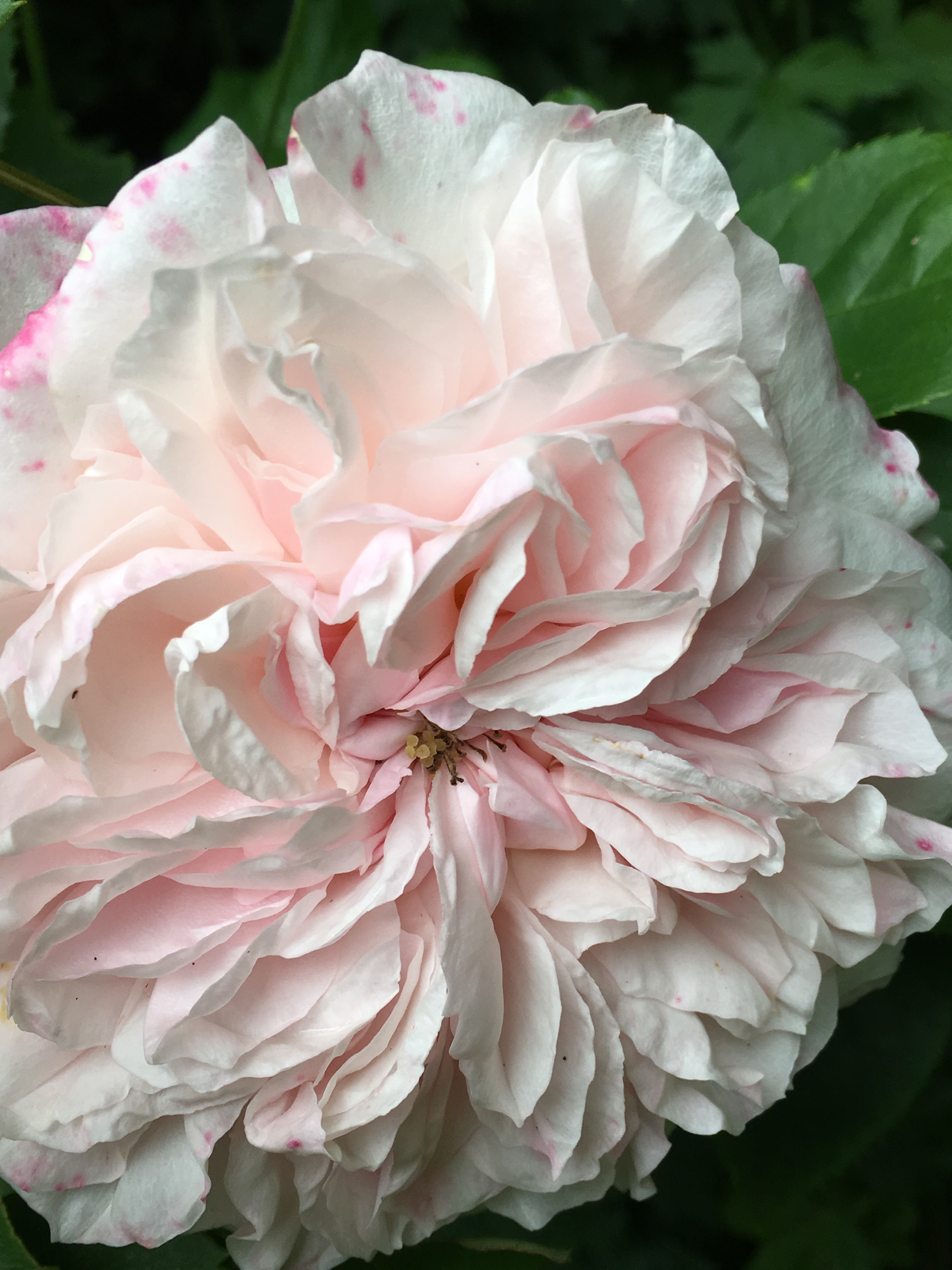
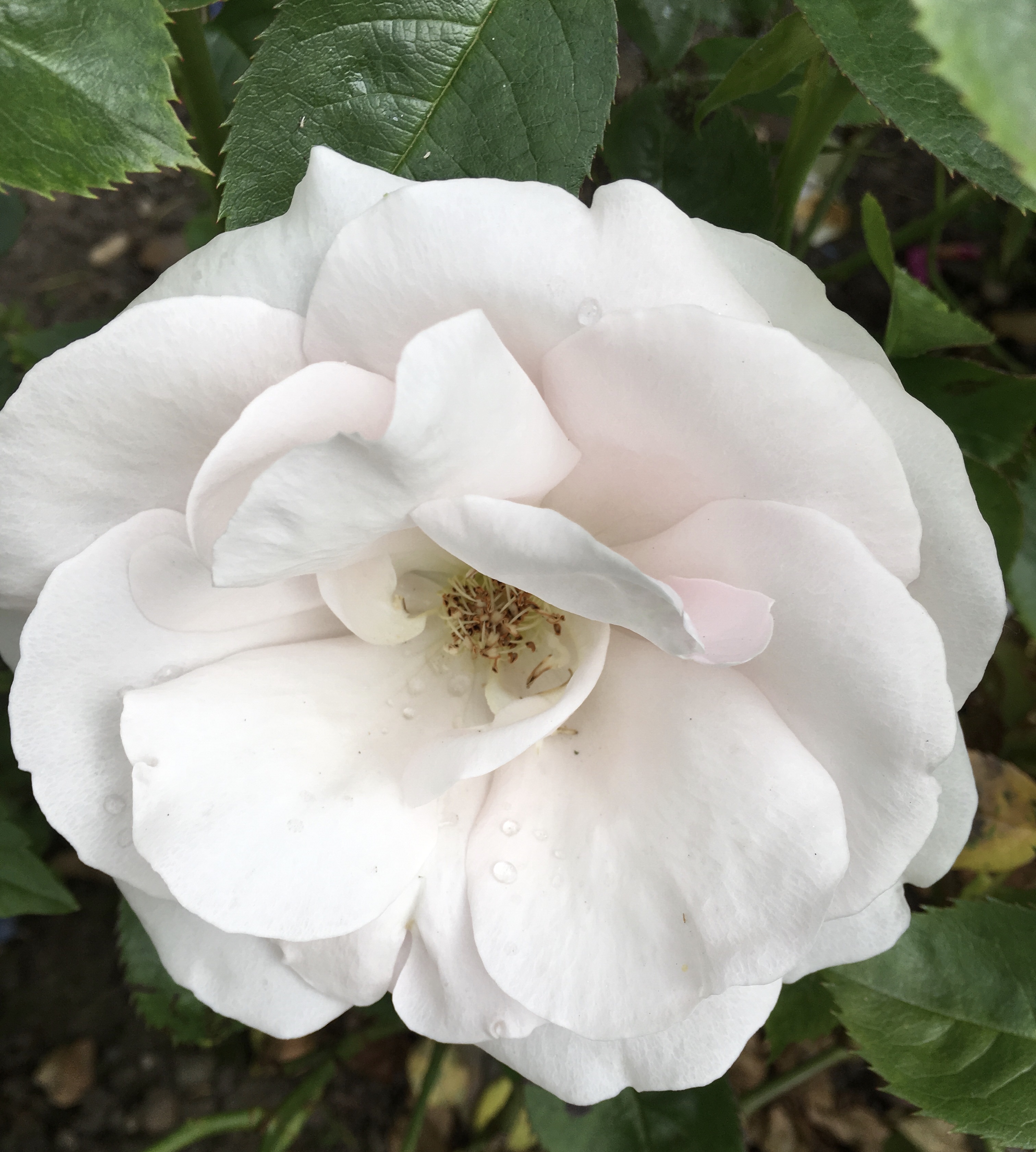
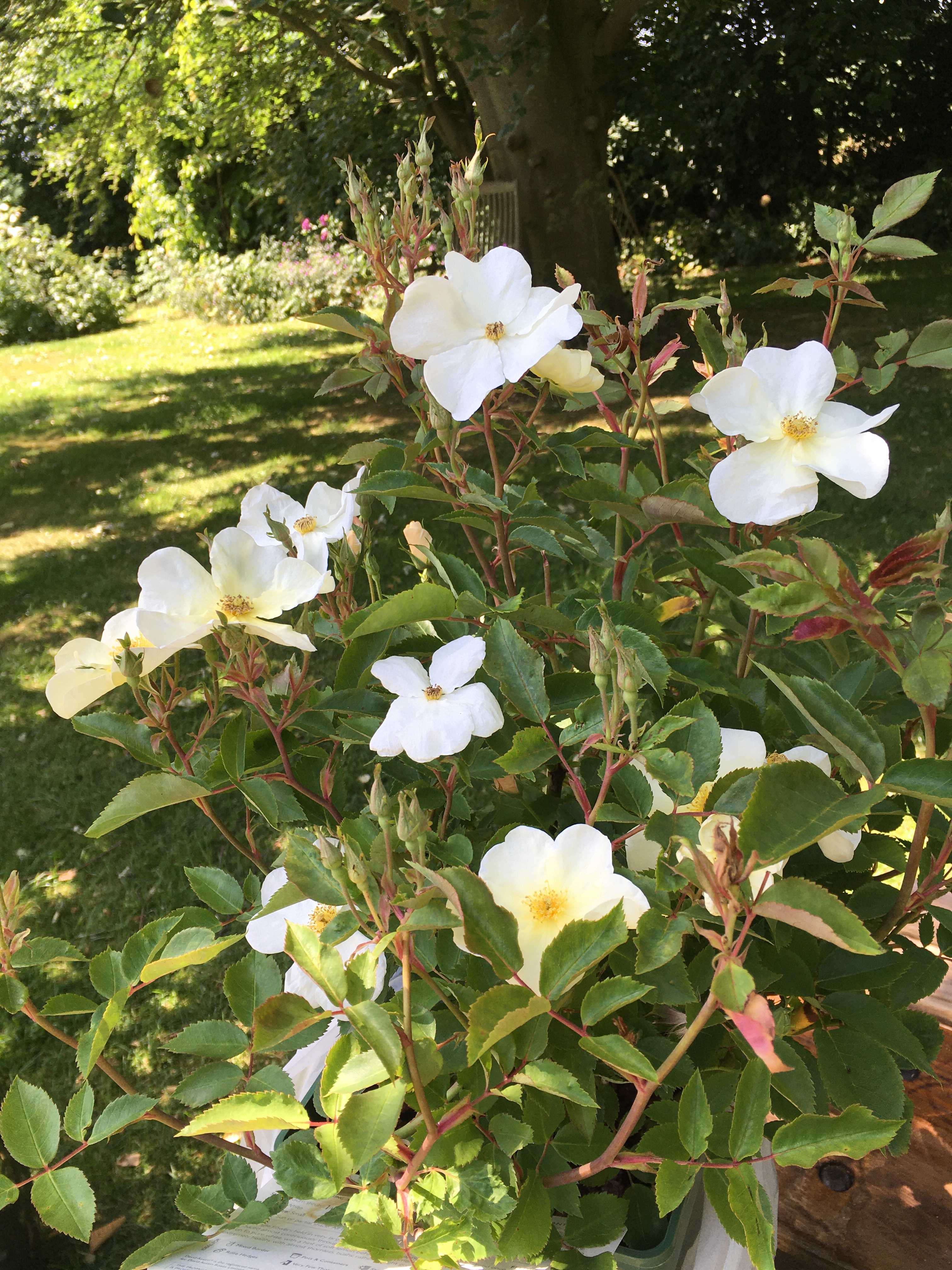



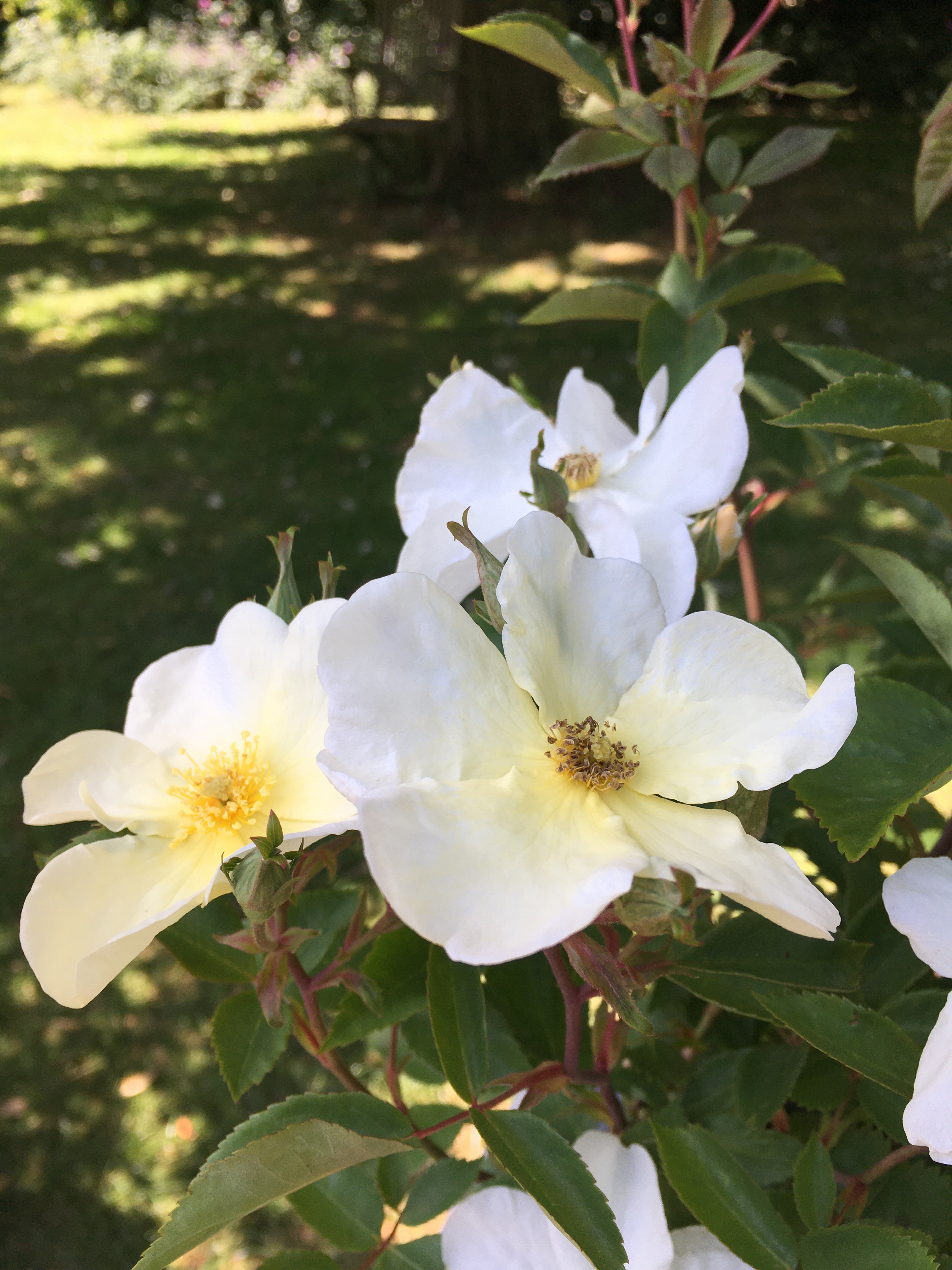





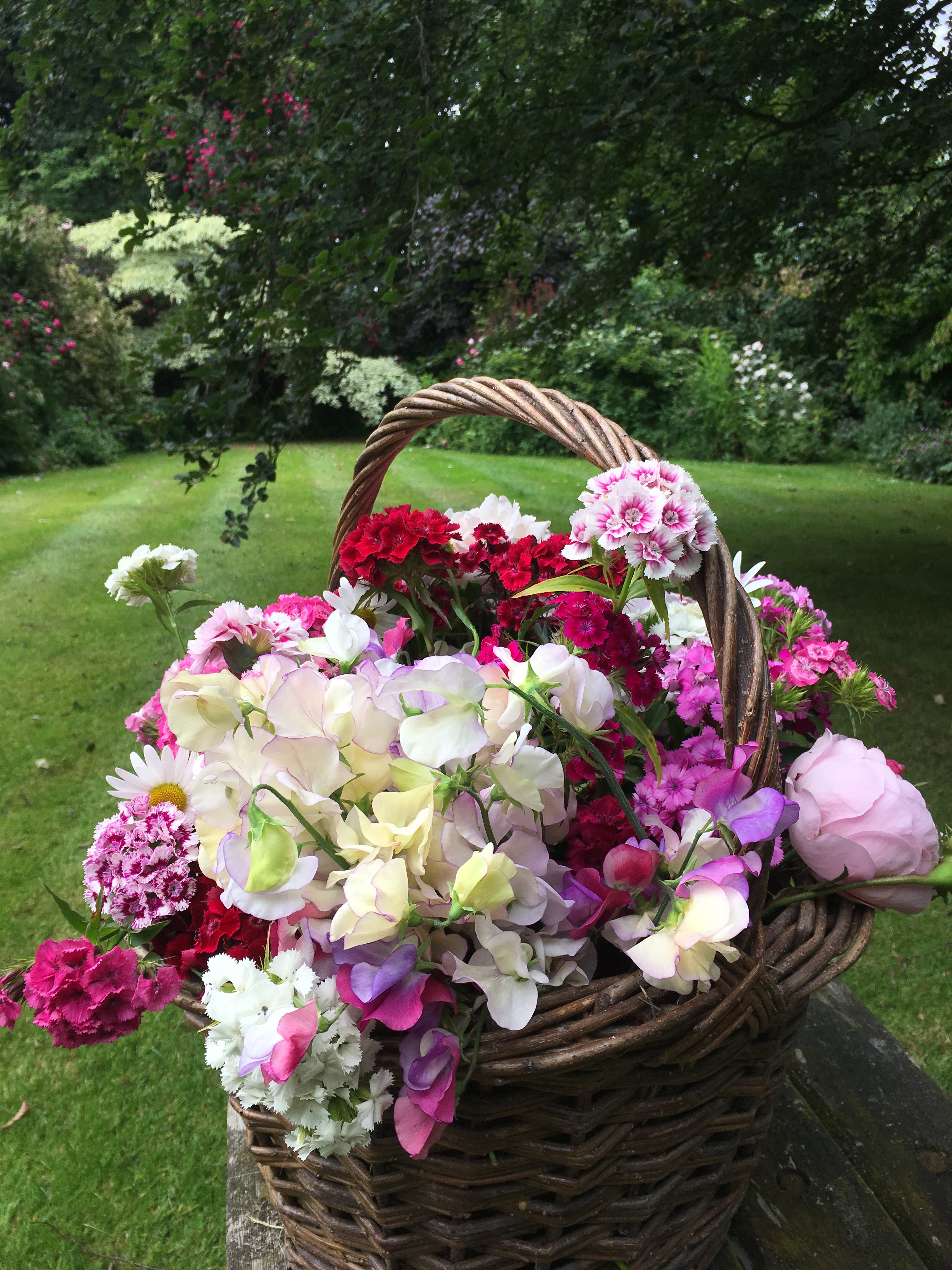



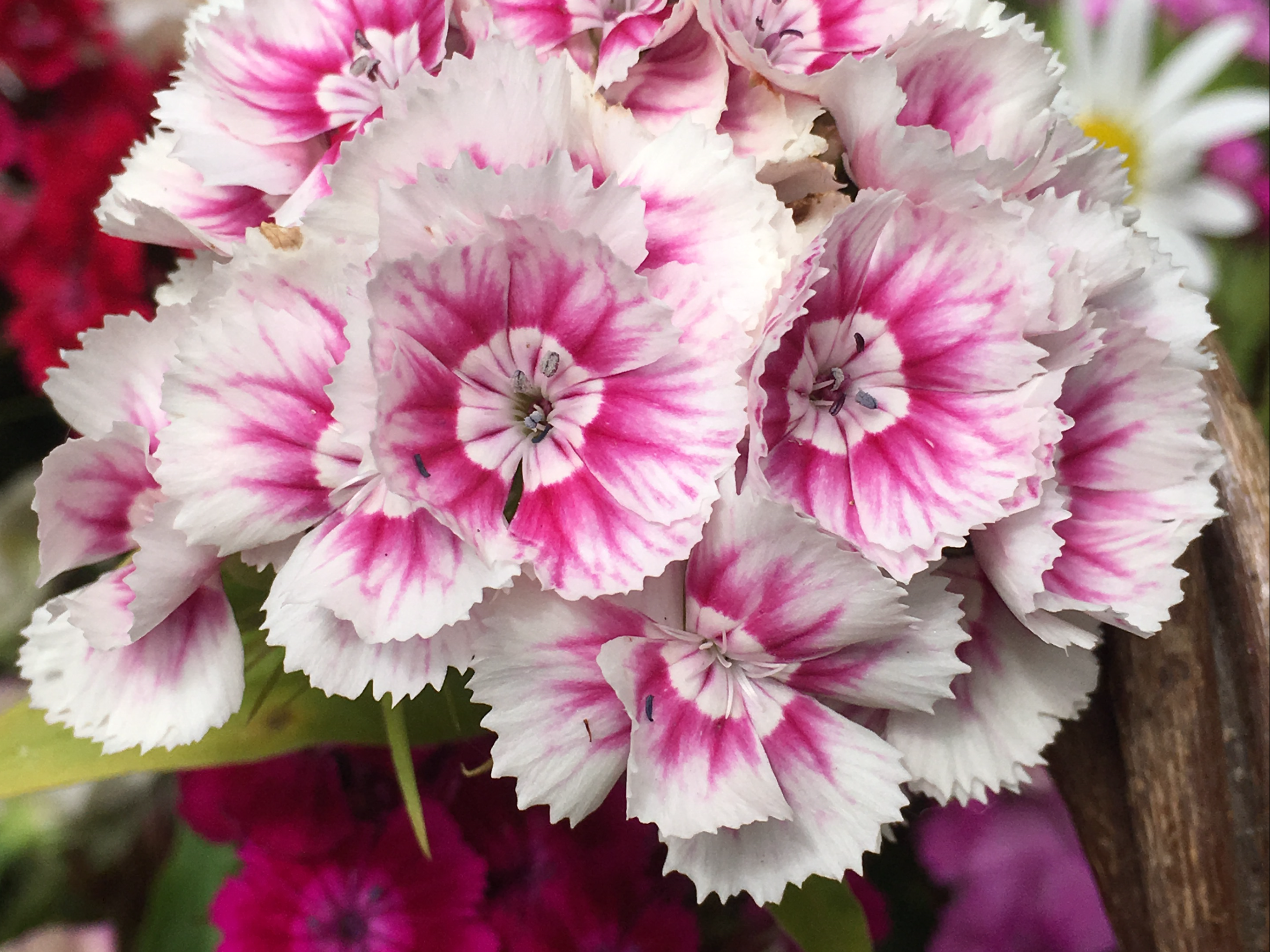




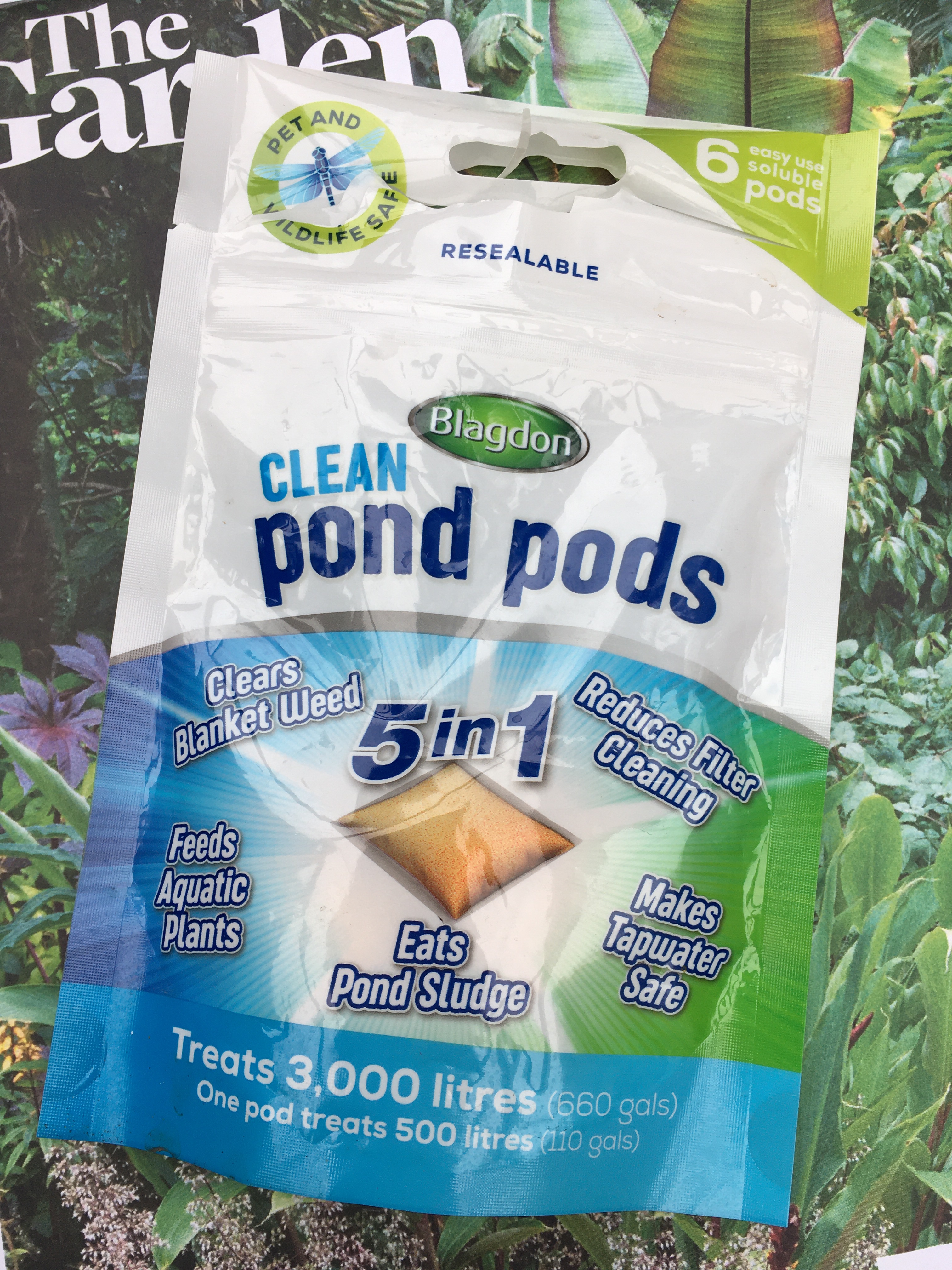

































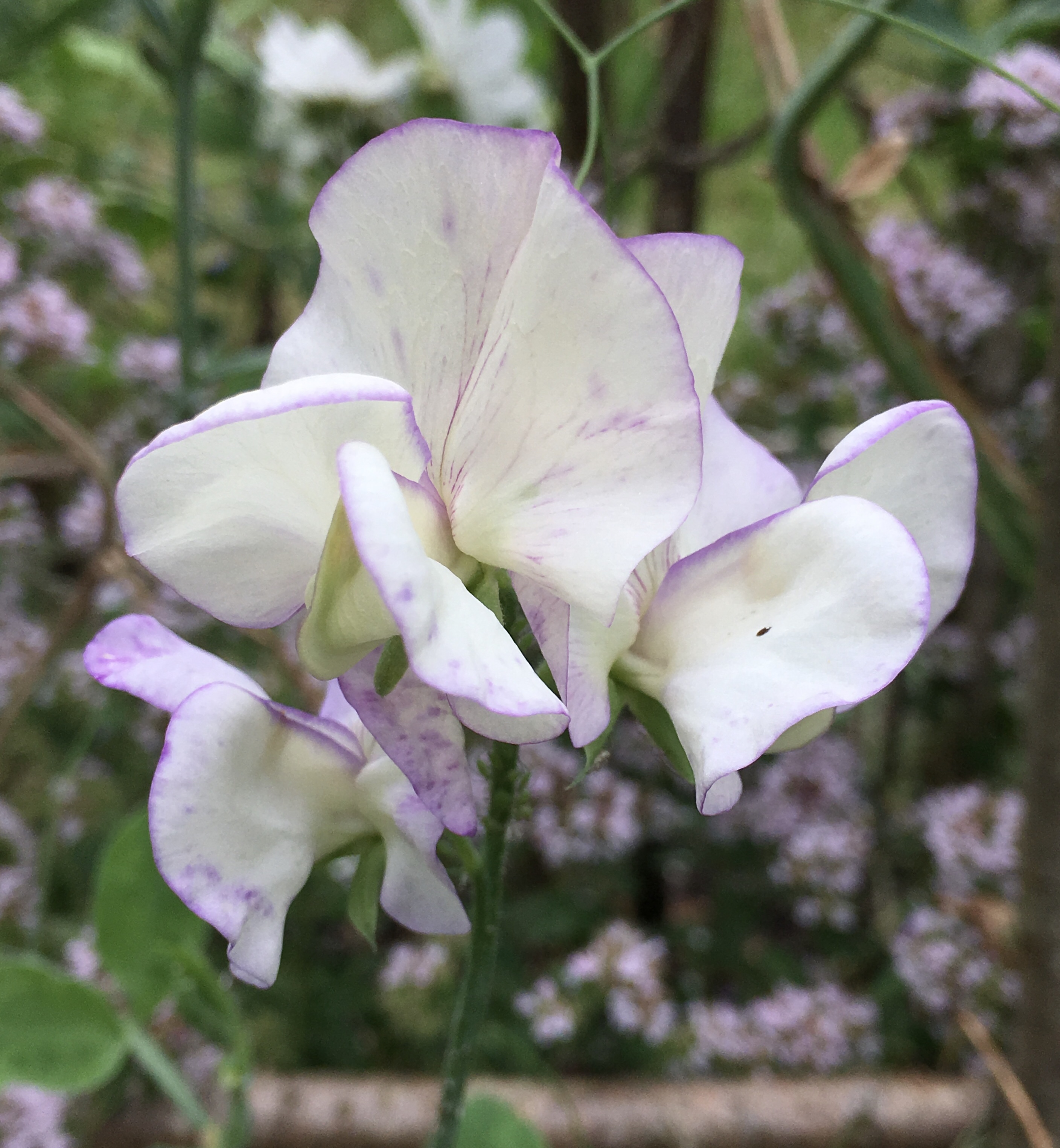














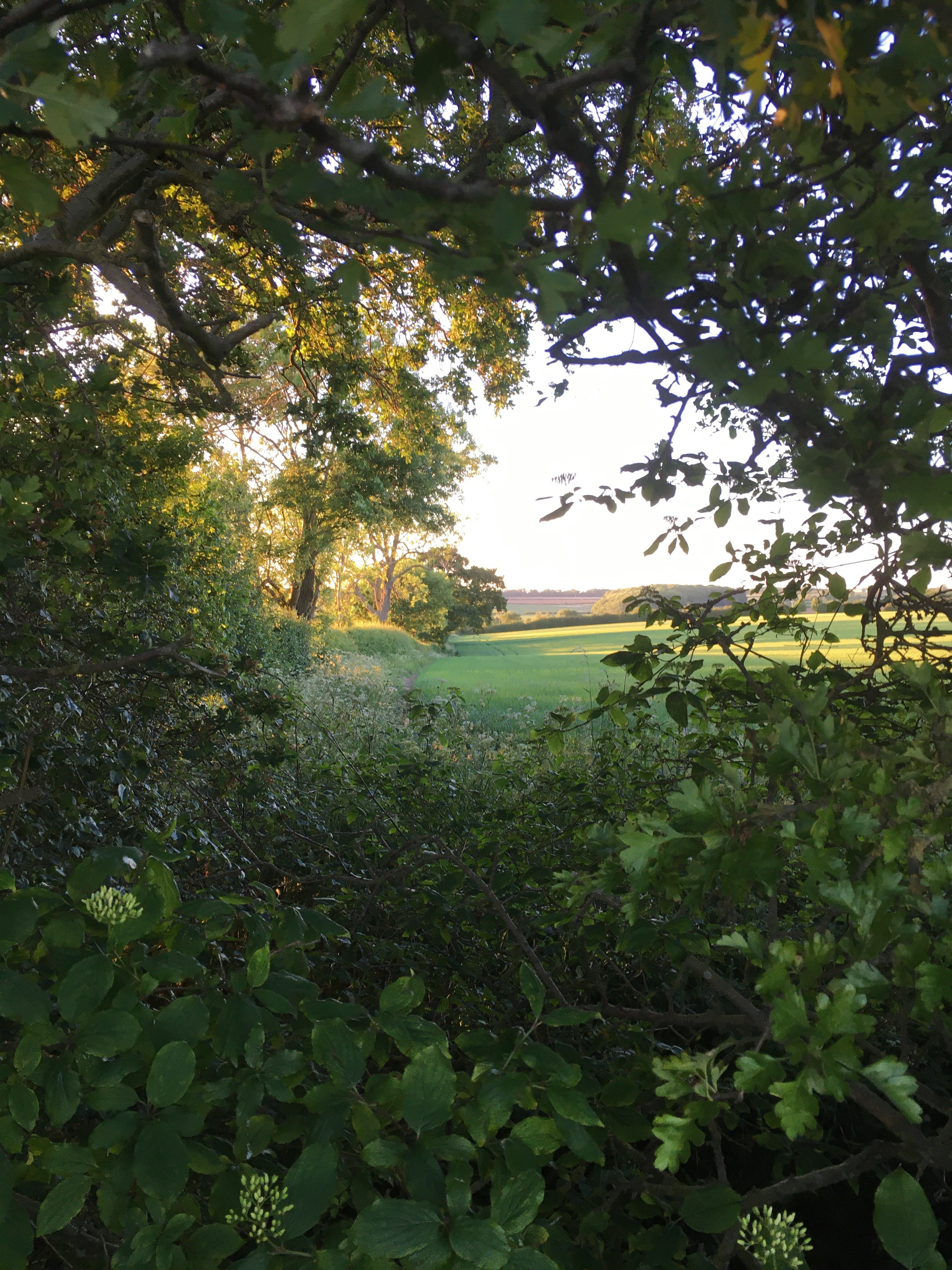





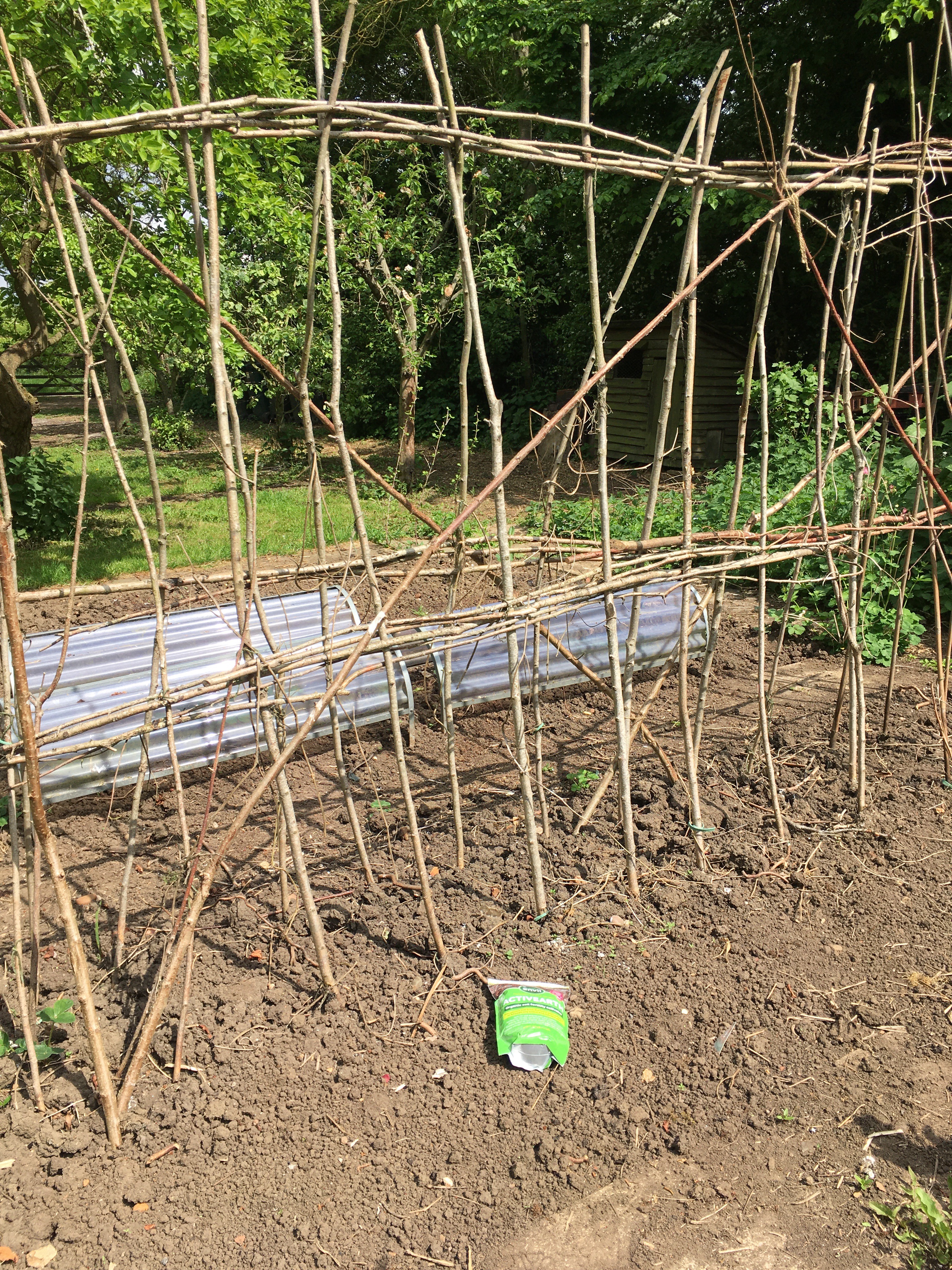












































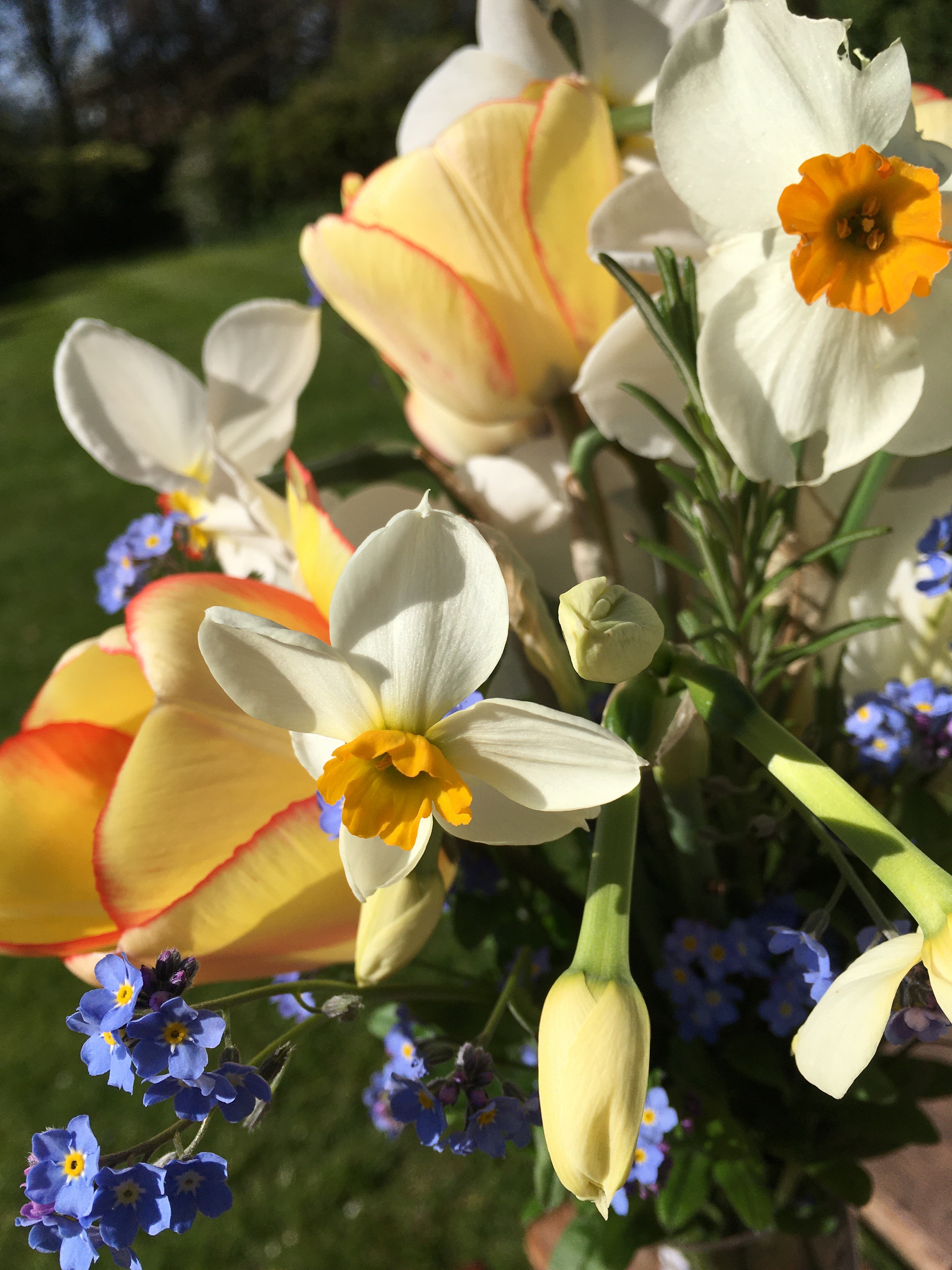














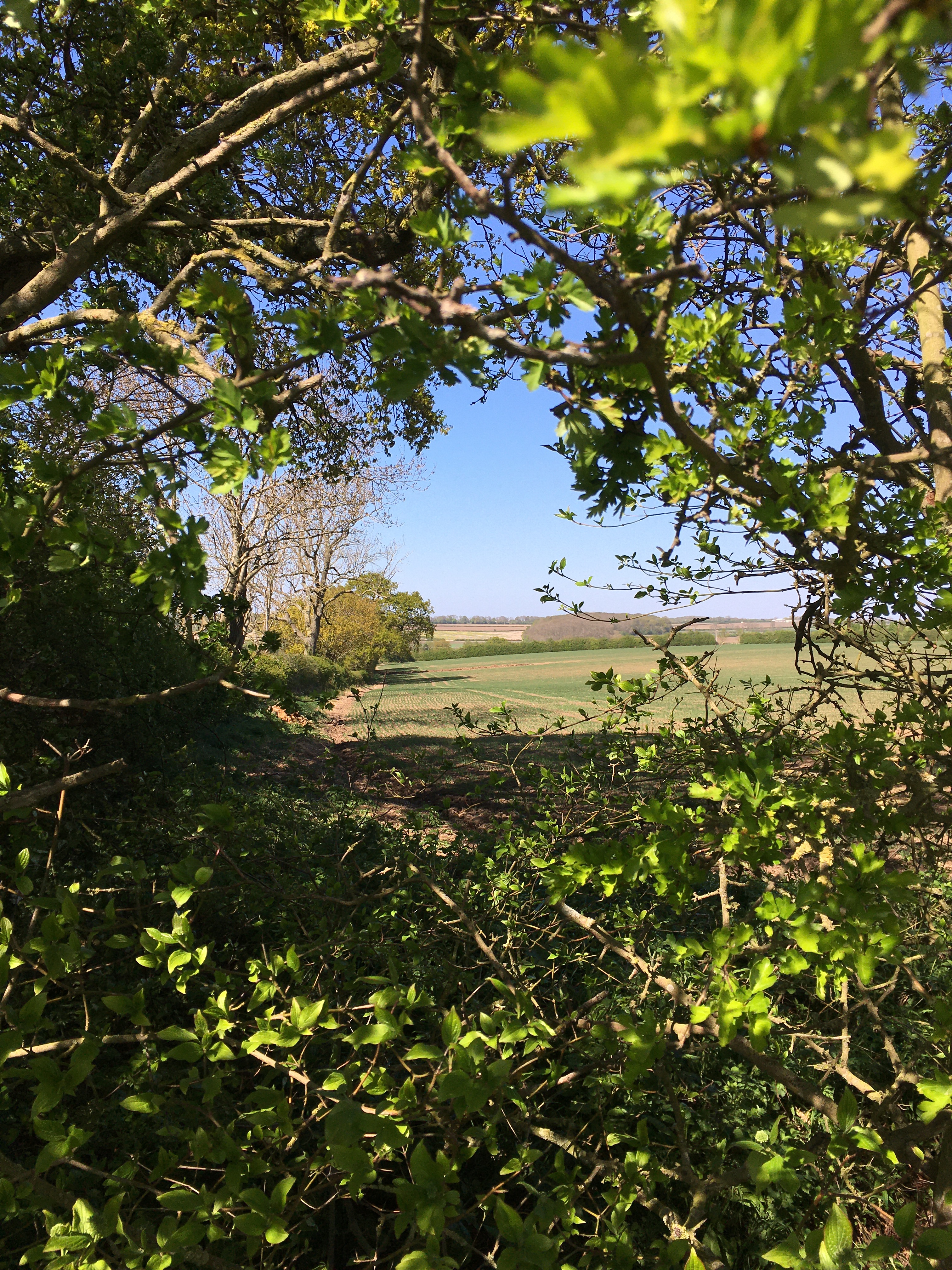






























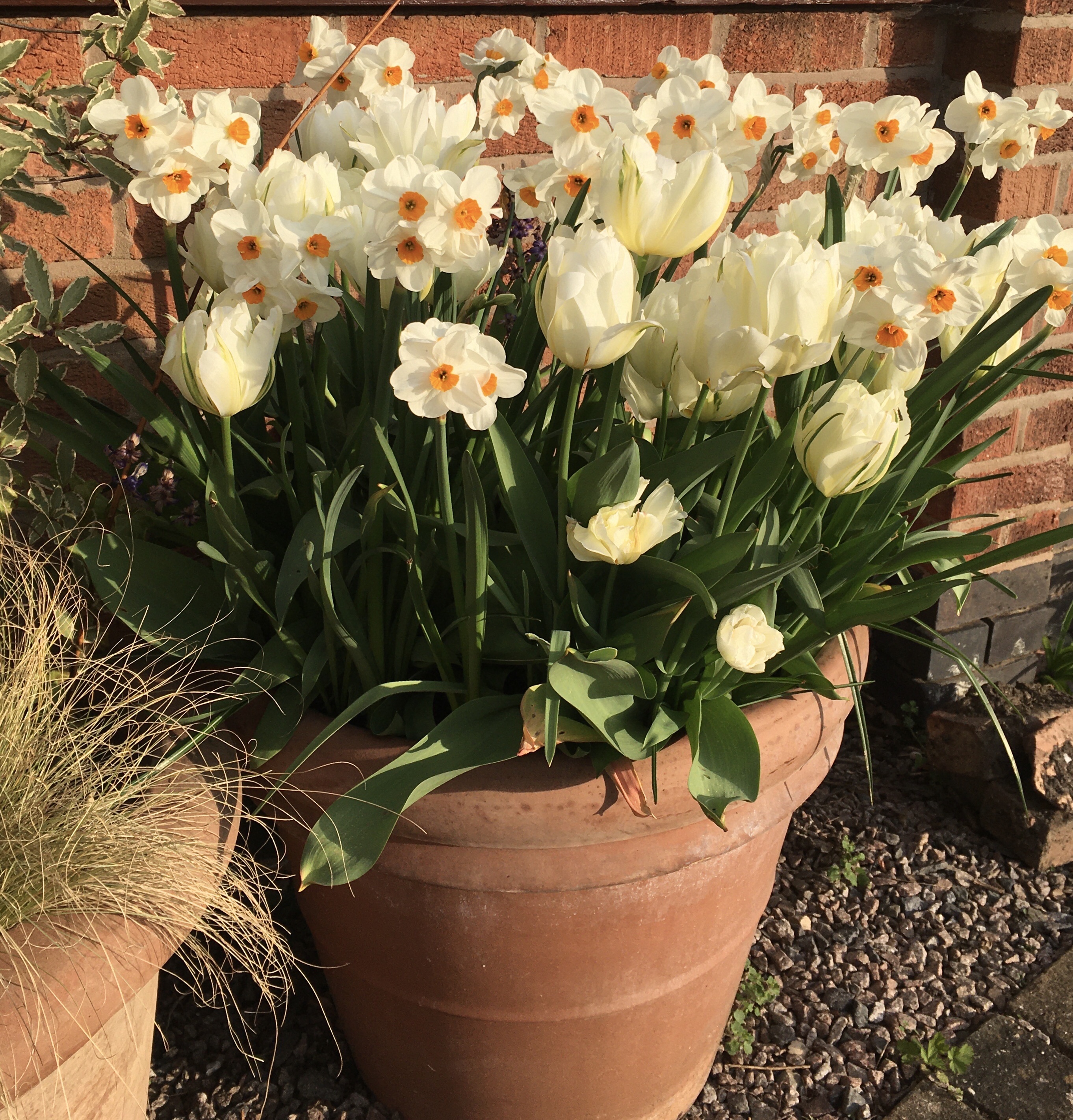










































 My cut flower tulips are in bud. Tulips in the sunny front garden are already flowering early. I’ll cut a huge bunch of daffodils and tulips for the front windows. Vases of flowers will cheer up anyone passing by, even though they can’t call in to visit.
My cut flower tulips are in bud. Tulips in the sunny front garden are already flowering early. I’ll cut a huge bunch of daffodils and tulips for the front windows. Vases of flowers will cheer up anyone passing by, even though they can’t call in to visit.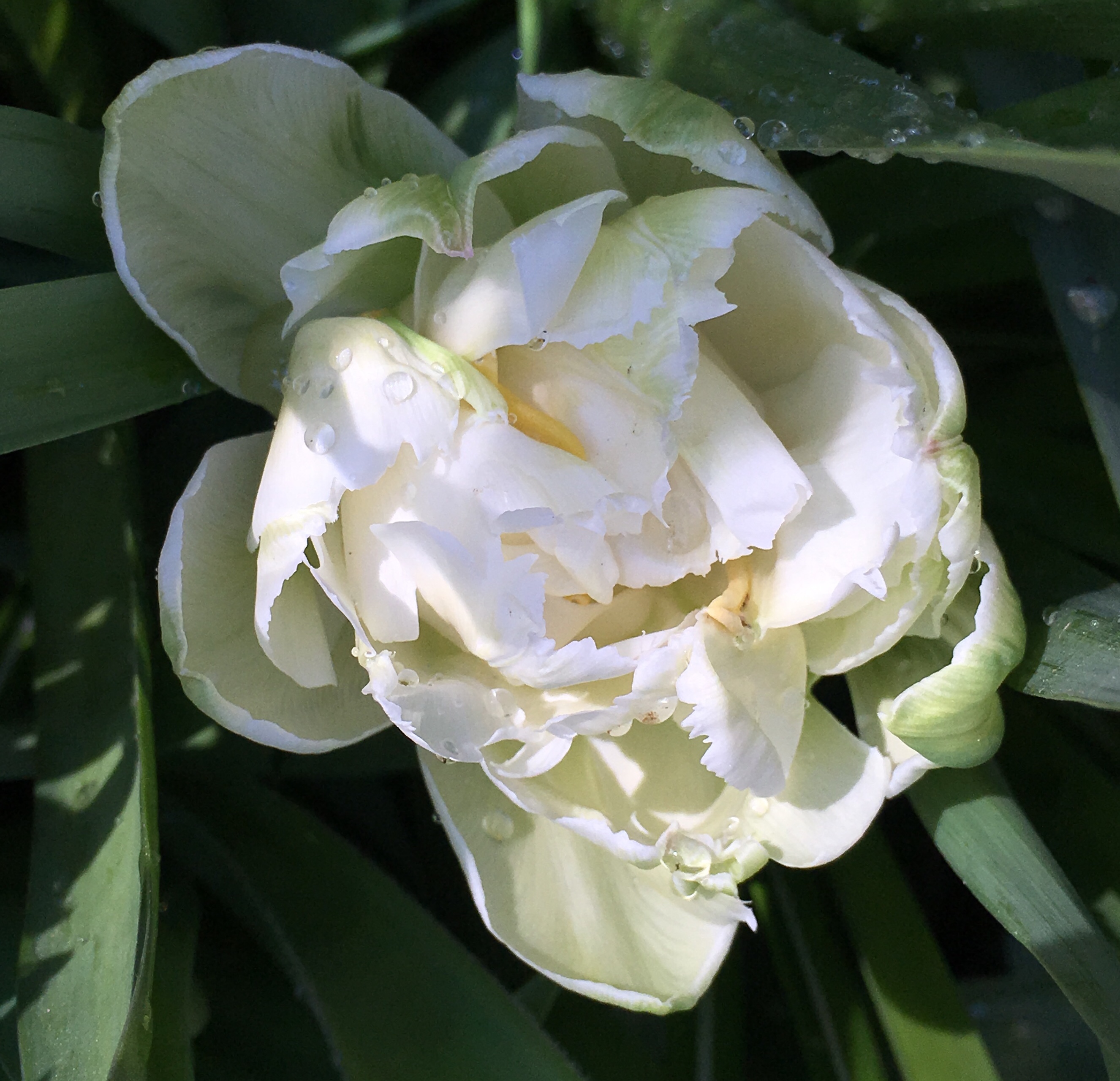









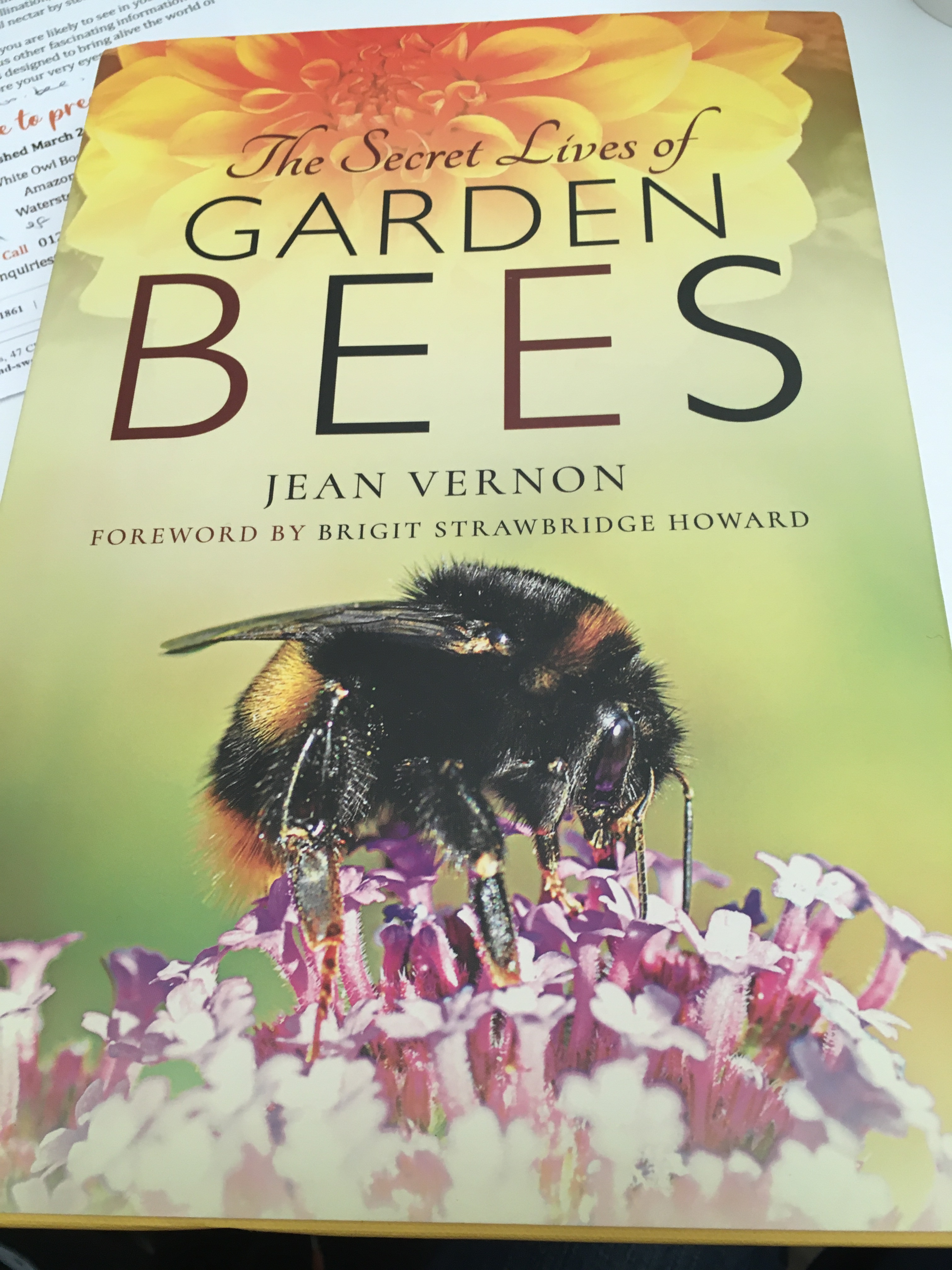










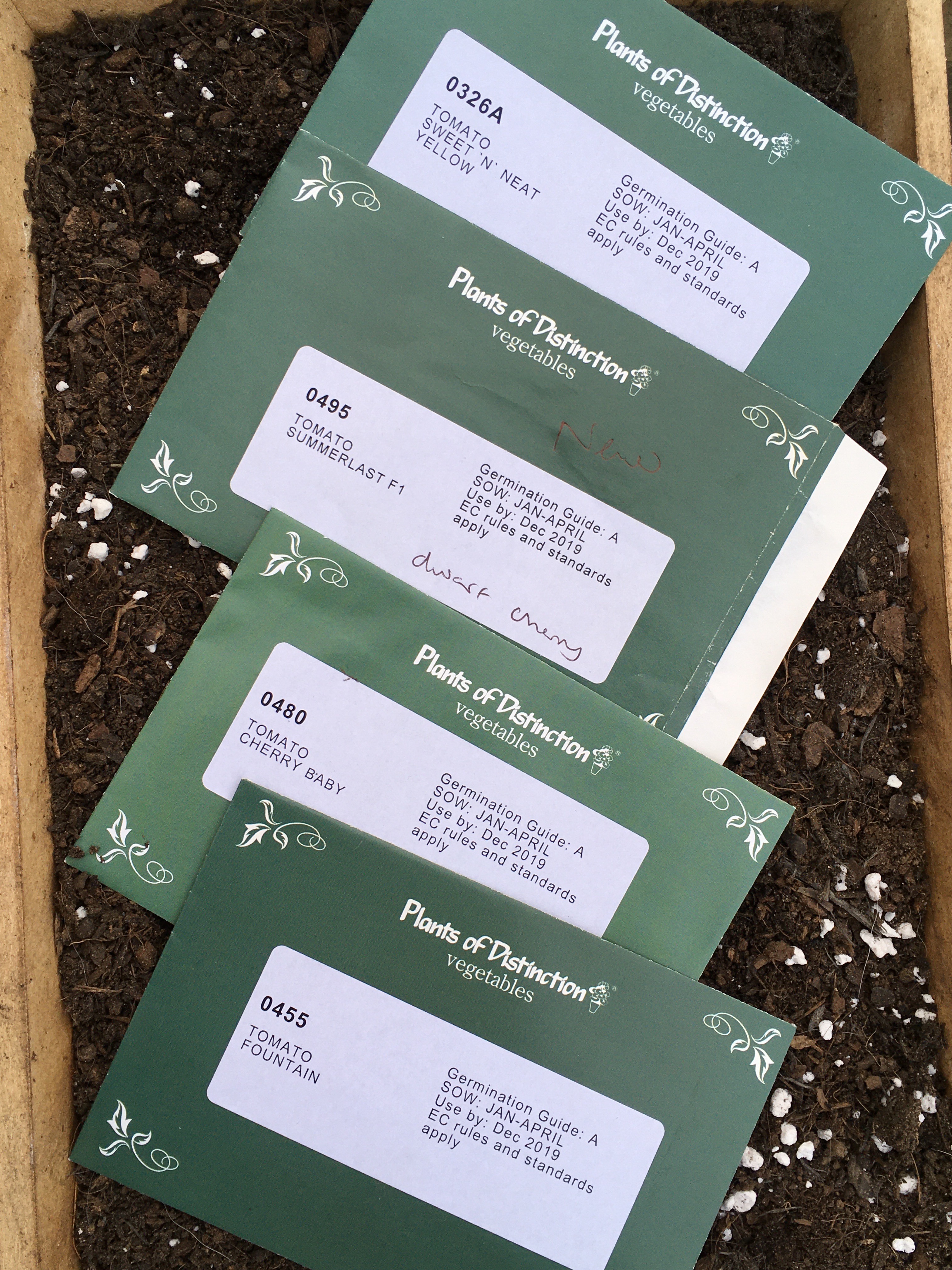





 Inside the composter there’s some bran, a scoop and and container to catch the liquid feed that comes from the tap.
Inside the composter there’s some bran, a scoop and and container to catch the liquid feed that comes from the tap.









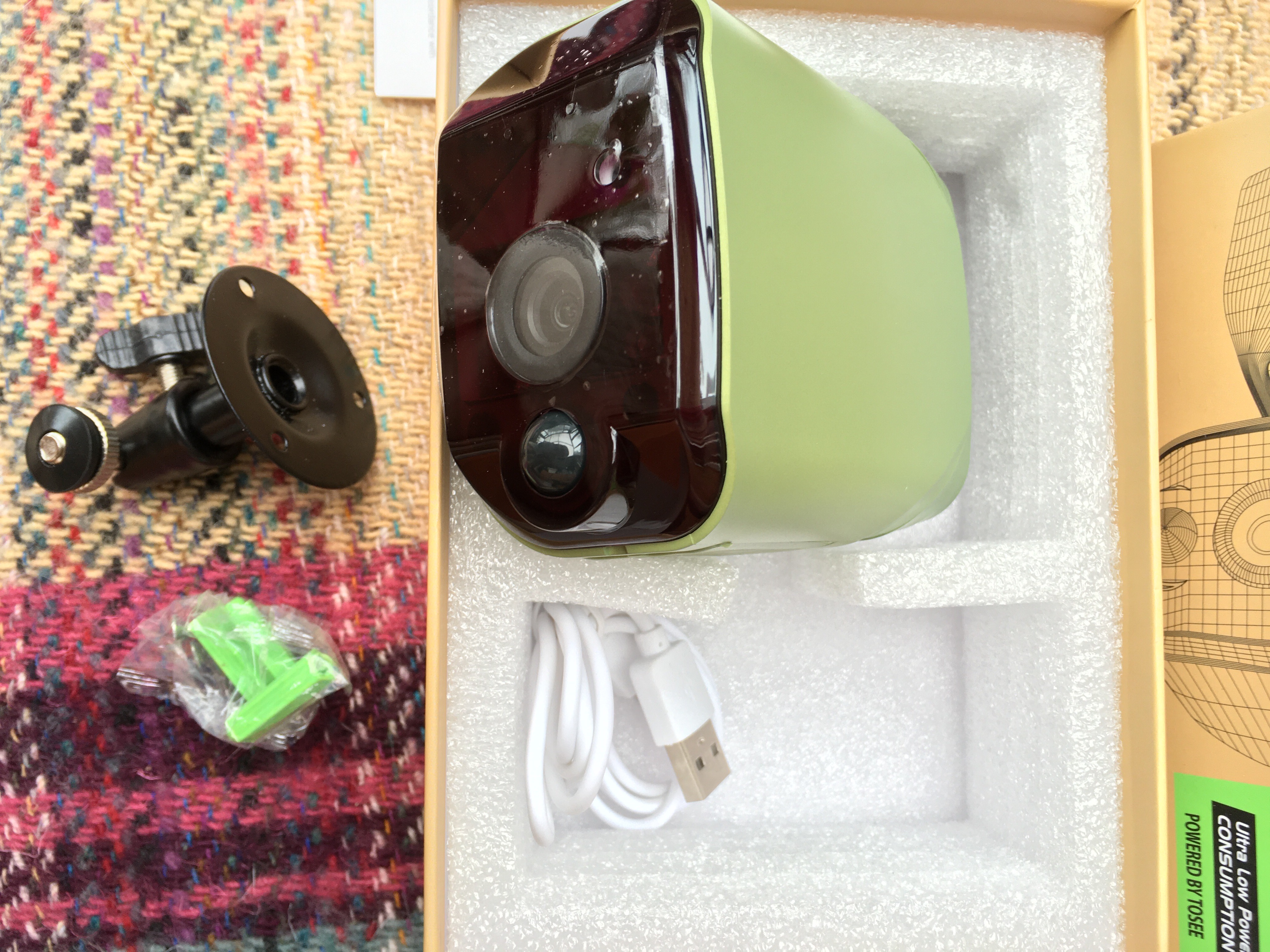
















 The horseshoe pond can viewed from the potting shed windows. There’s a gently-sloping boulder beach to stand on, and this gives easy access for hedgehogs, frogs, newts and grass snakes. It’s very calming to stand and watch the ripples from raindrops. Today the pond is a cauldron of frogs, mating and producing frog spawn.
The horseshoe pond can viewed from the potting shed windows. There’s a gently-sloping boulder beach to stand on, and this gives easy access for hedgehogs, frogs, newts and grass snakes. It’s very calming to stand and watch the ripples from raindrops. Today the pond is a cauldron of frogs, mating and producing frog spawn.


